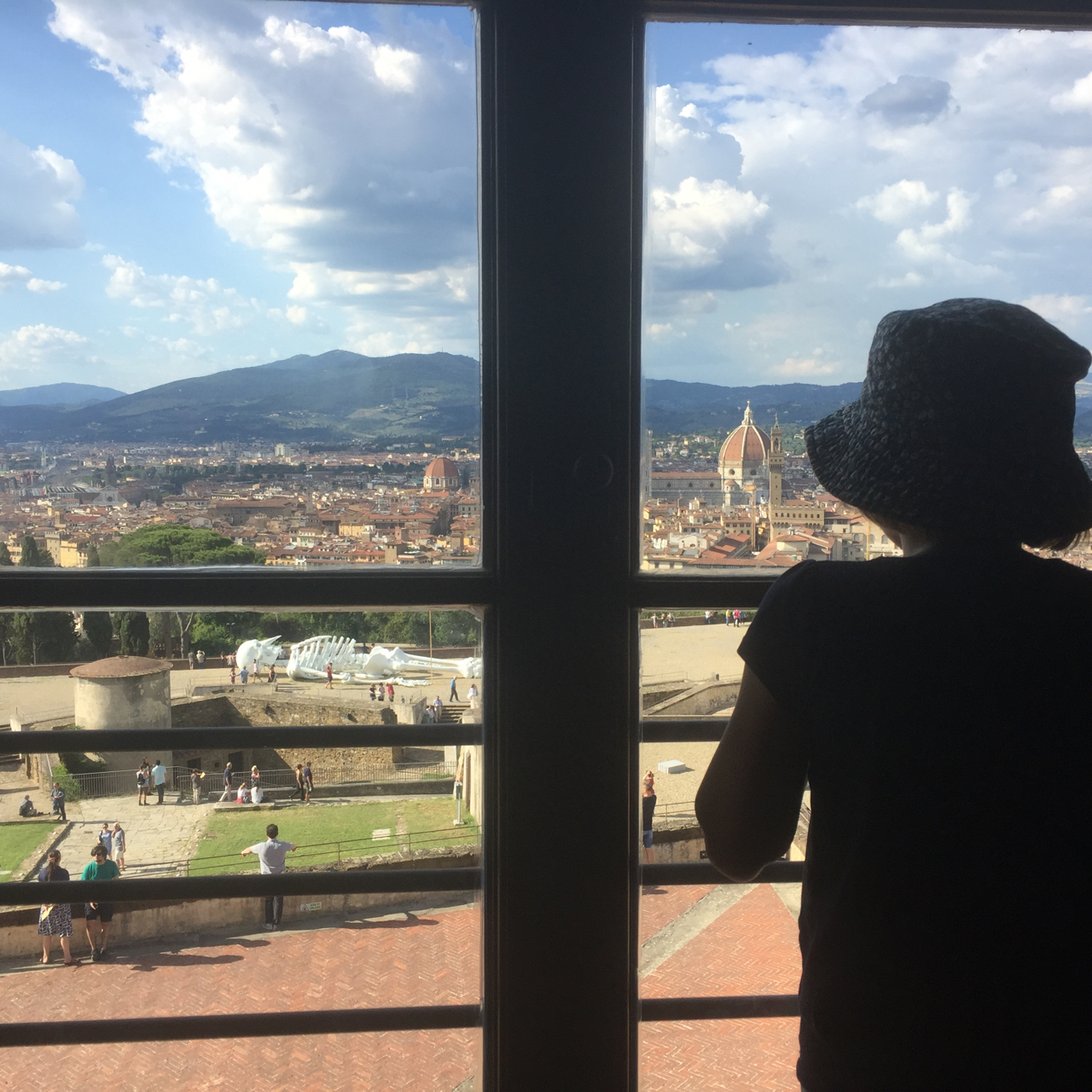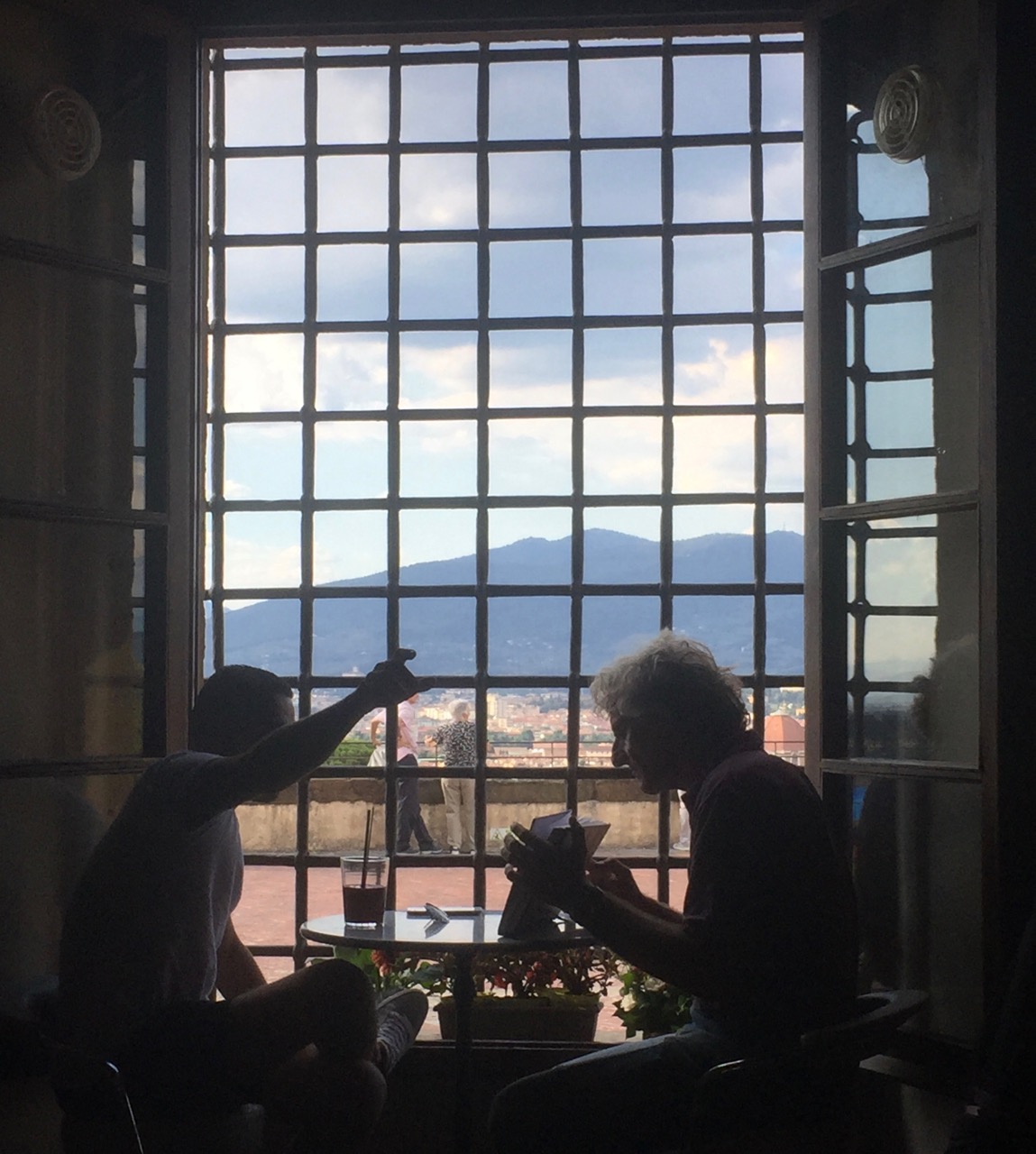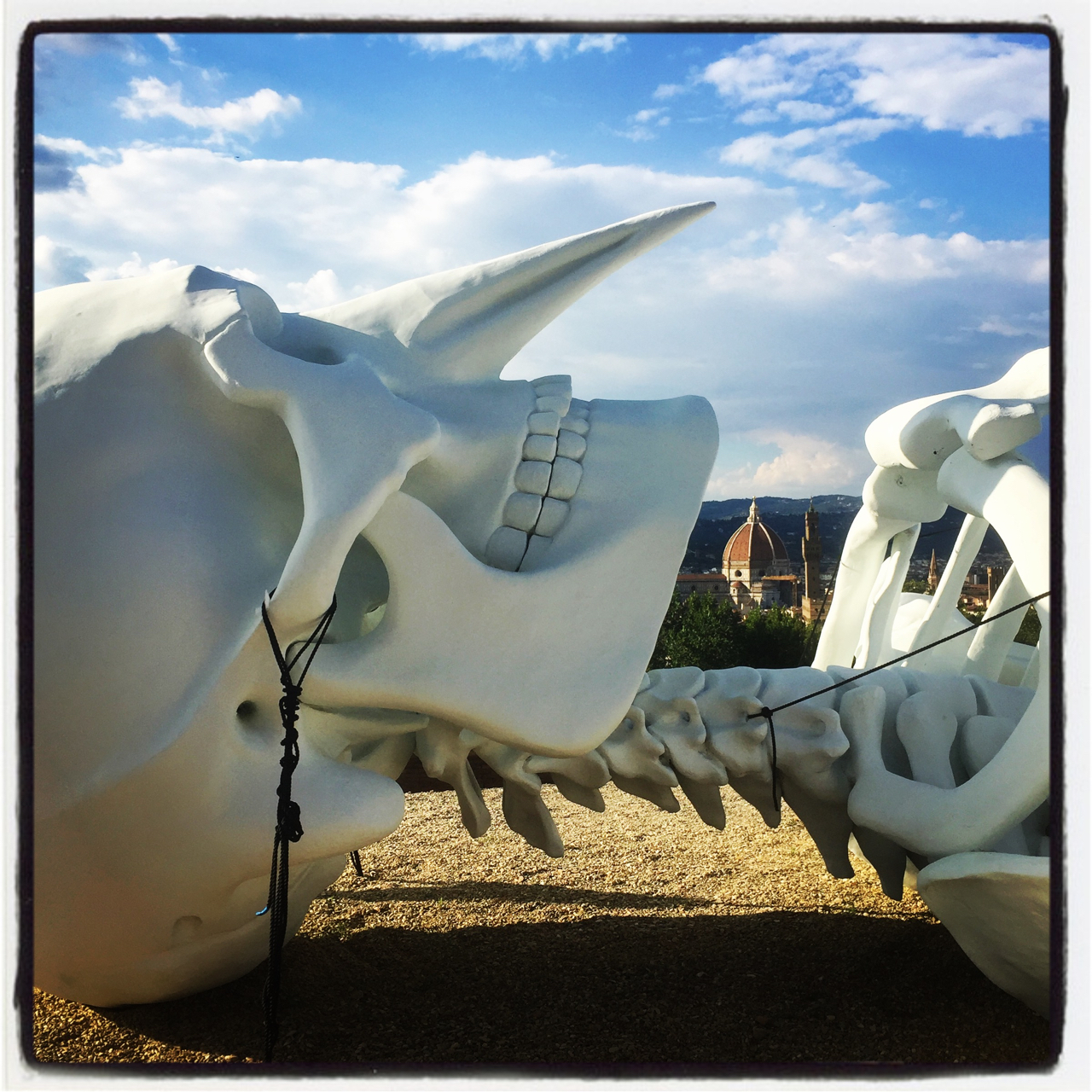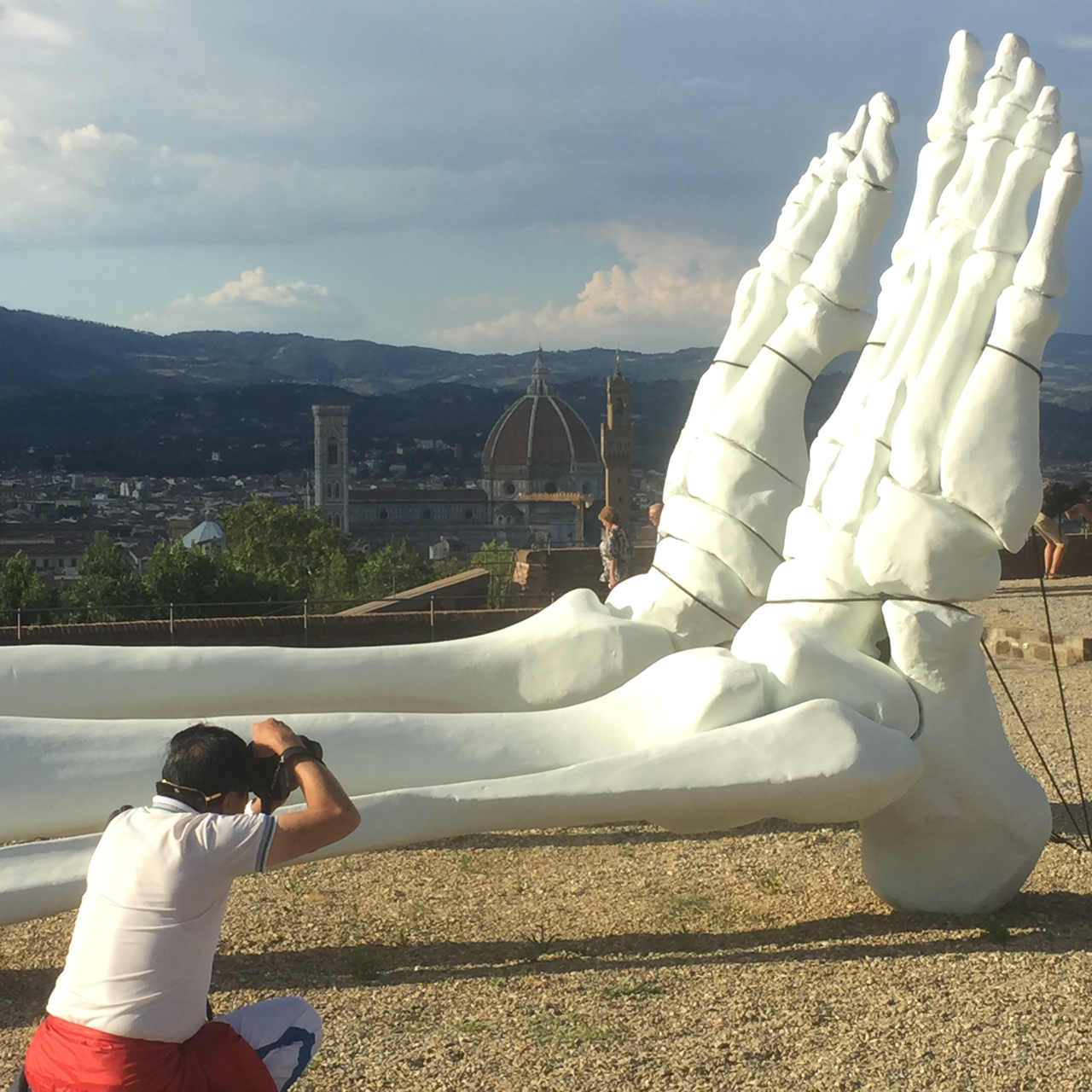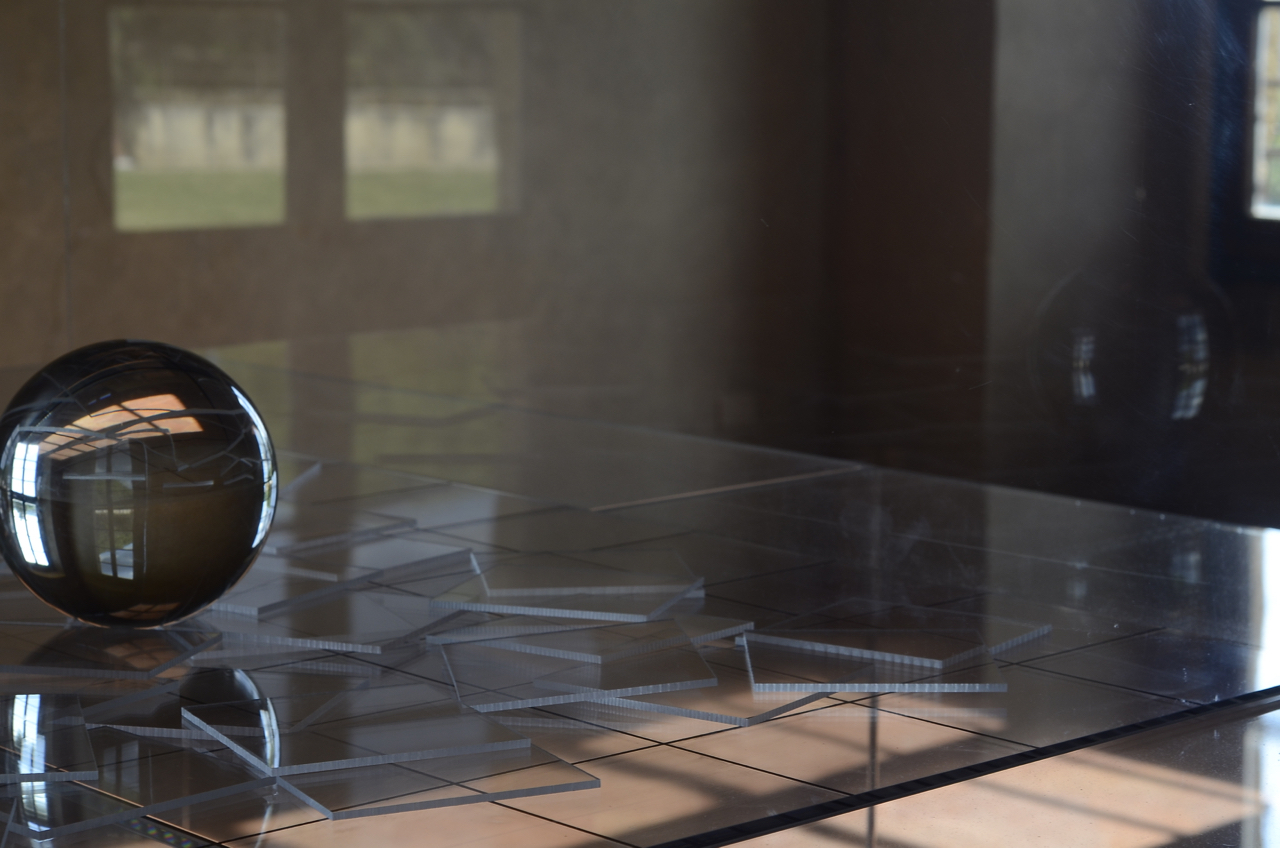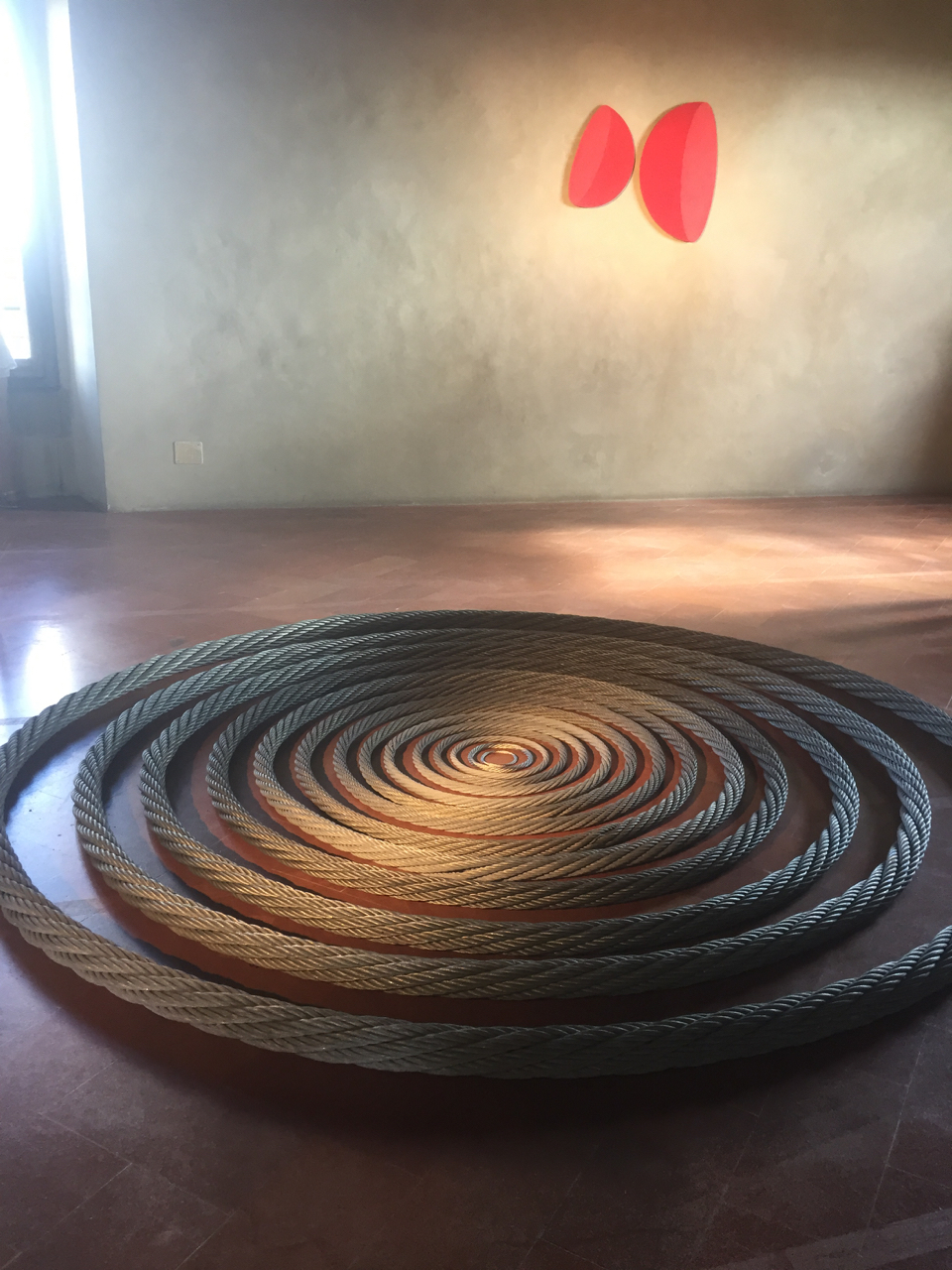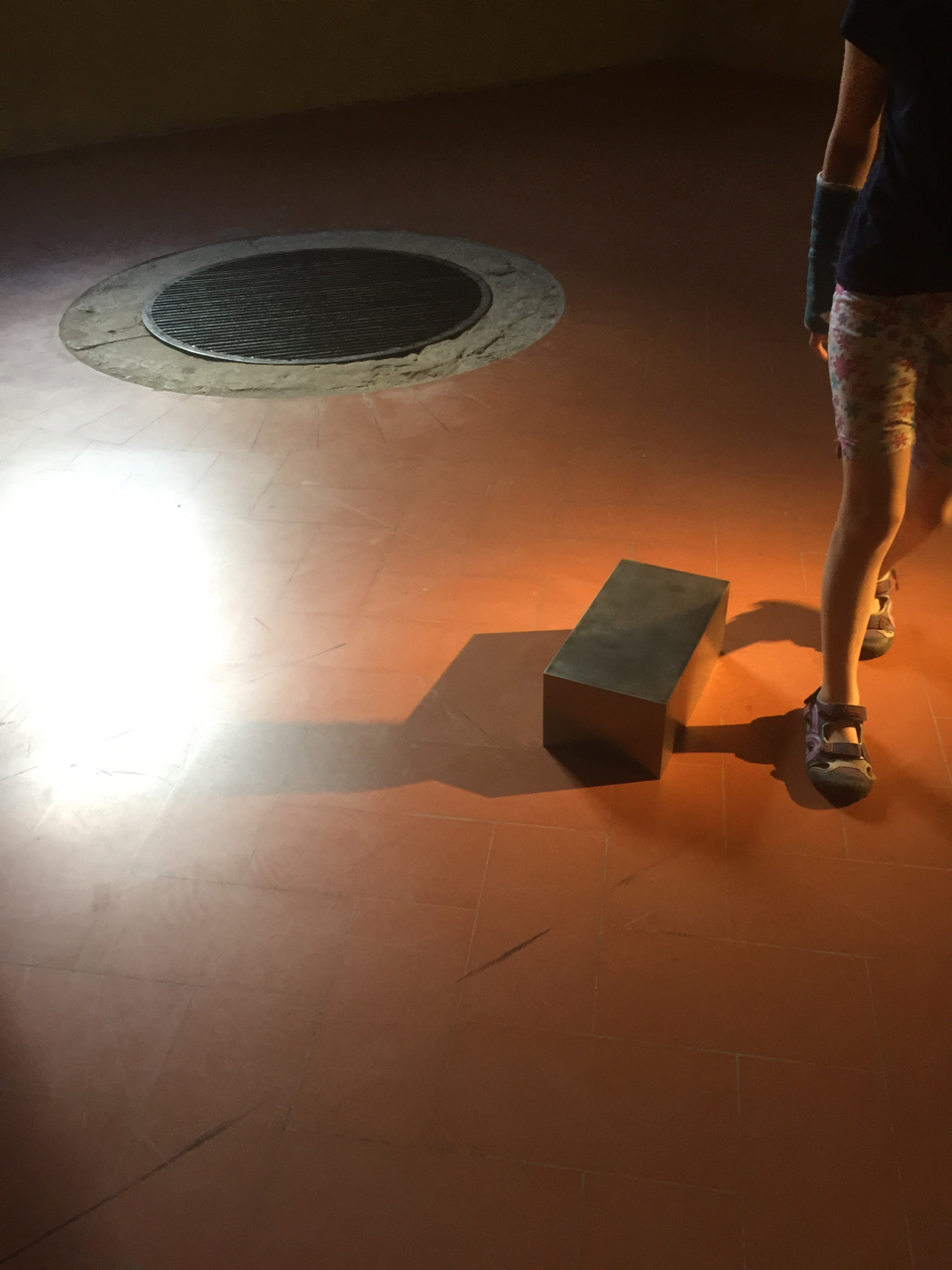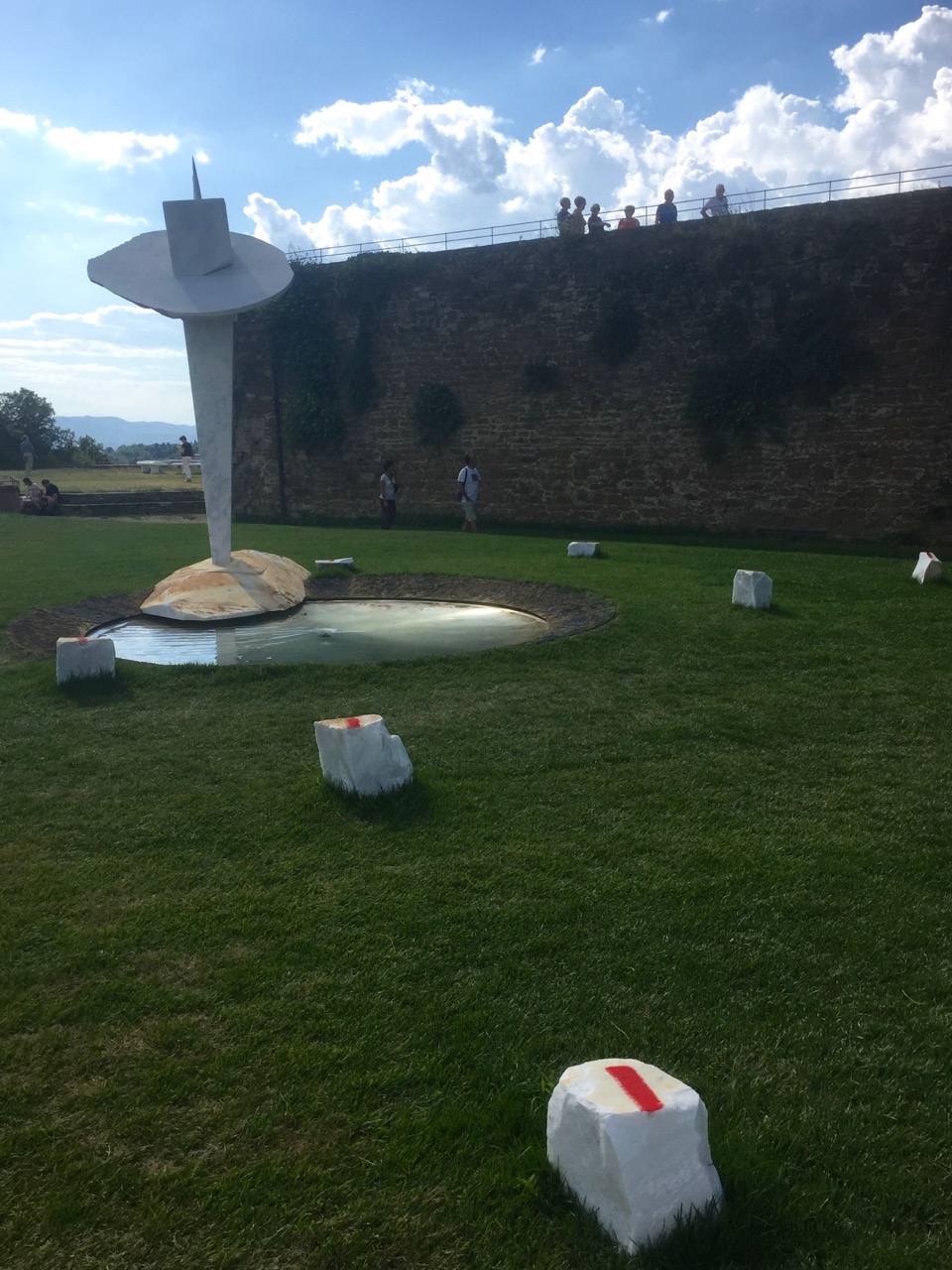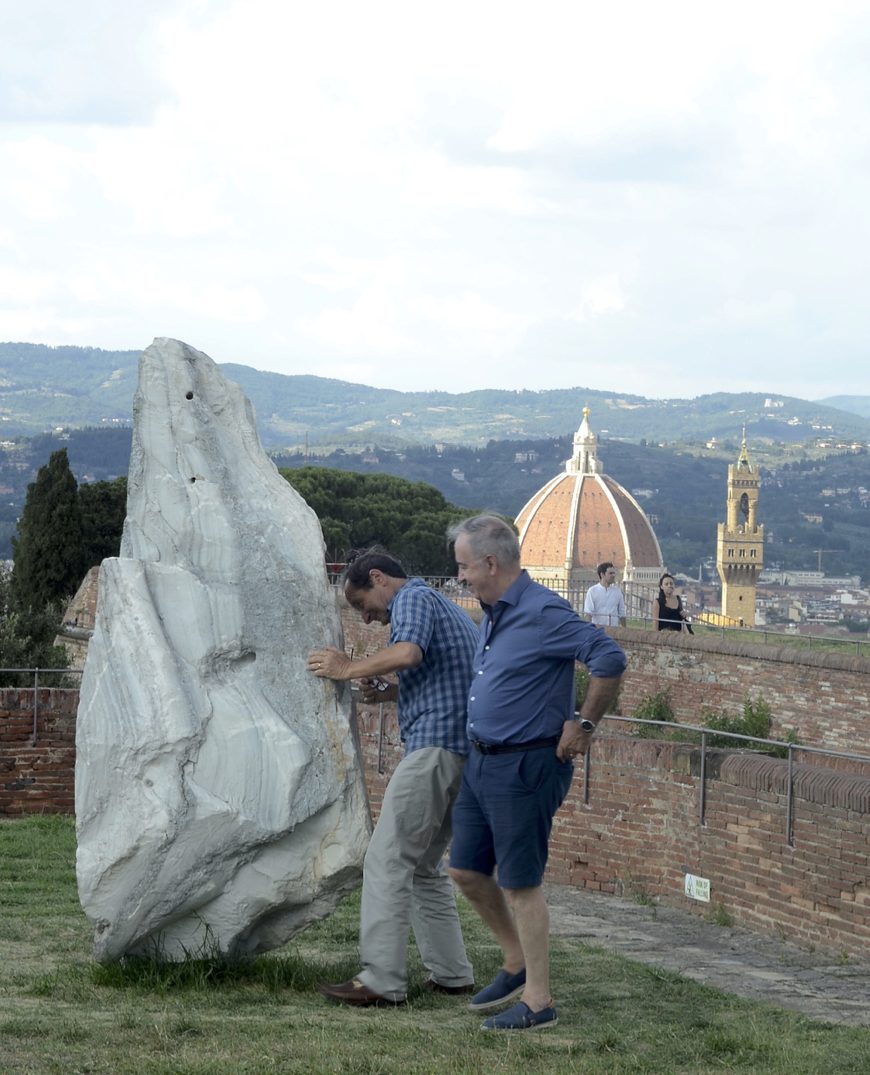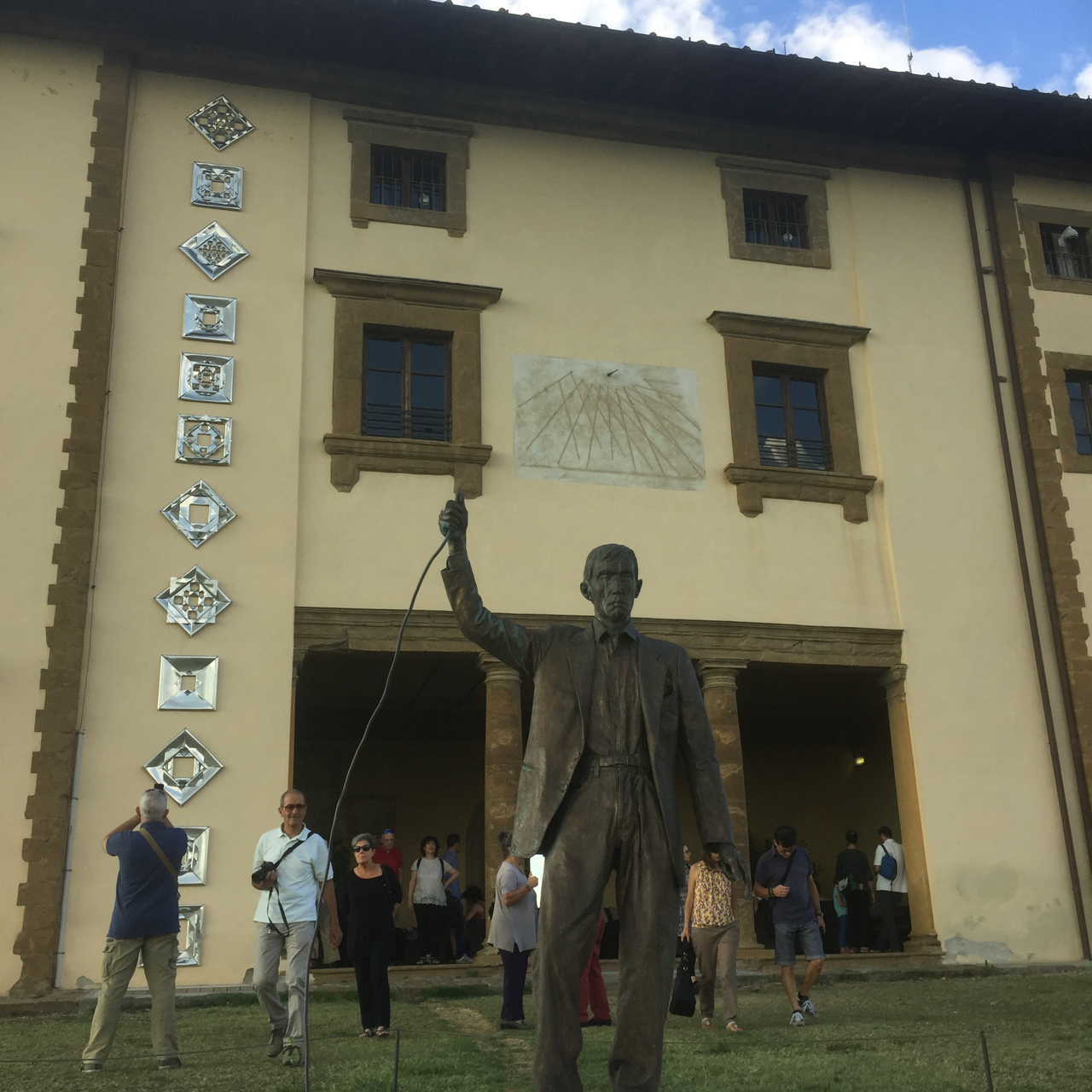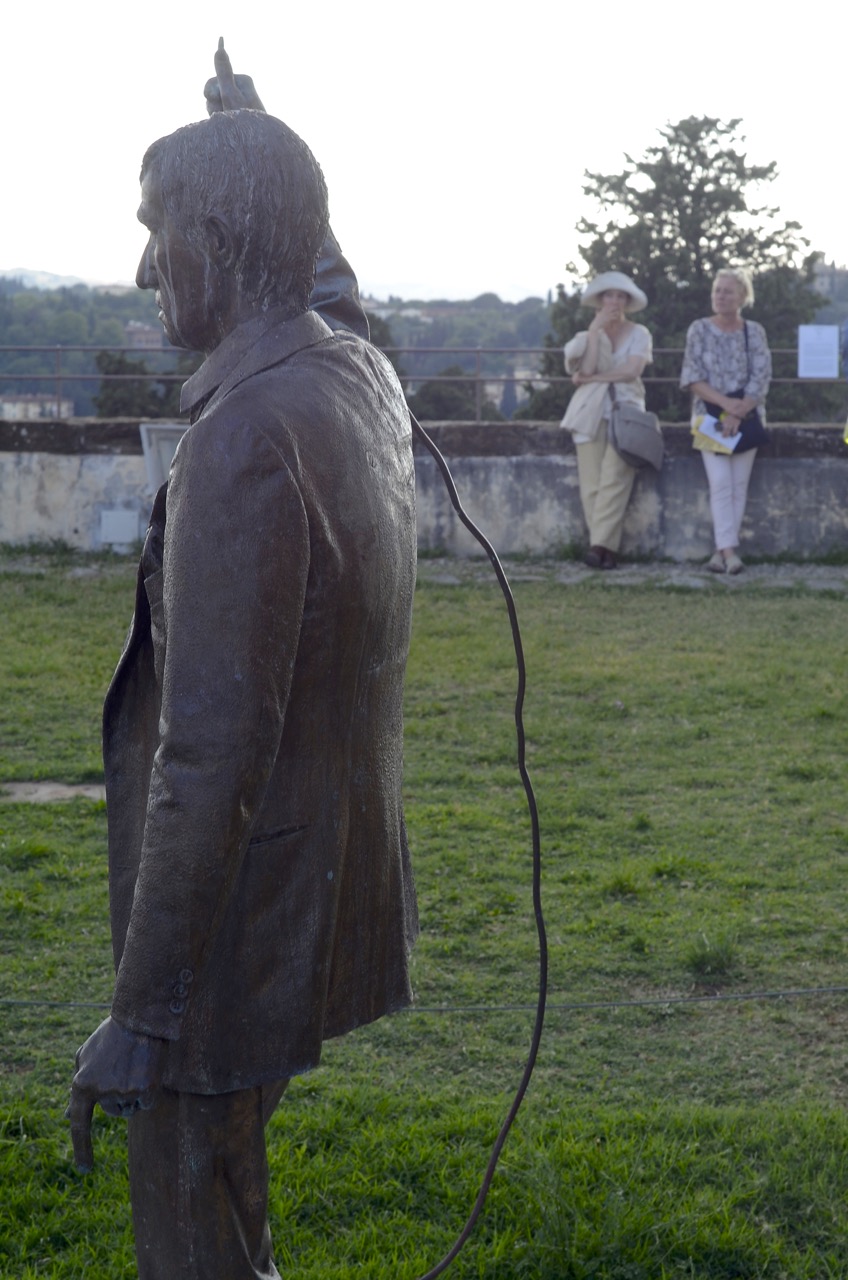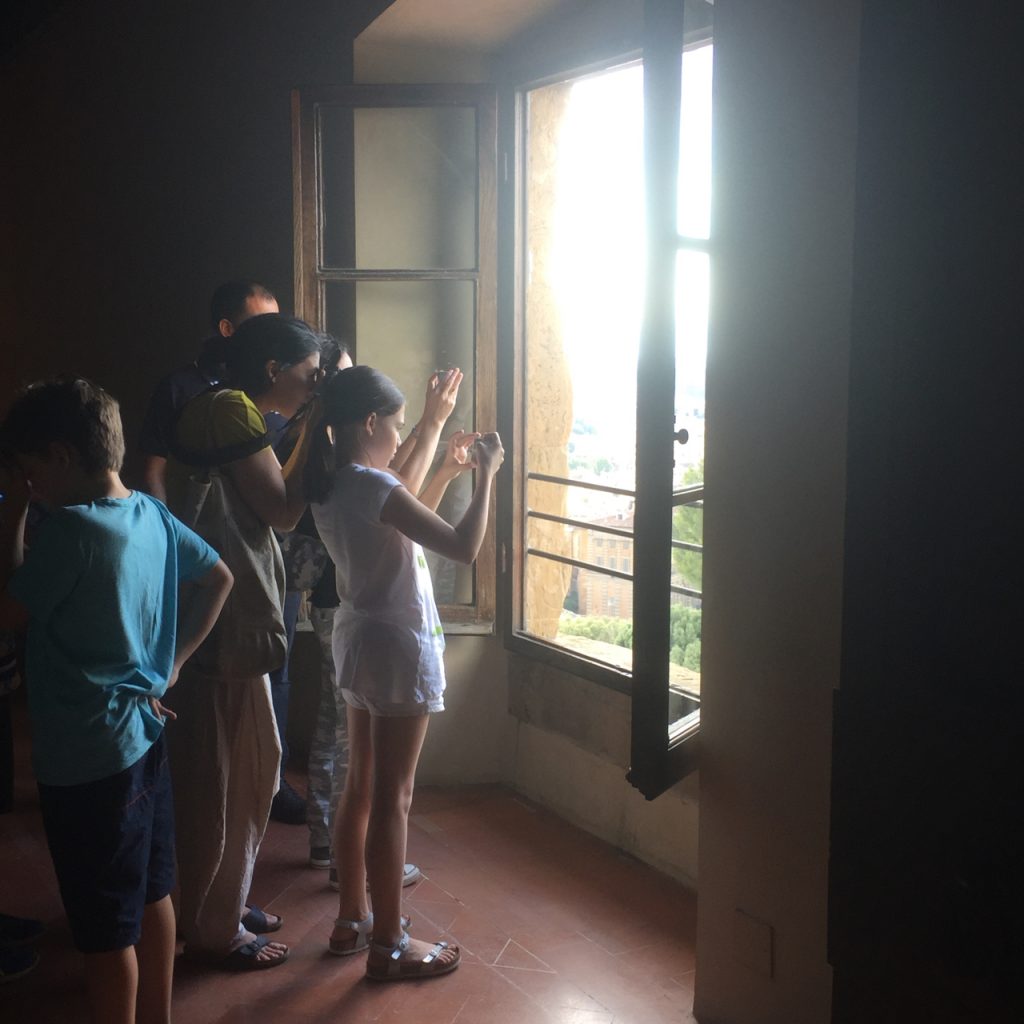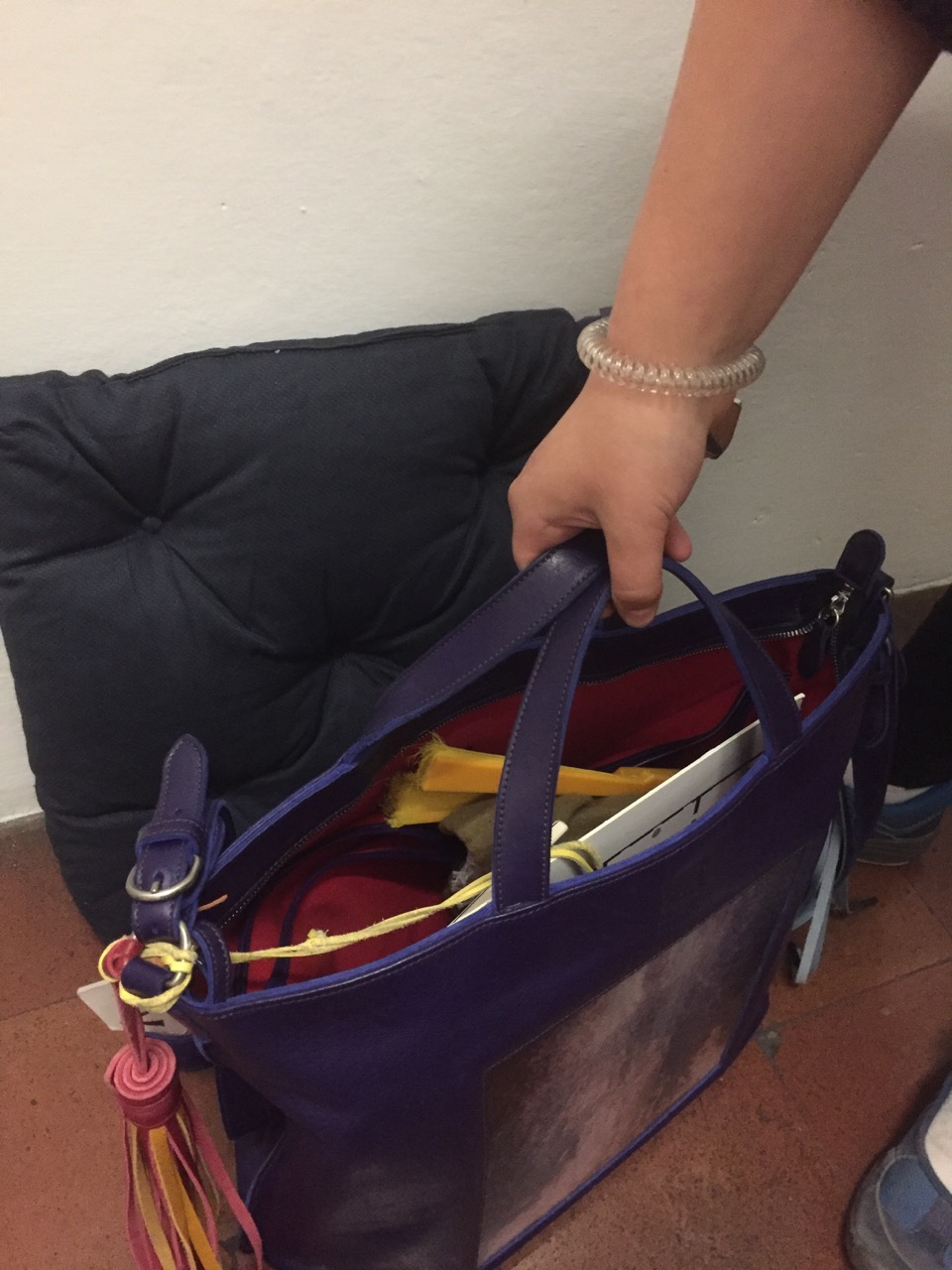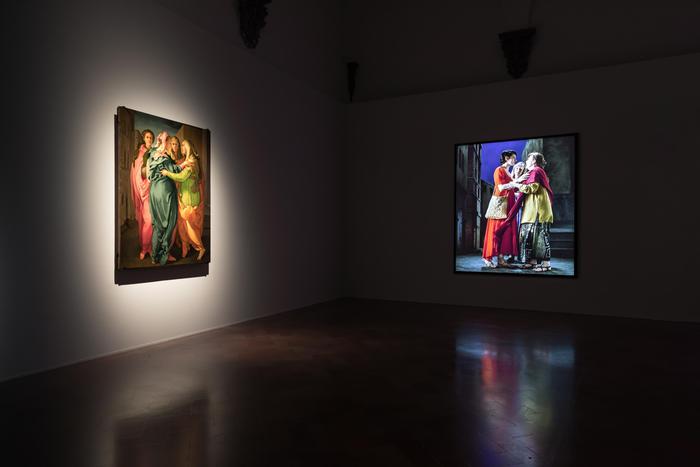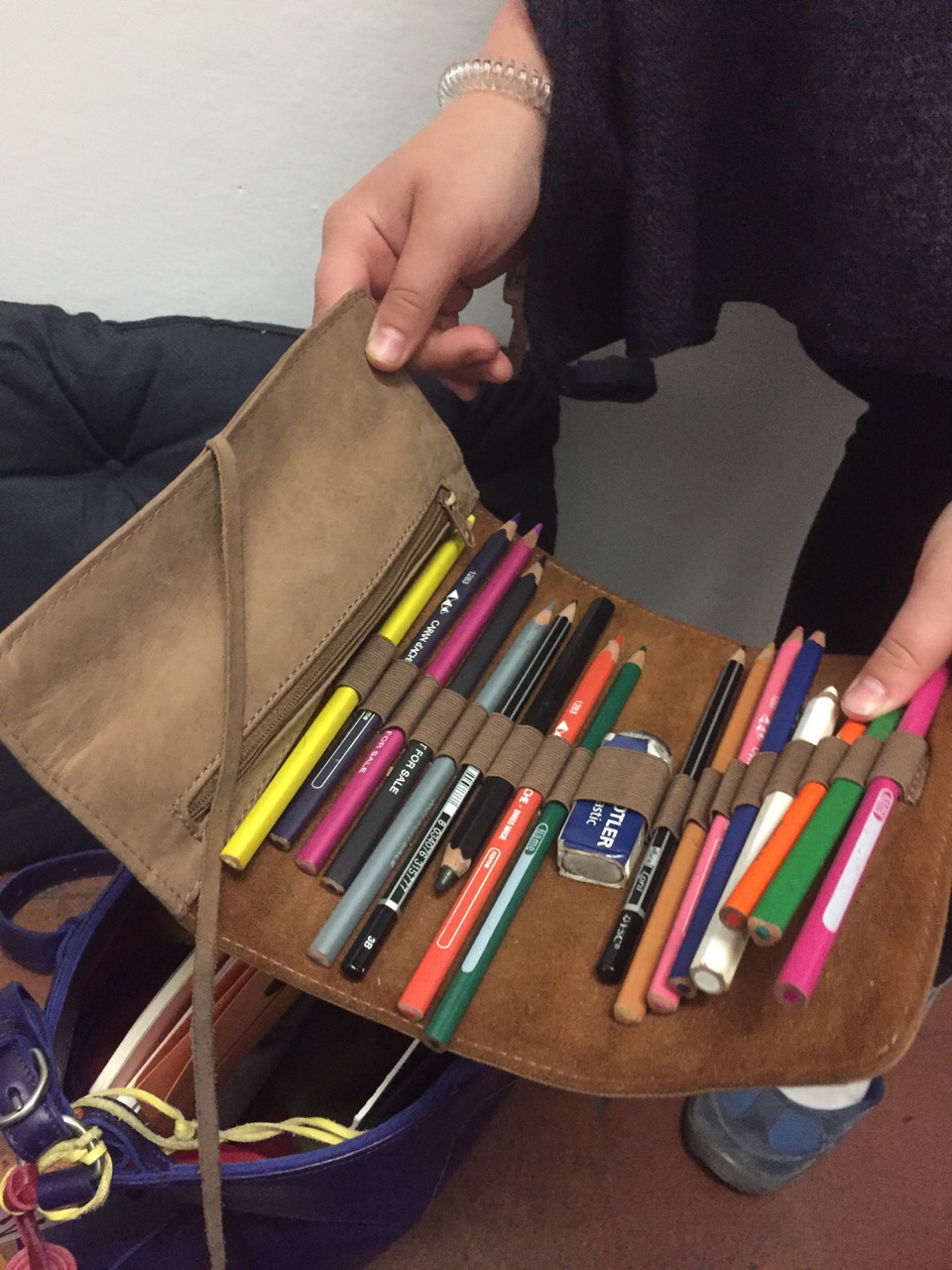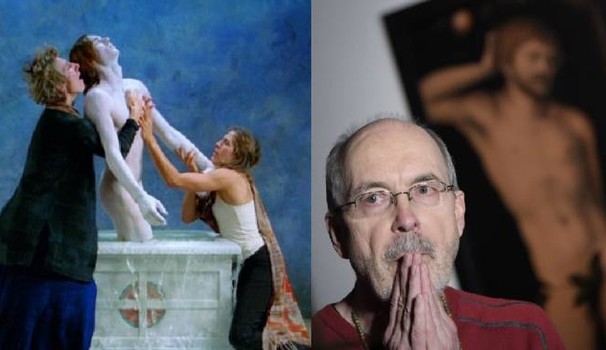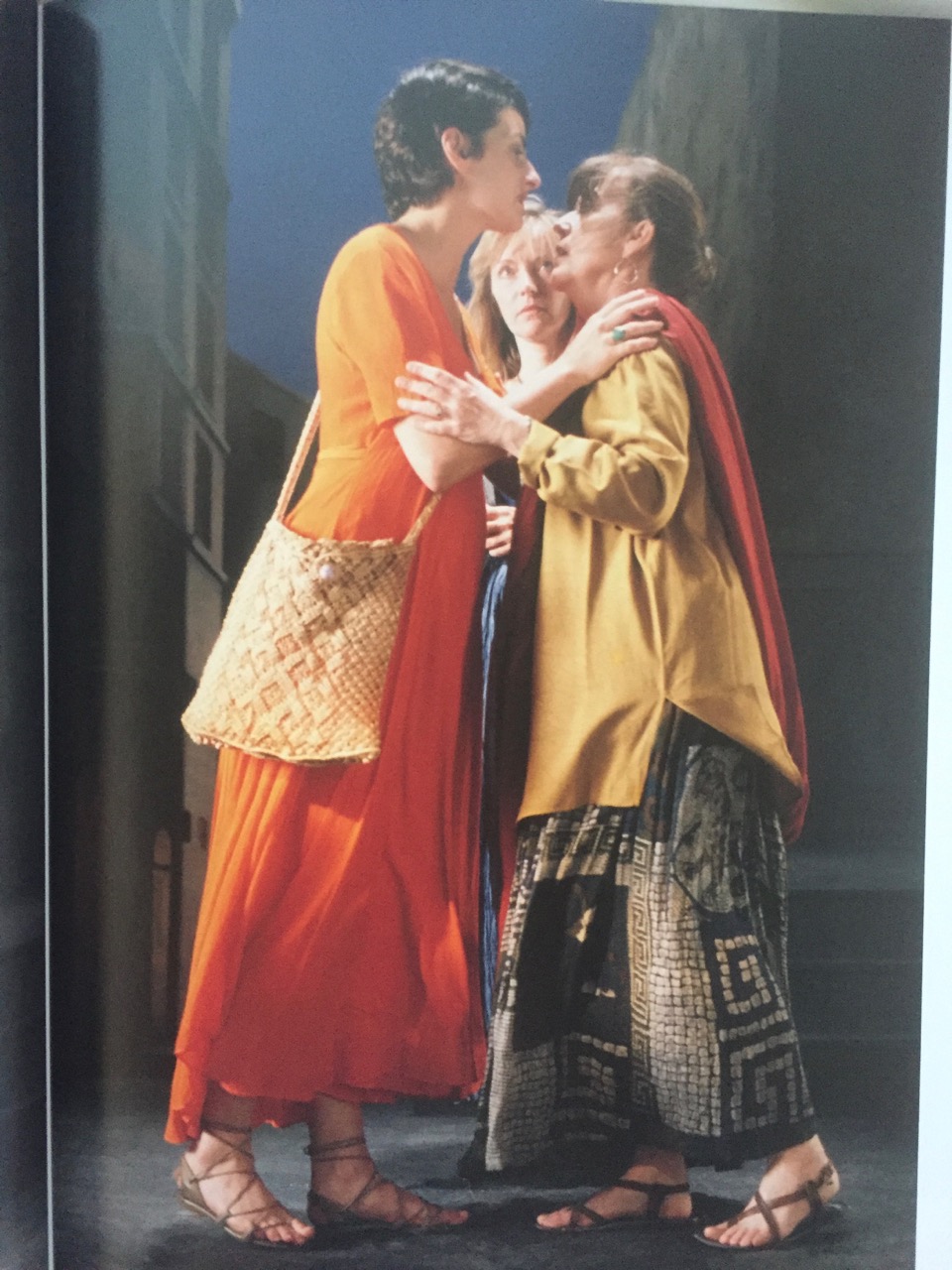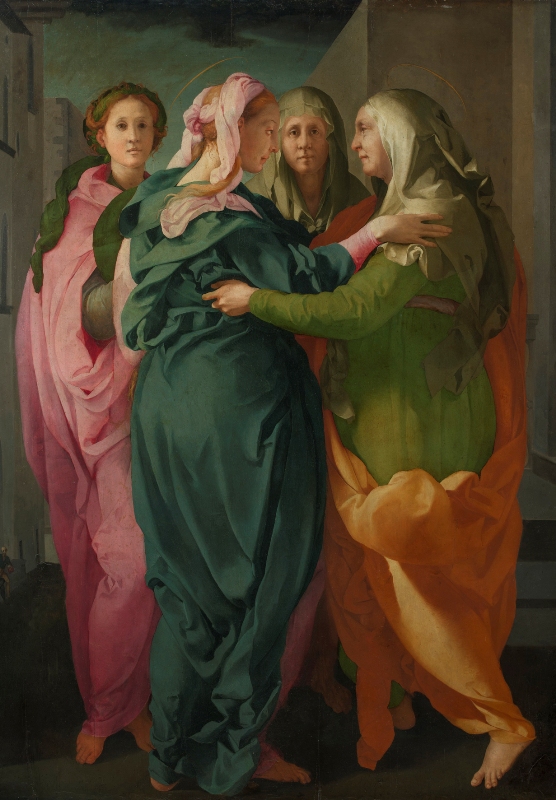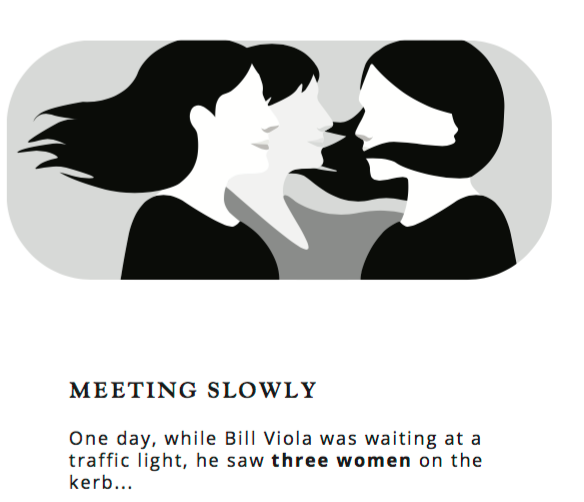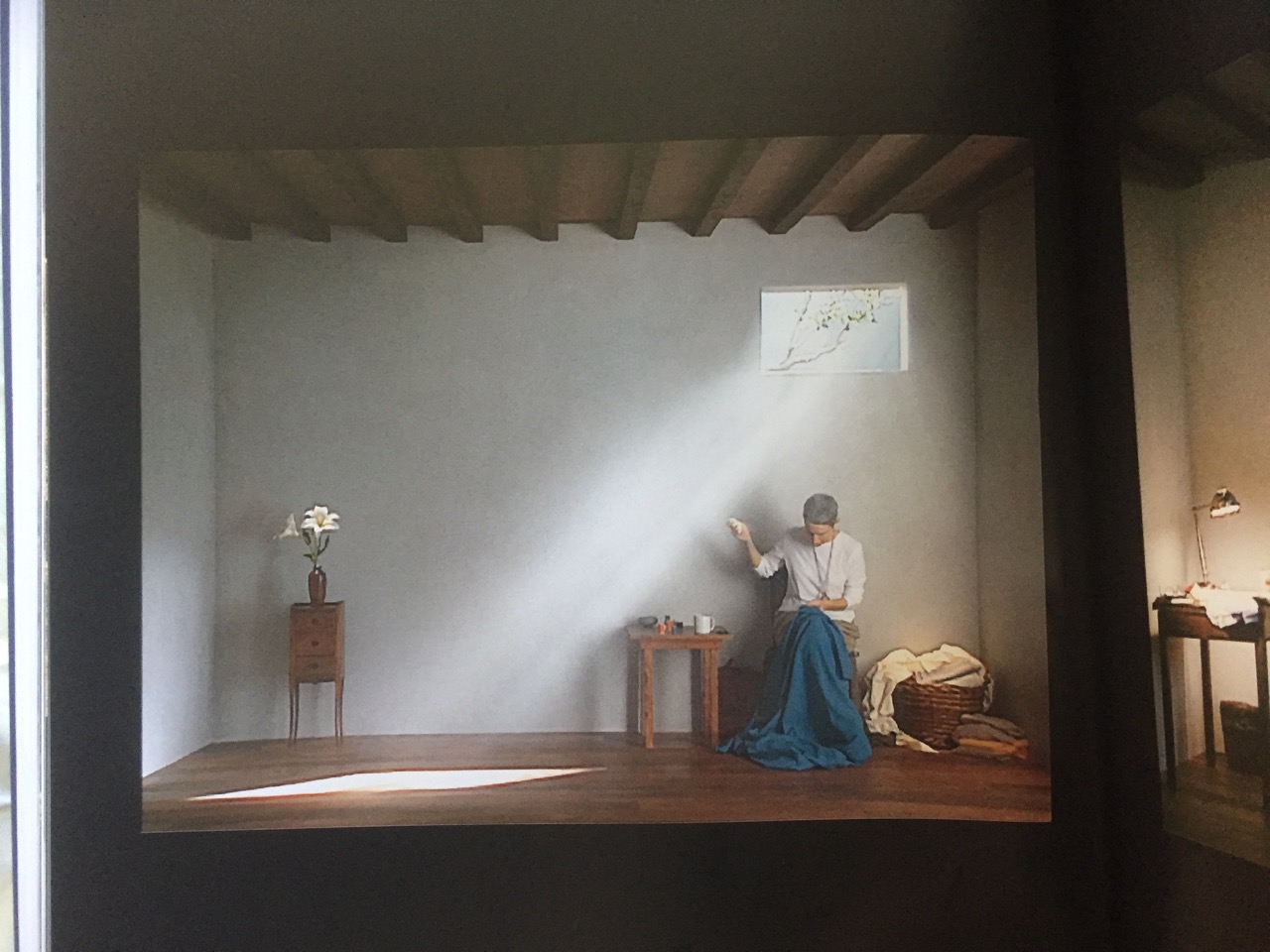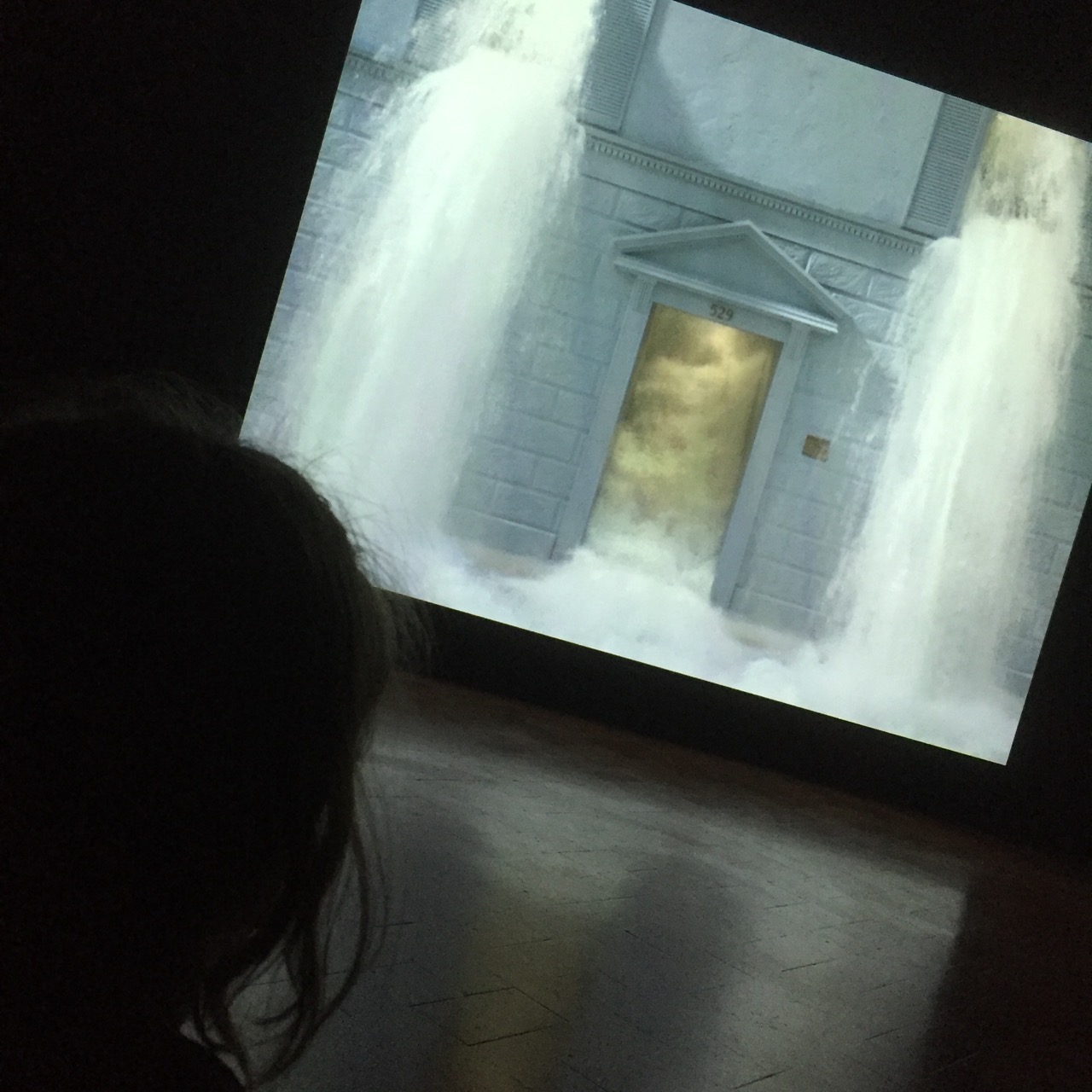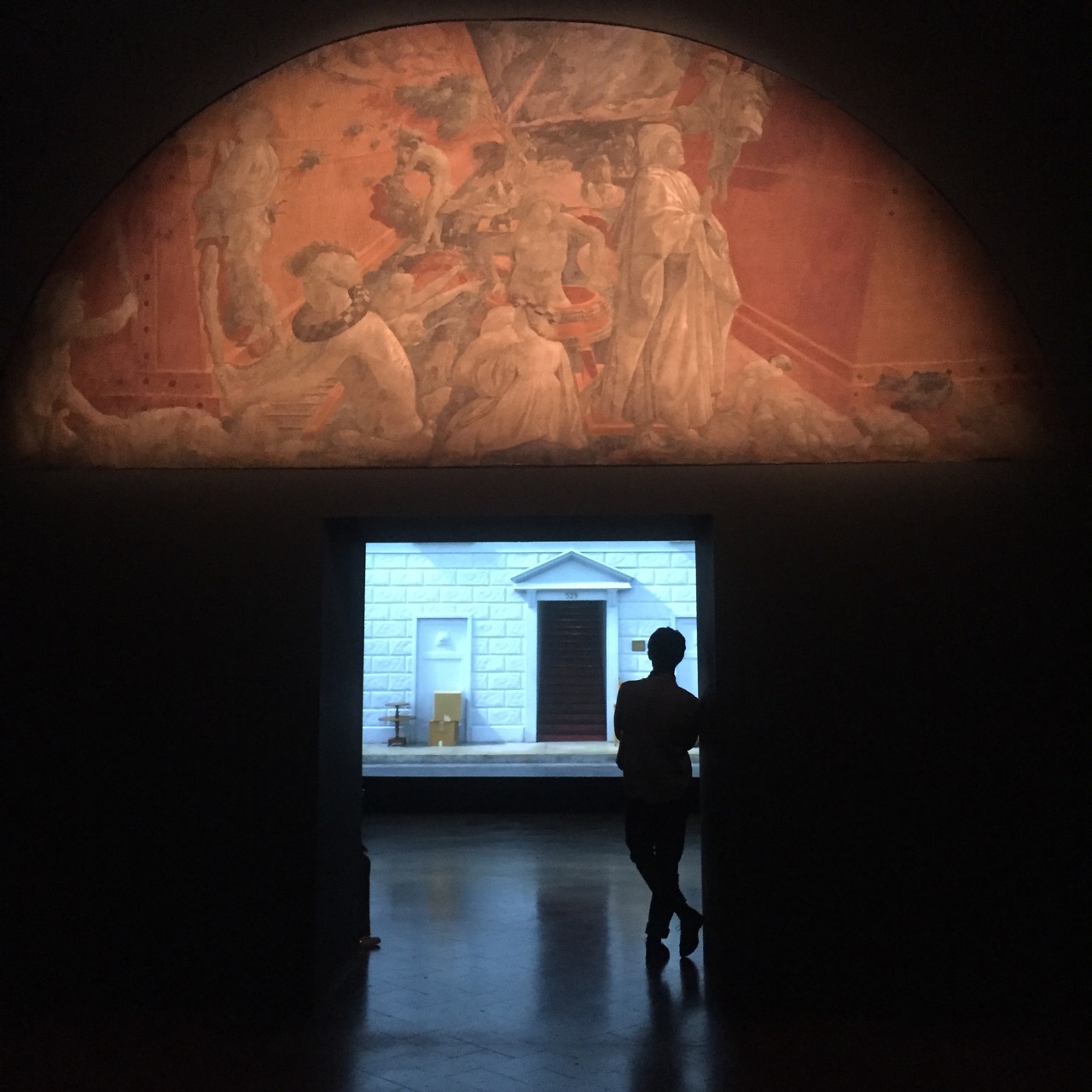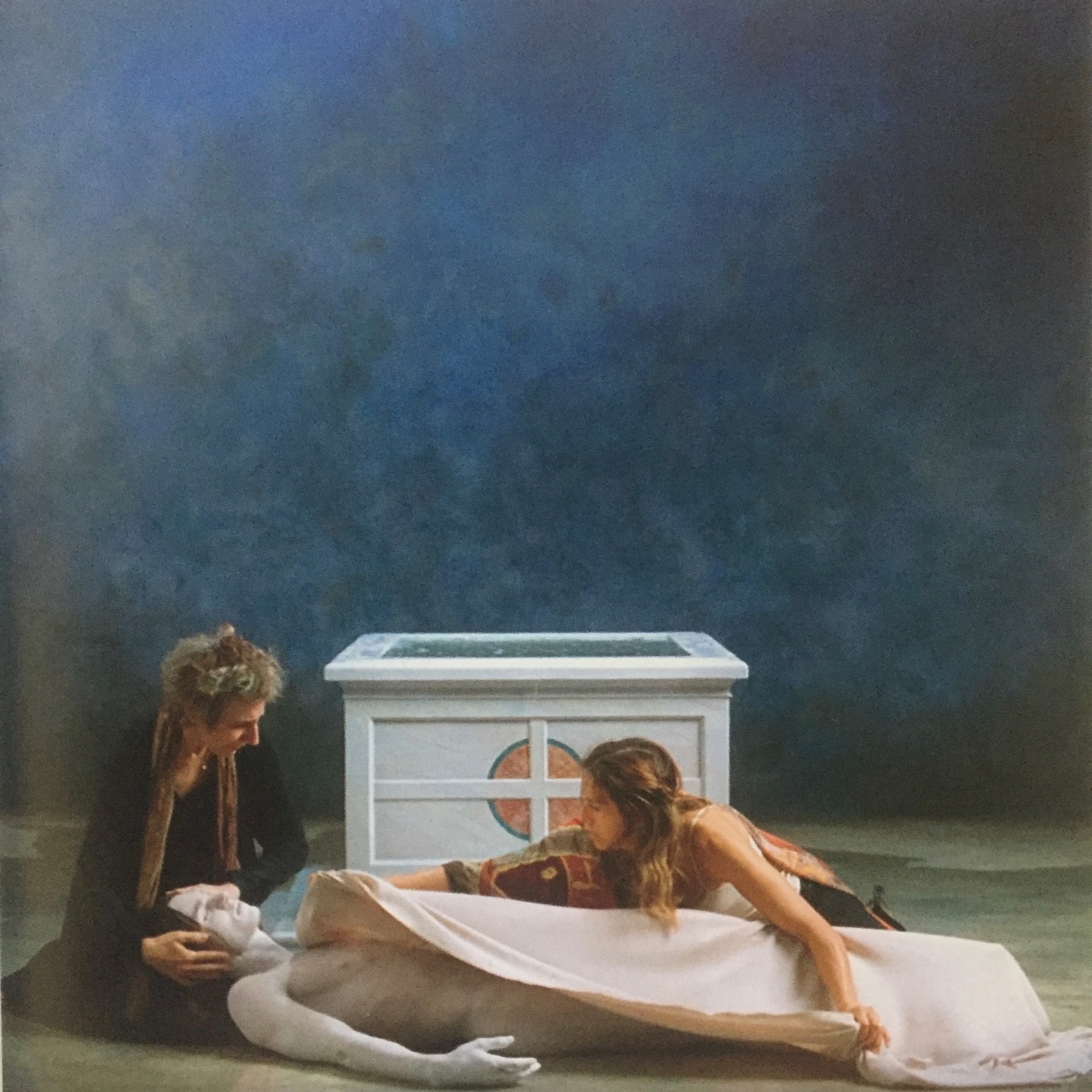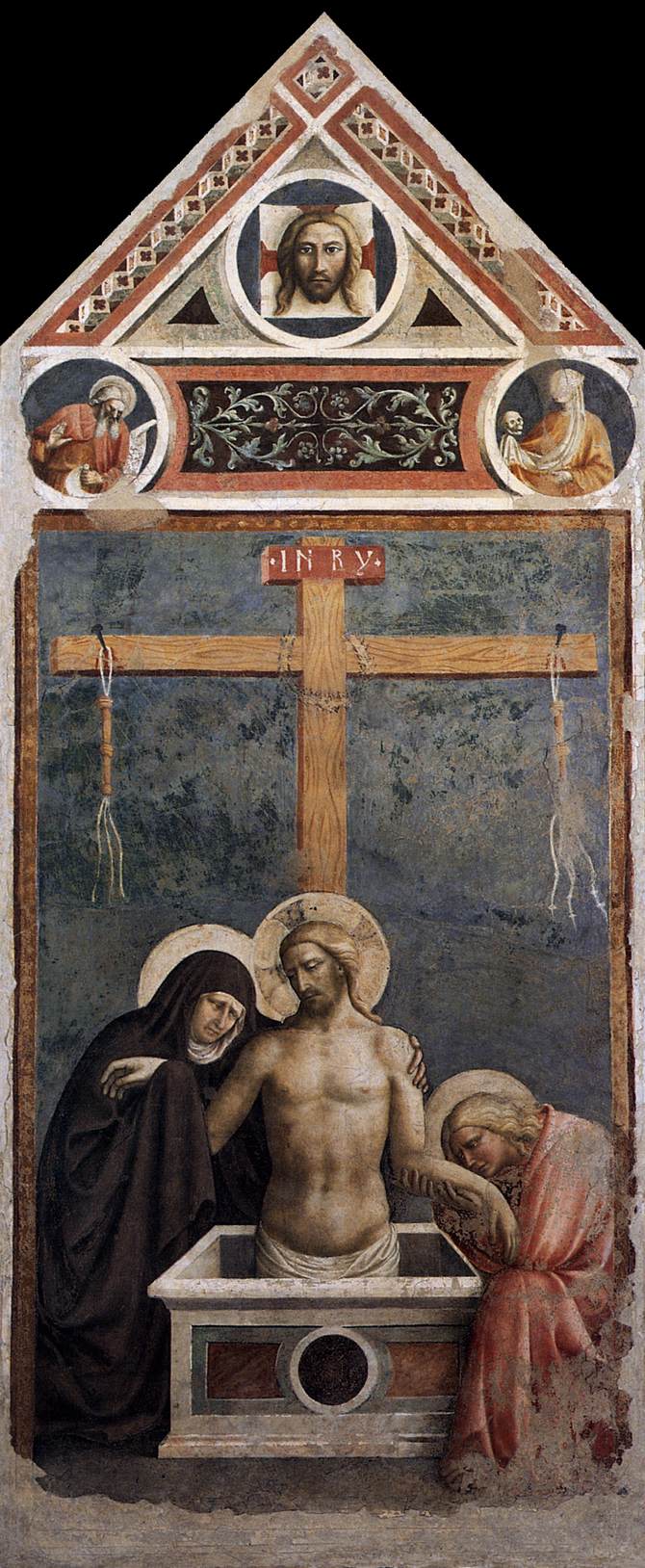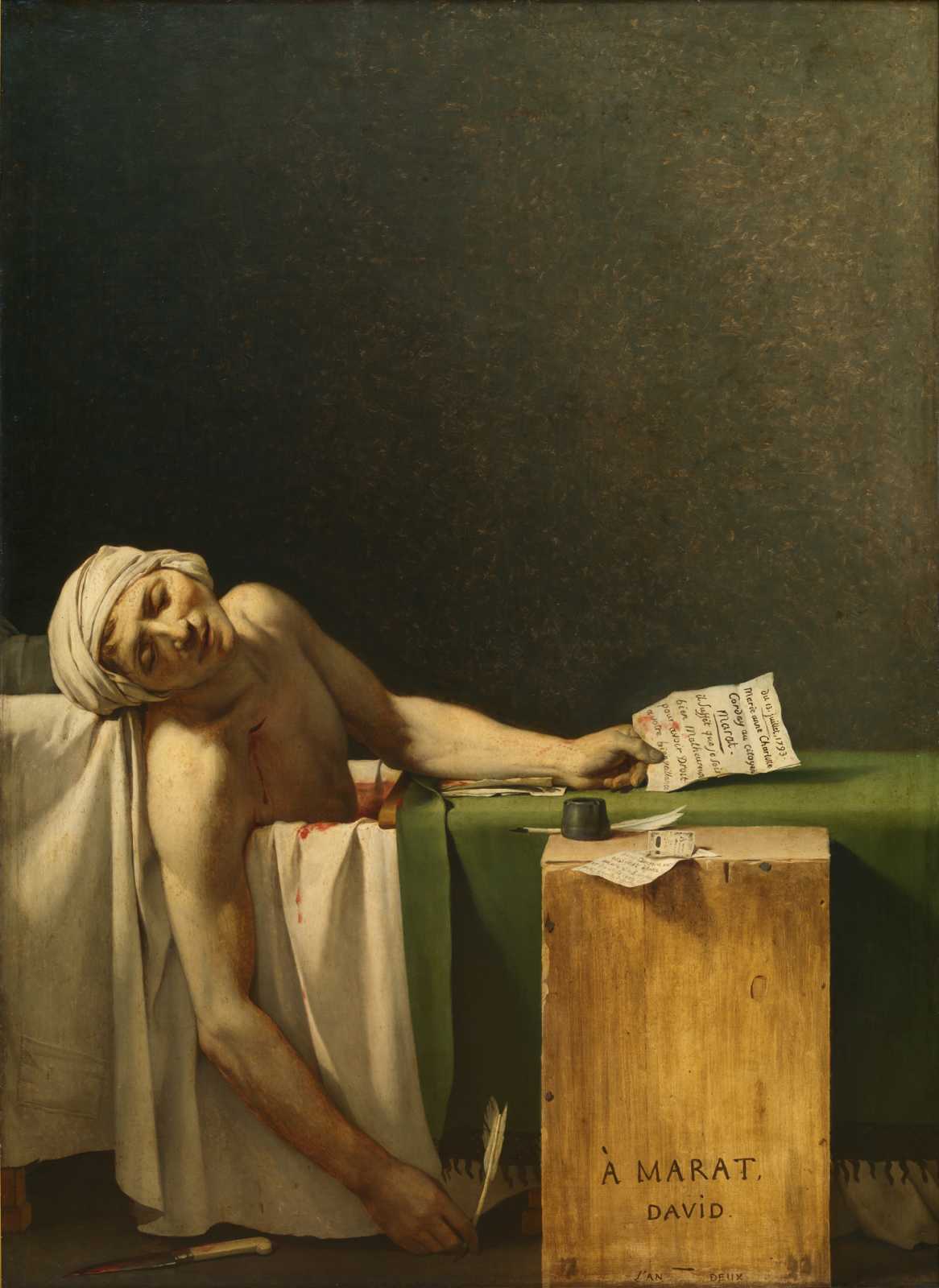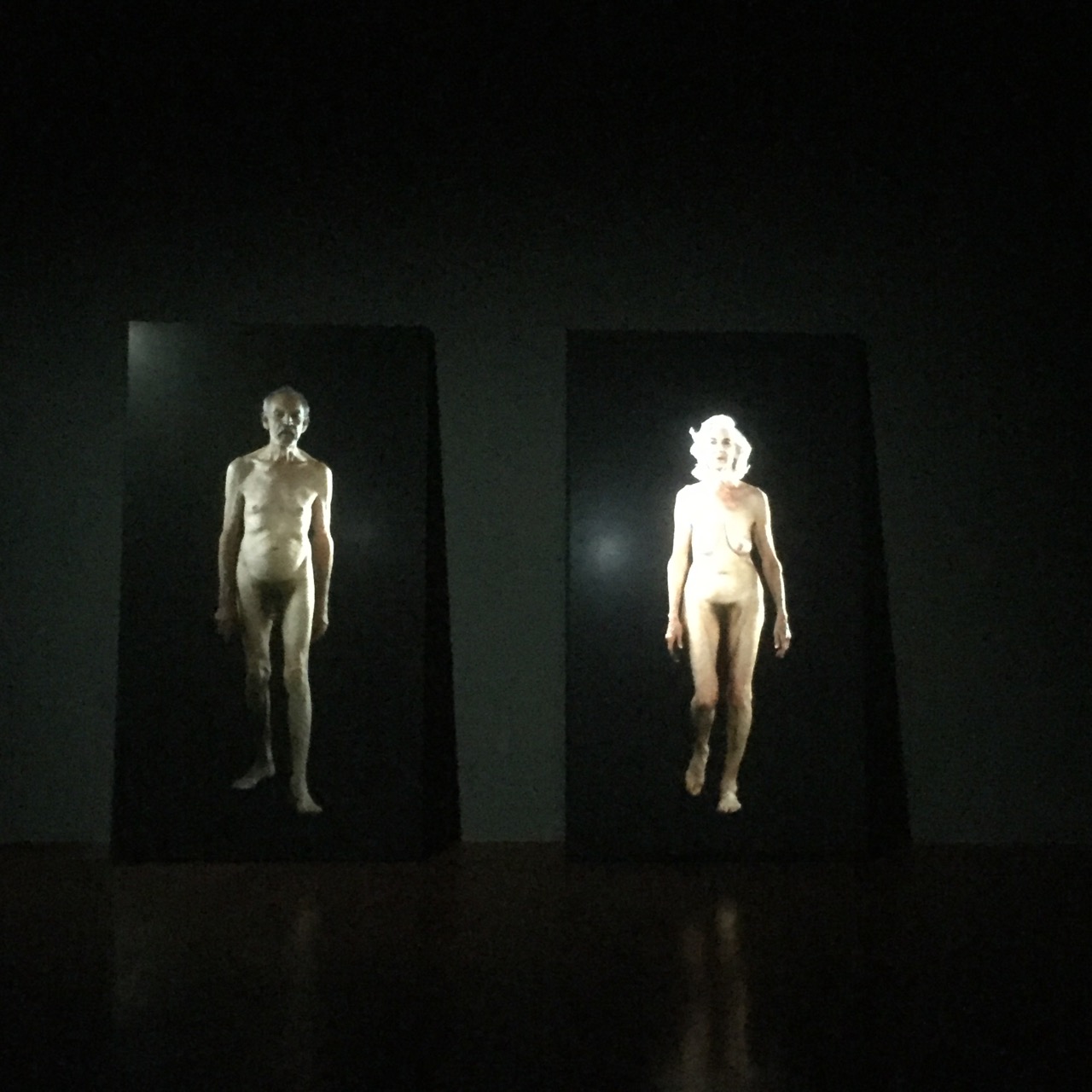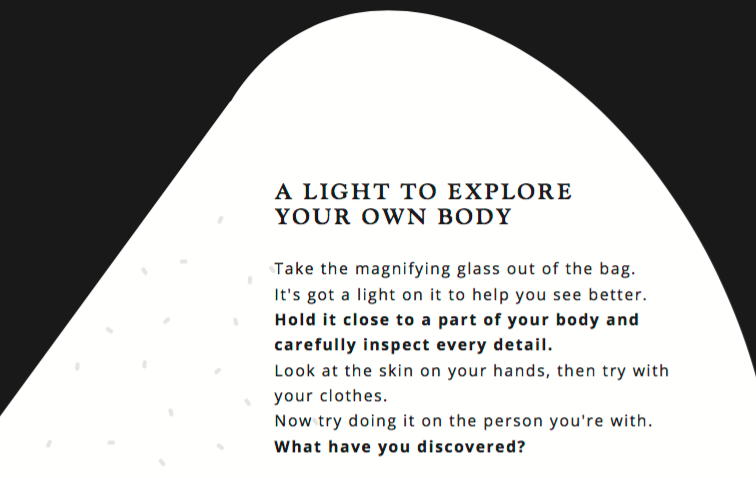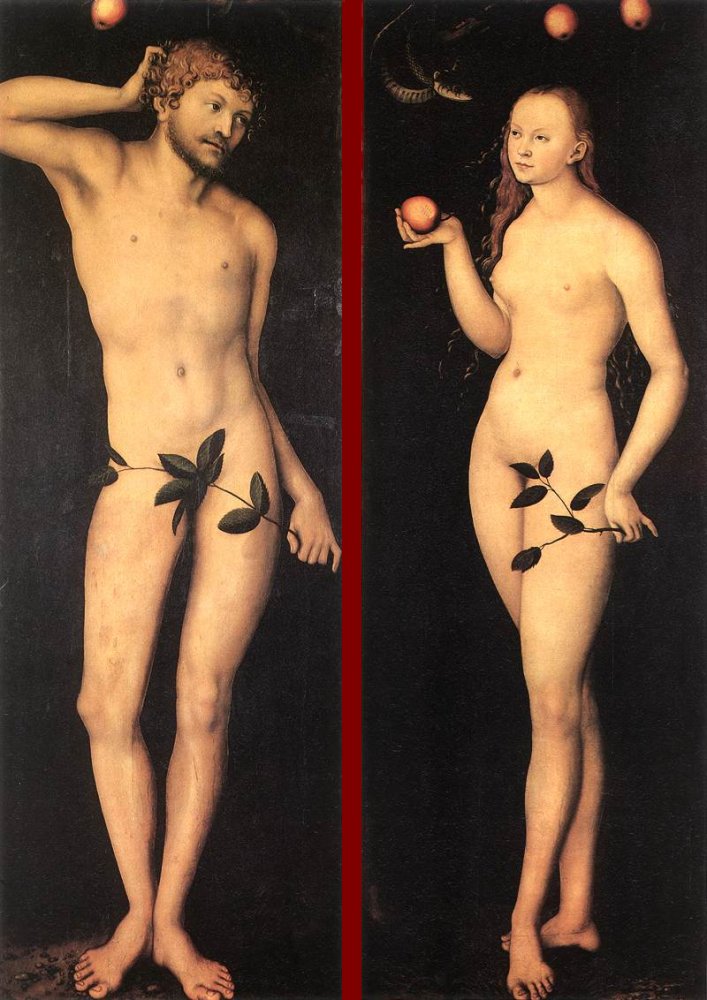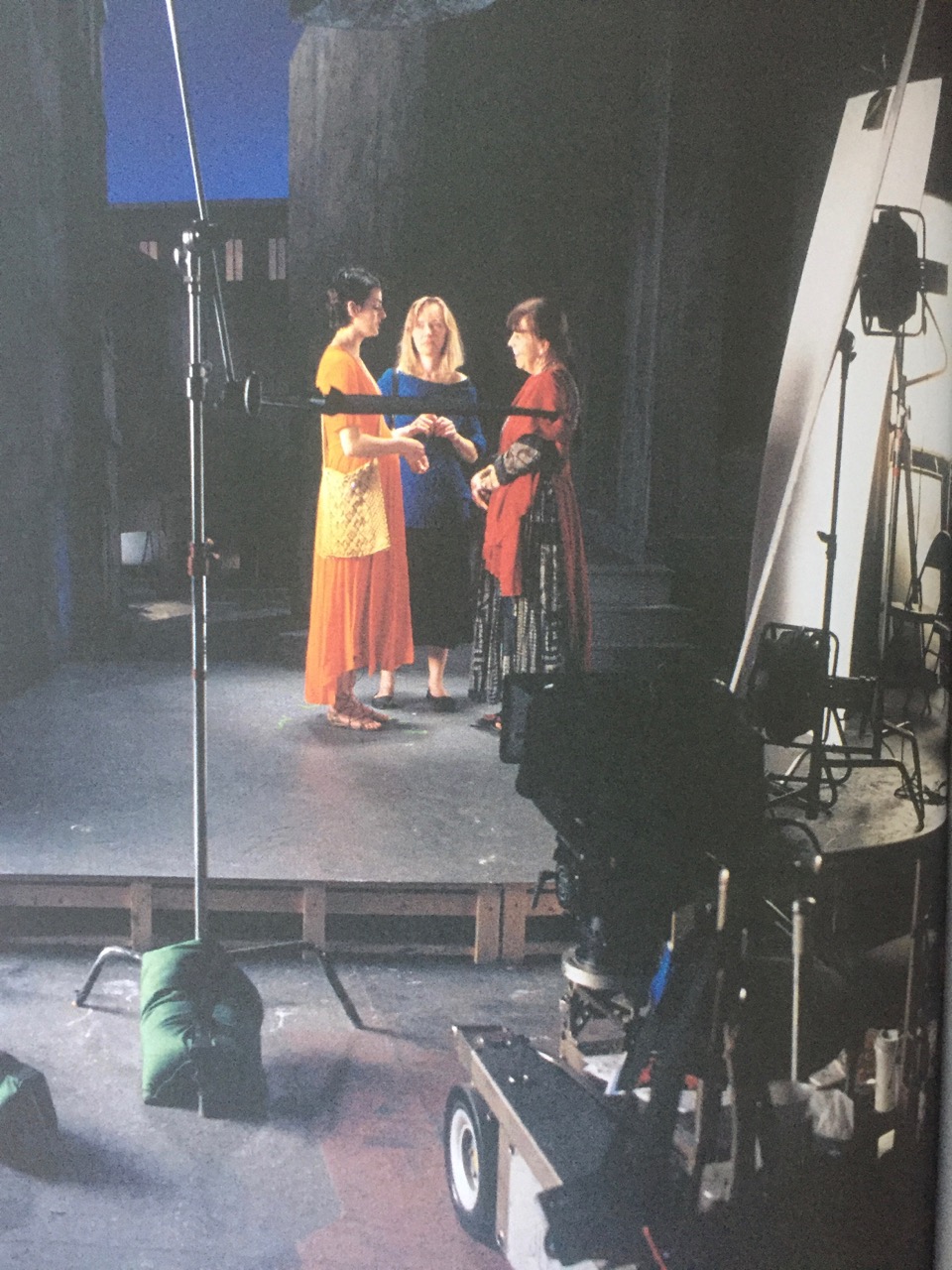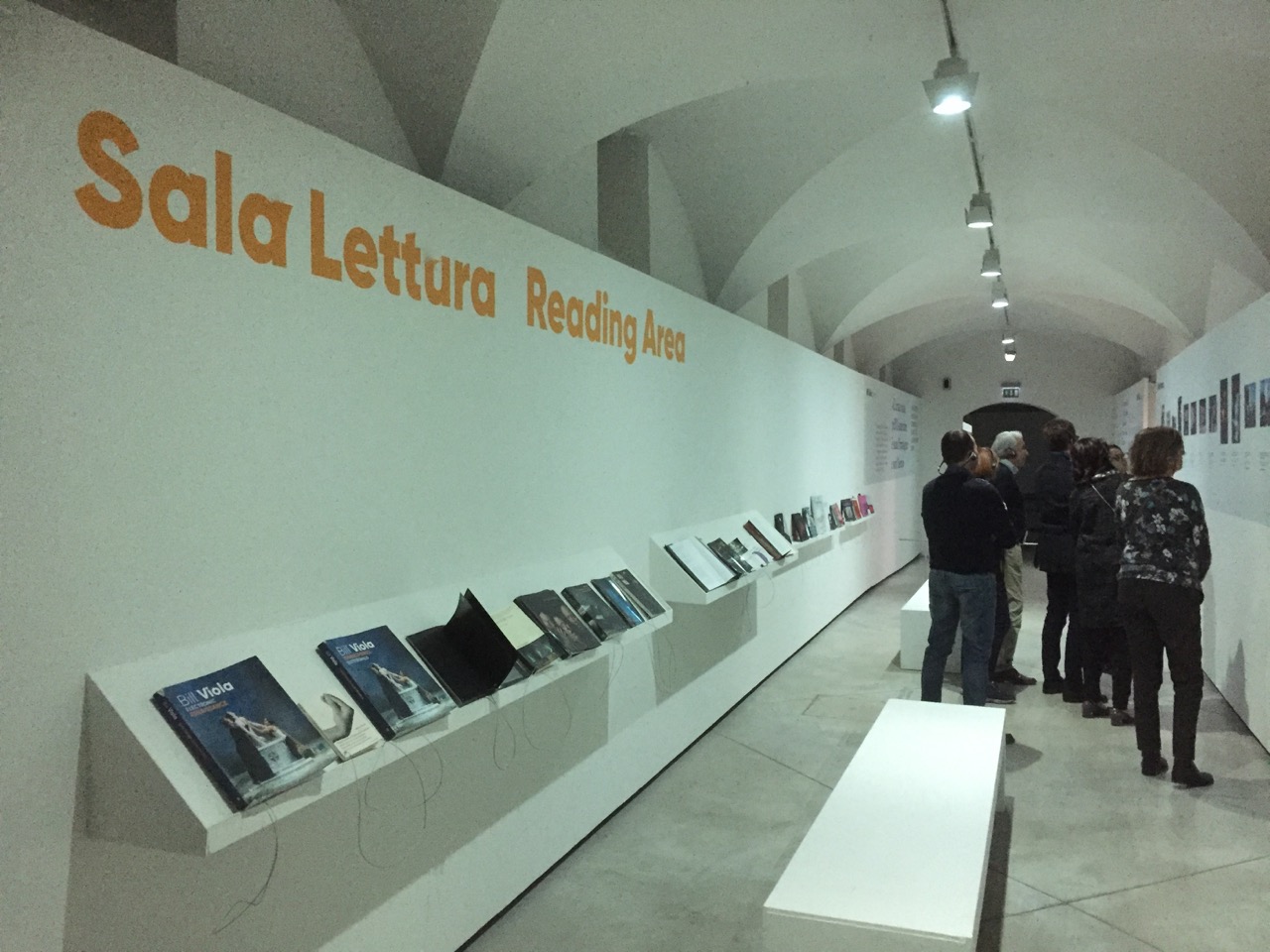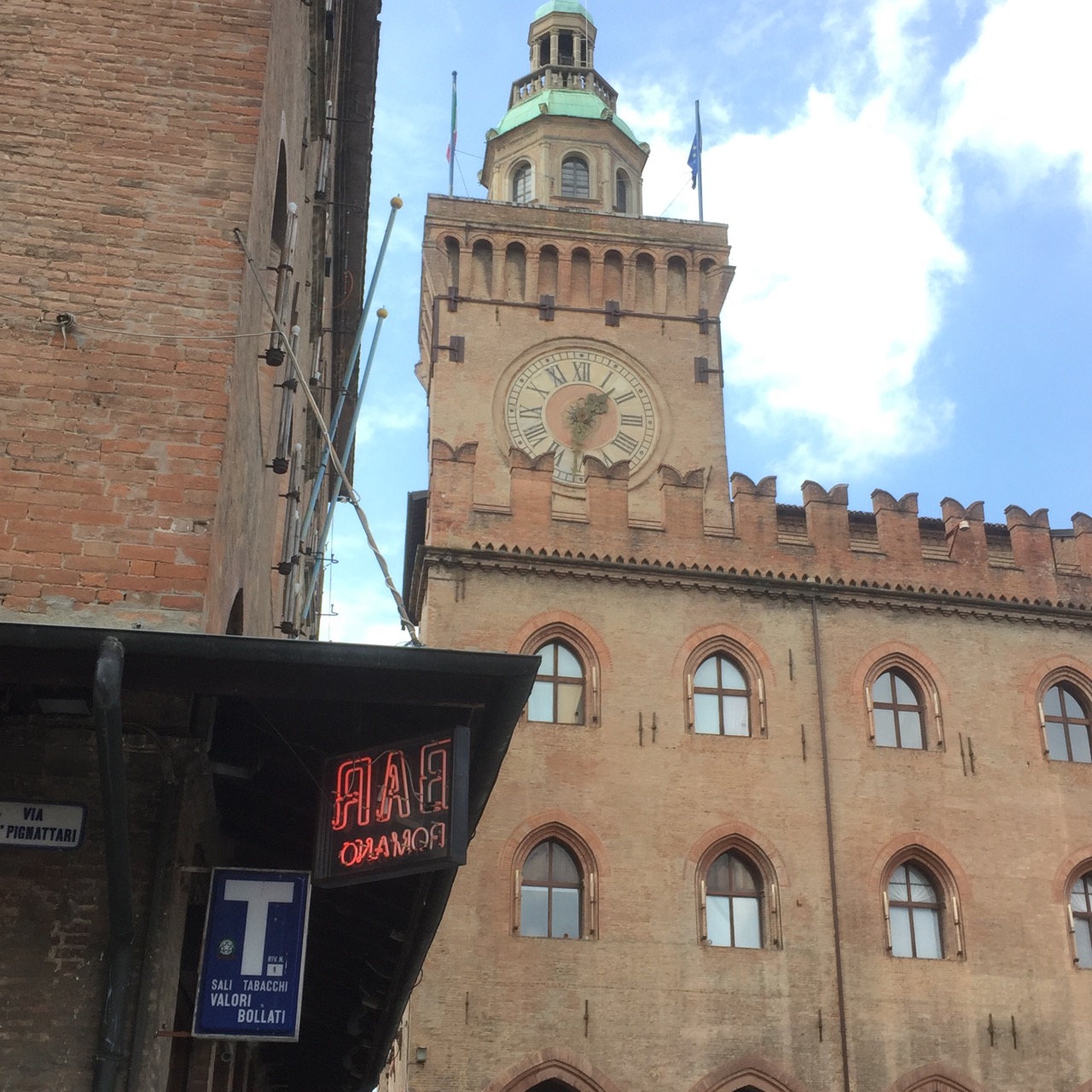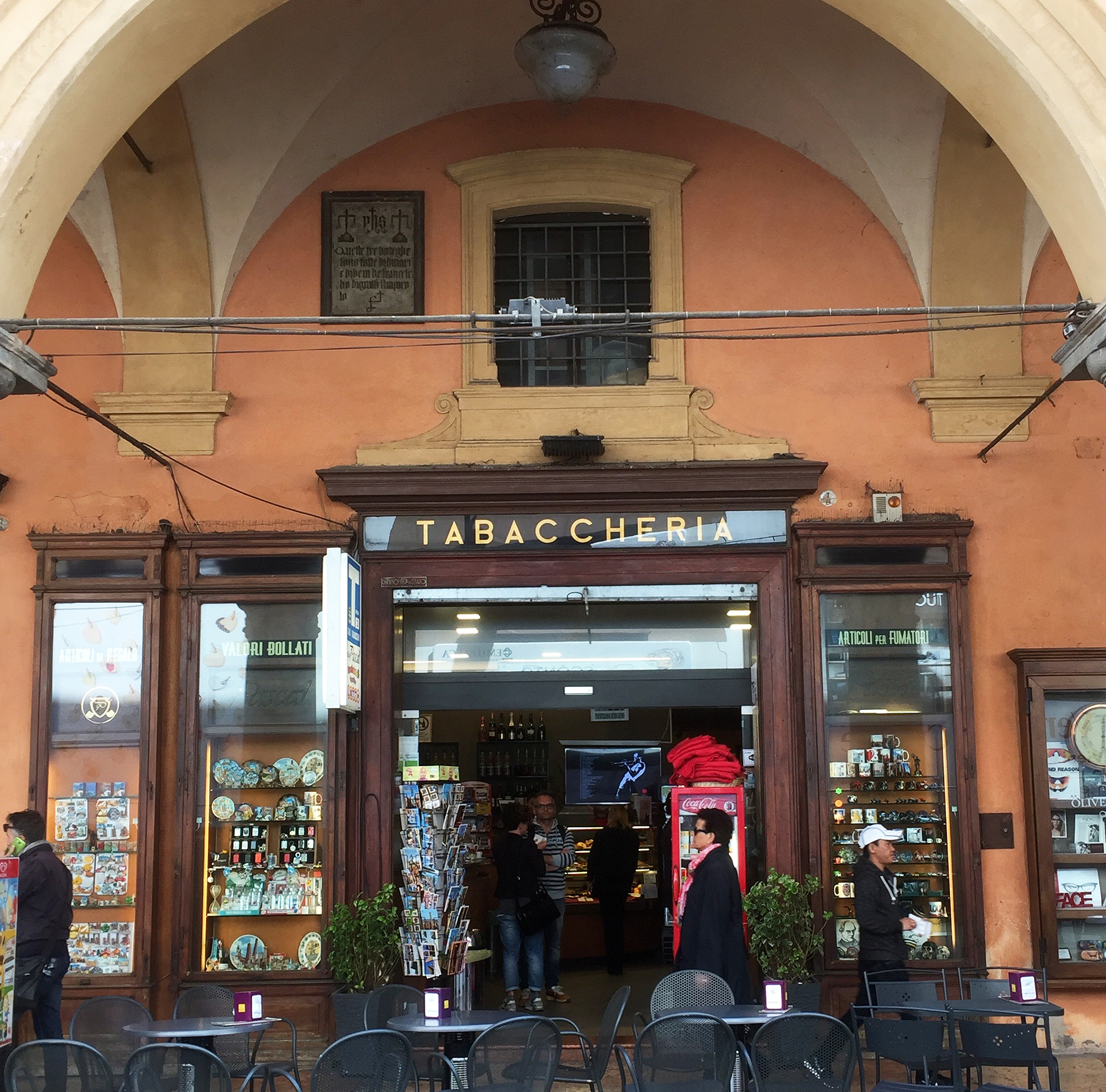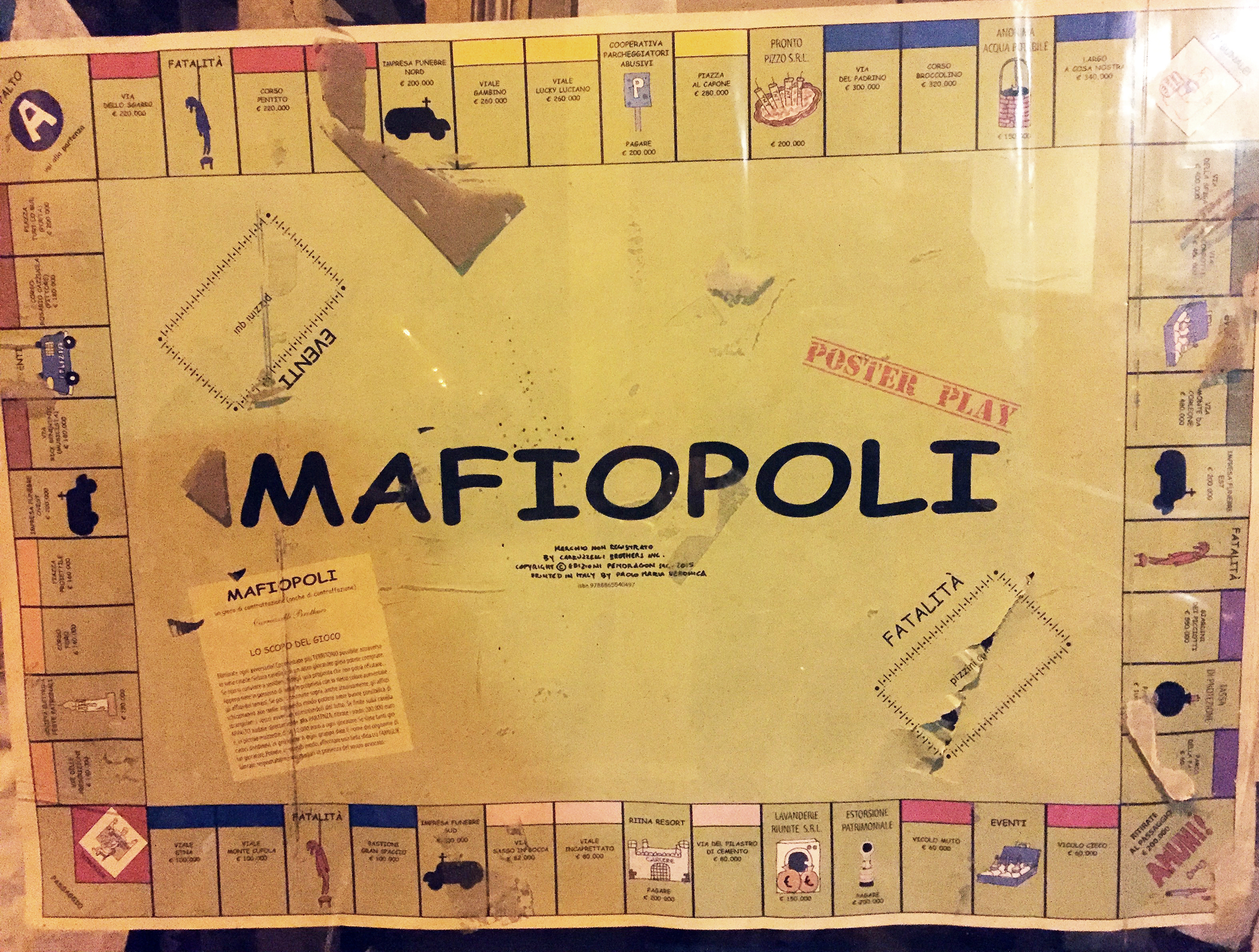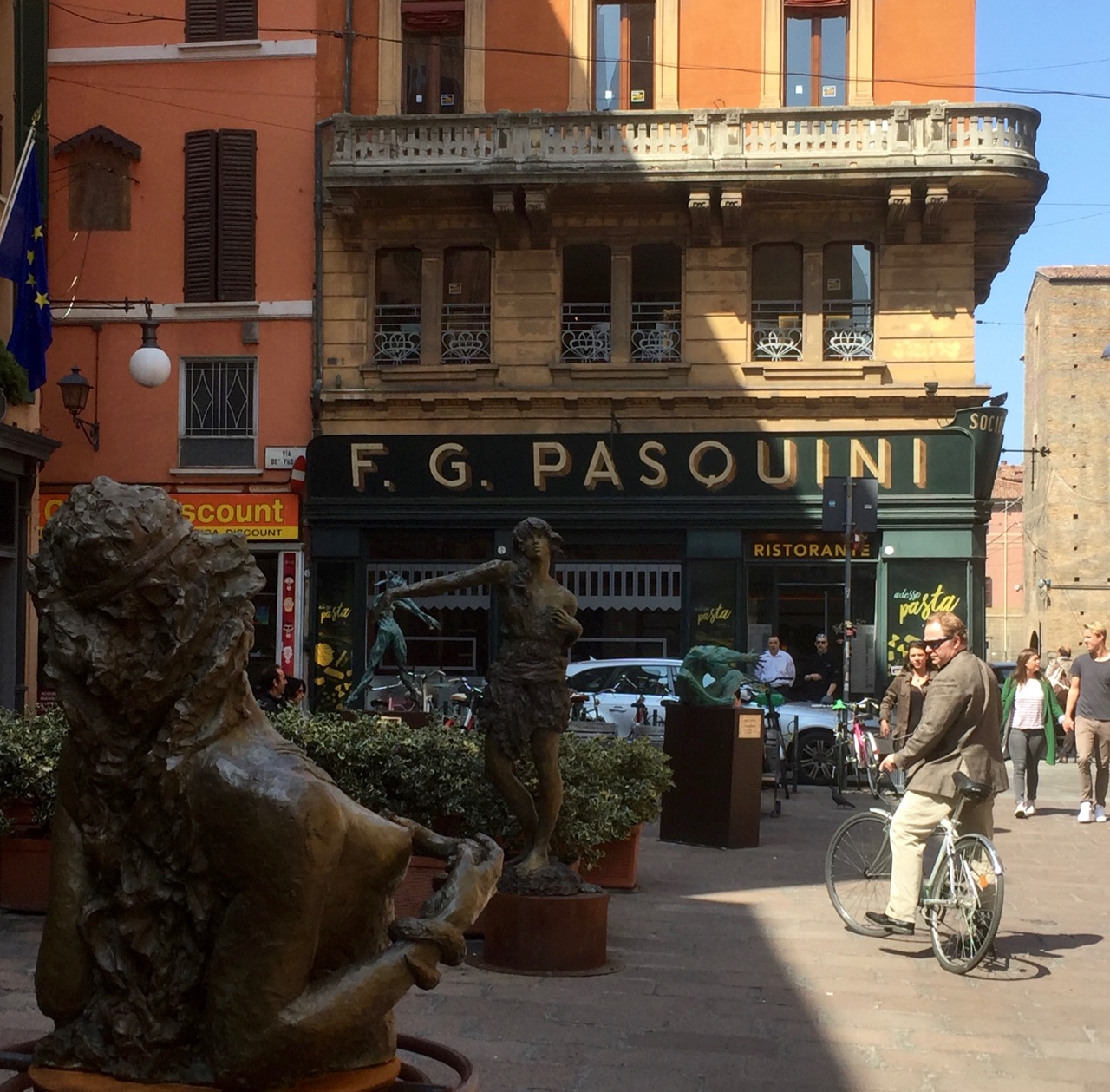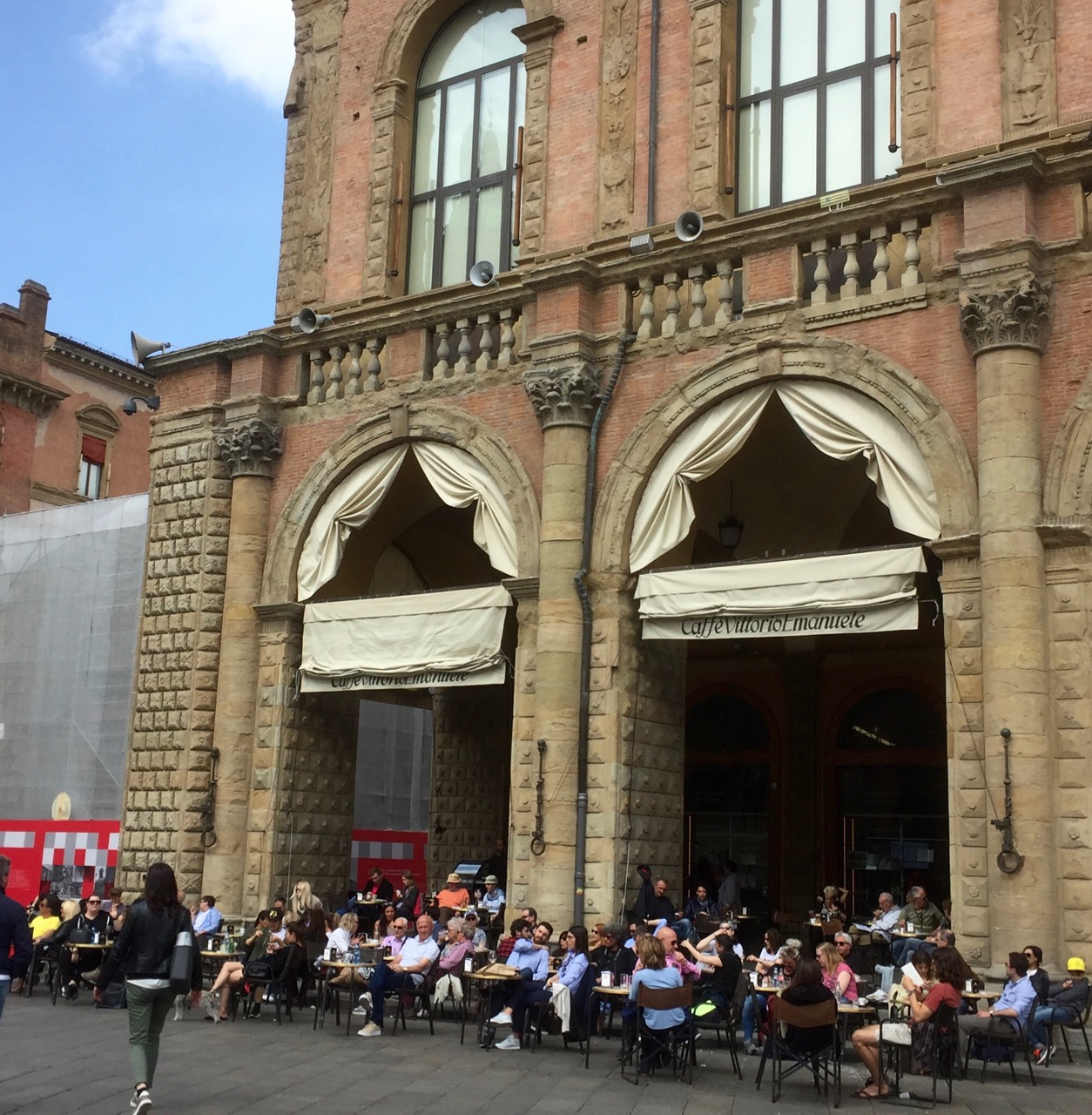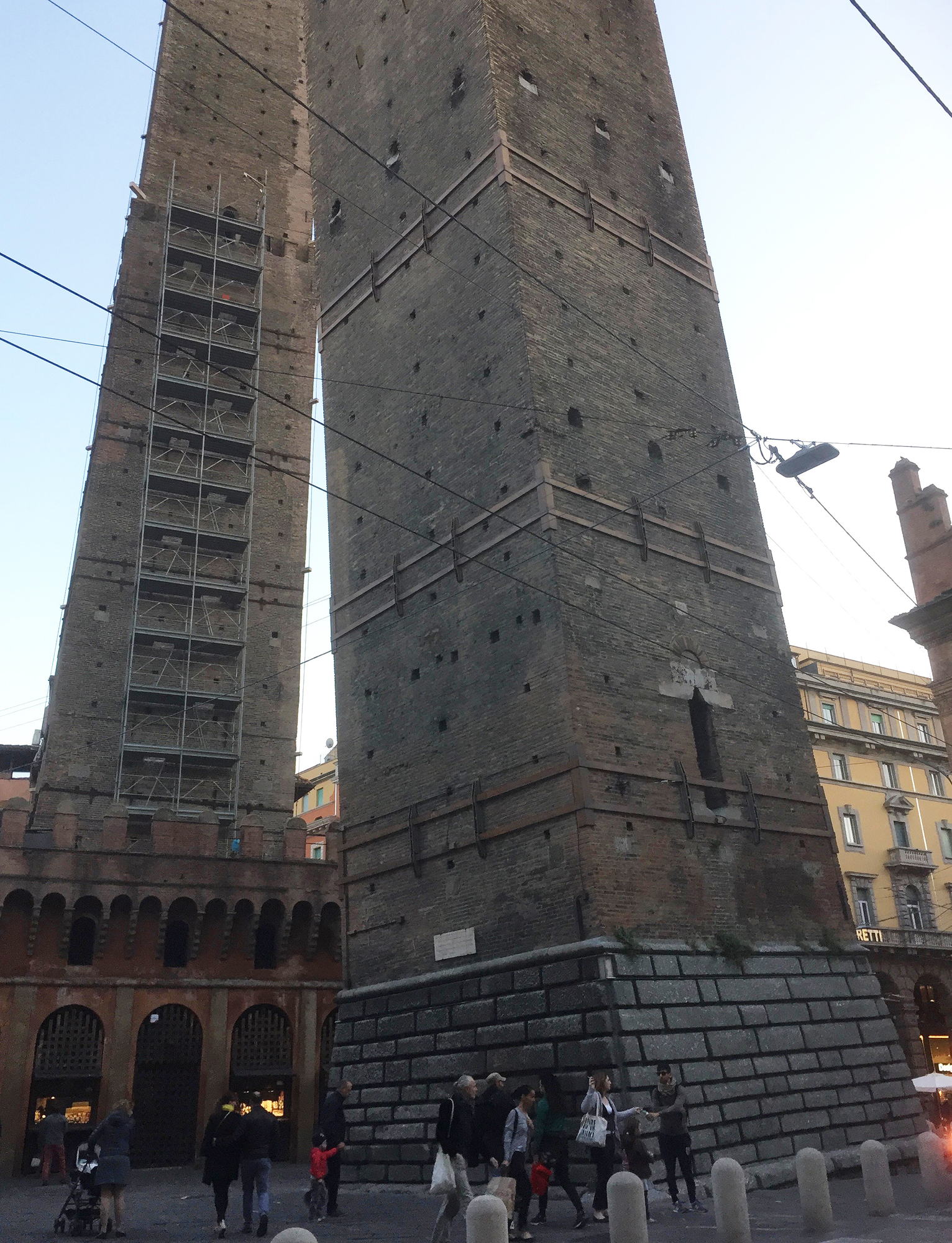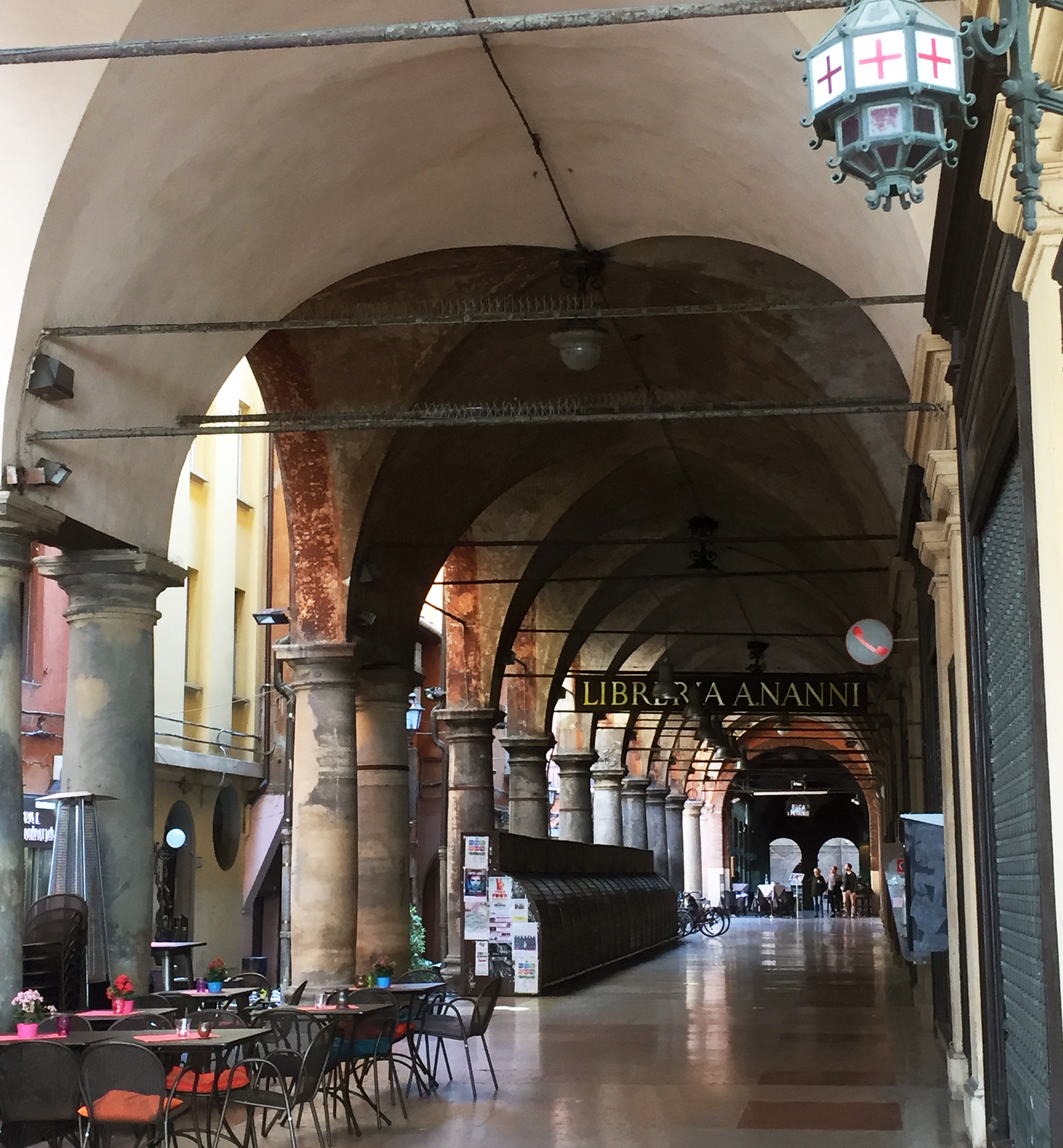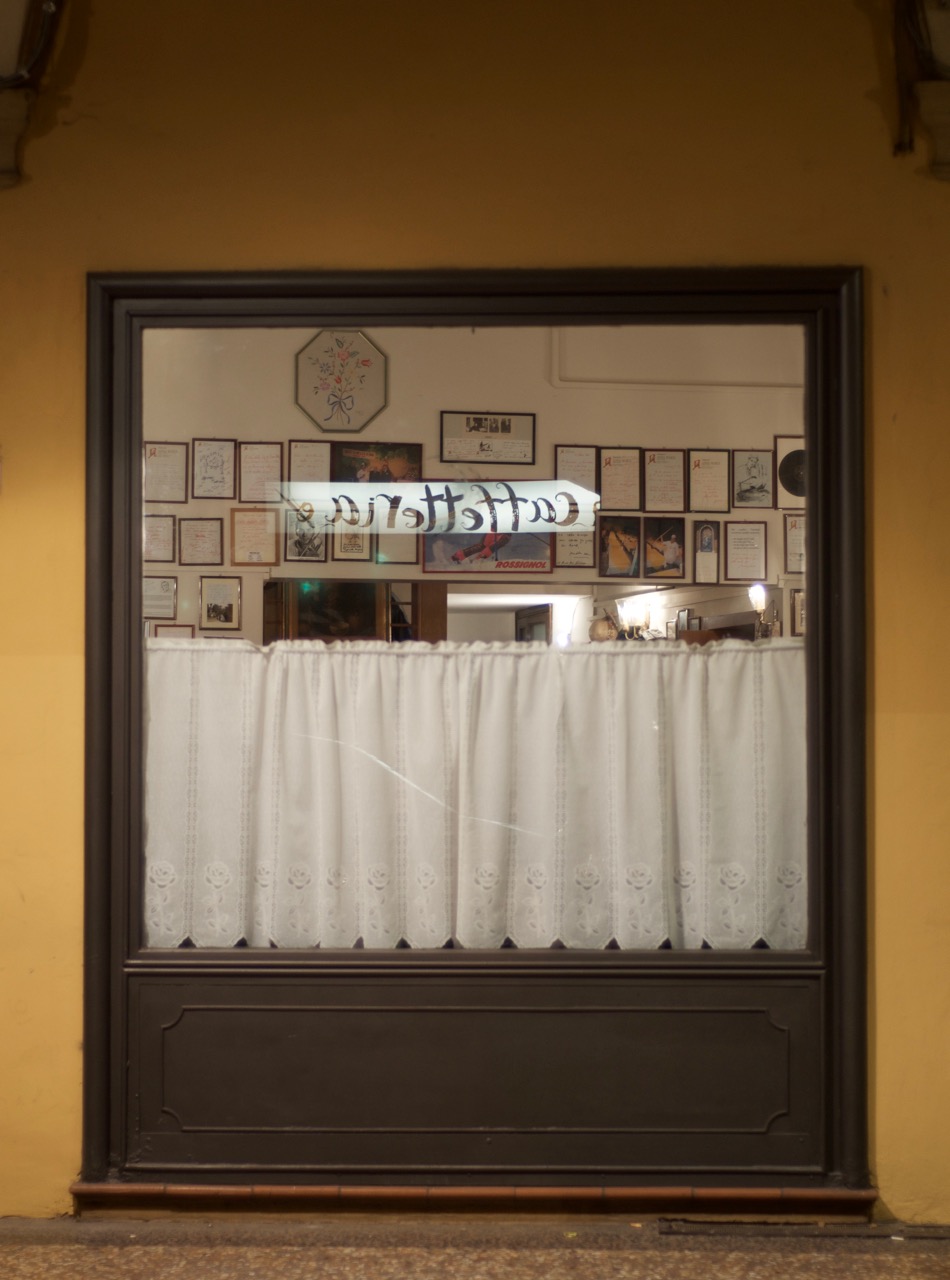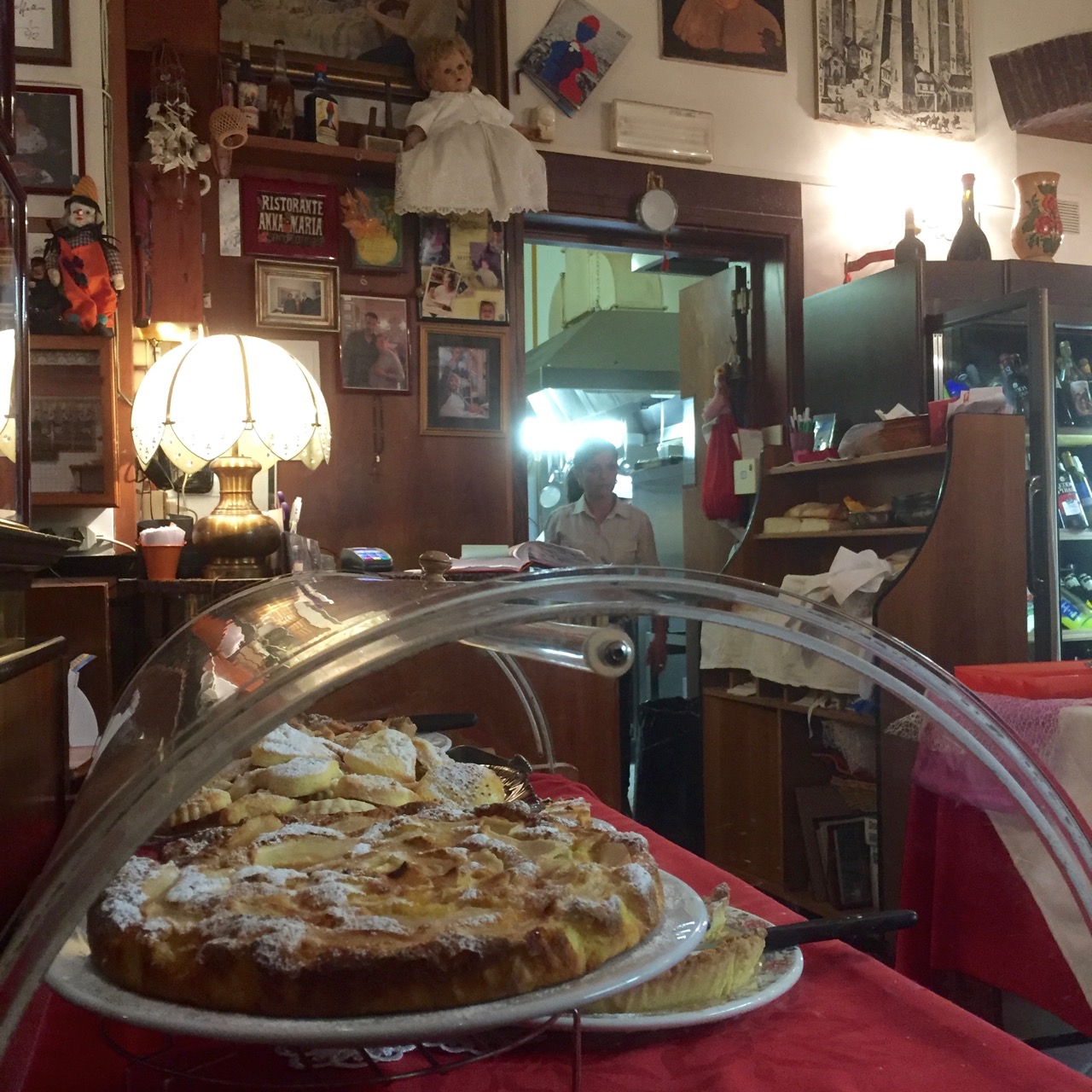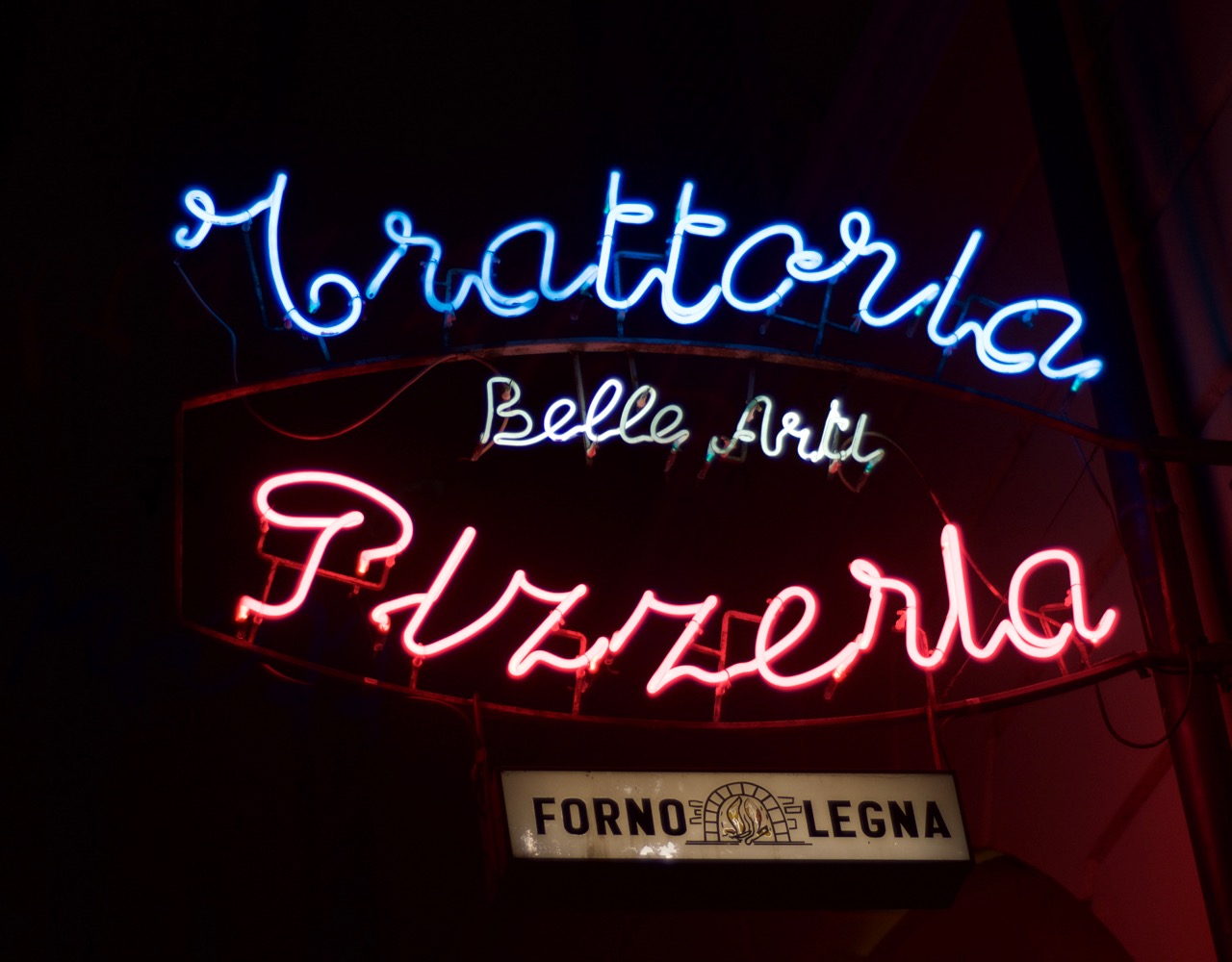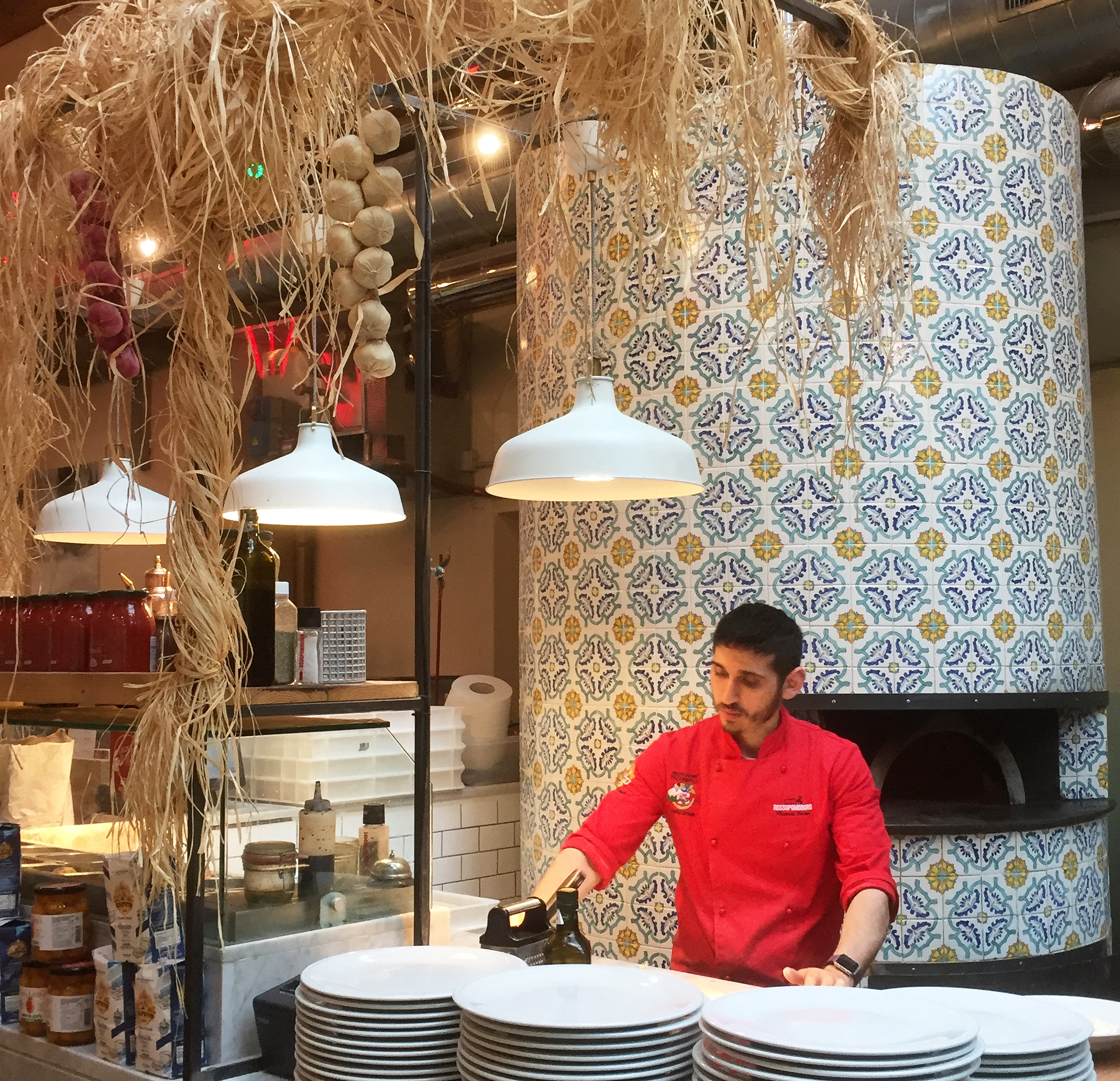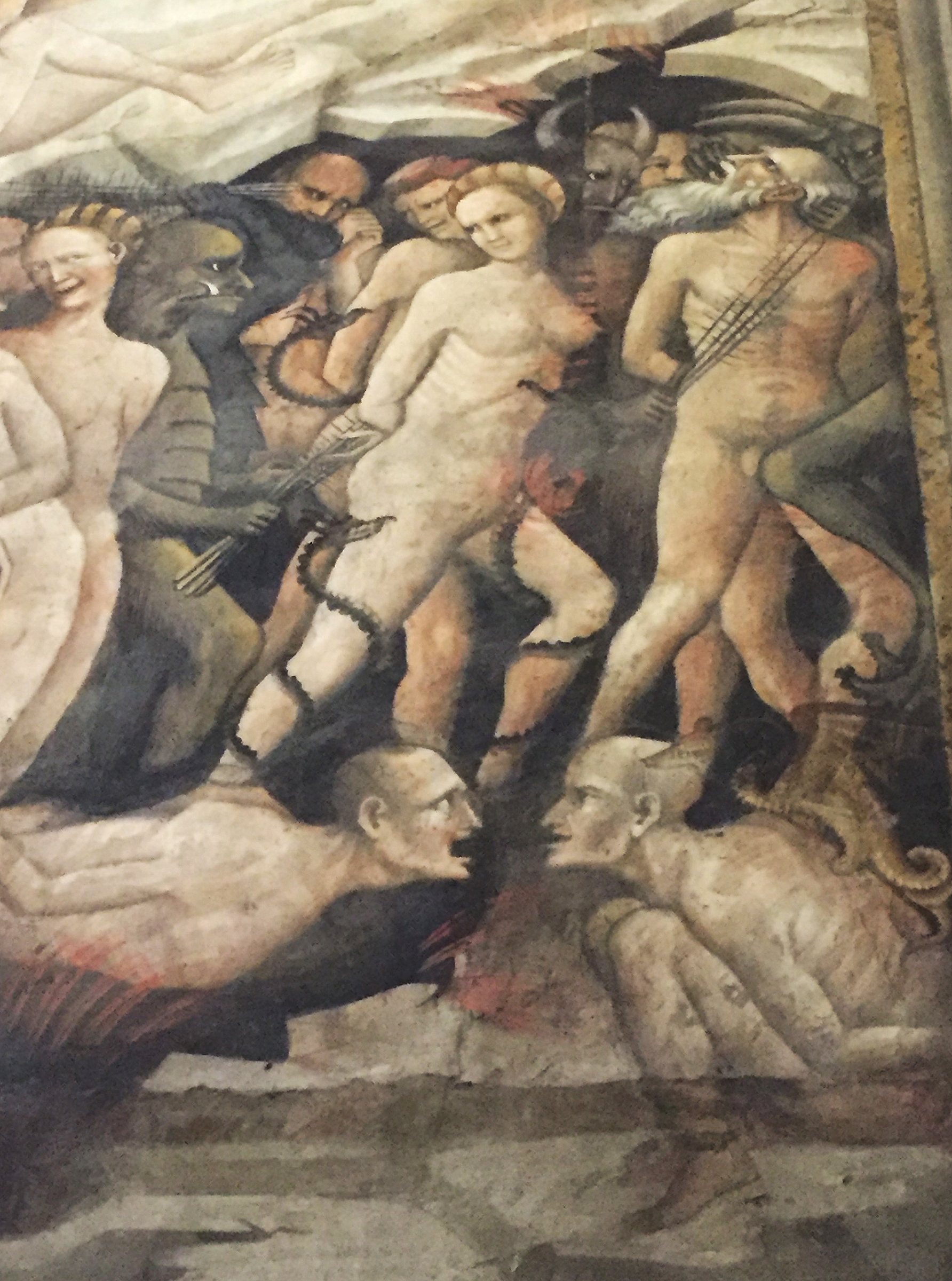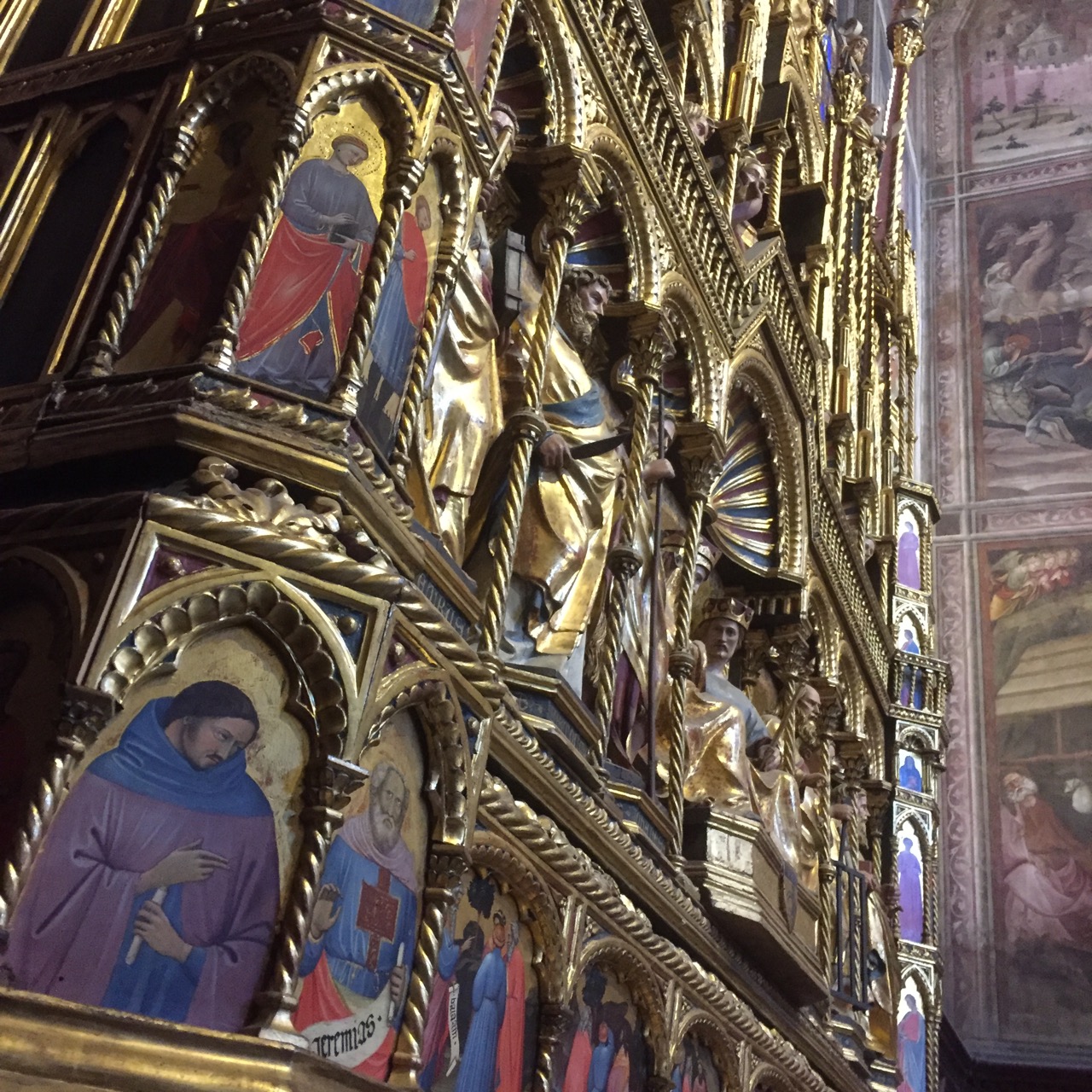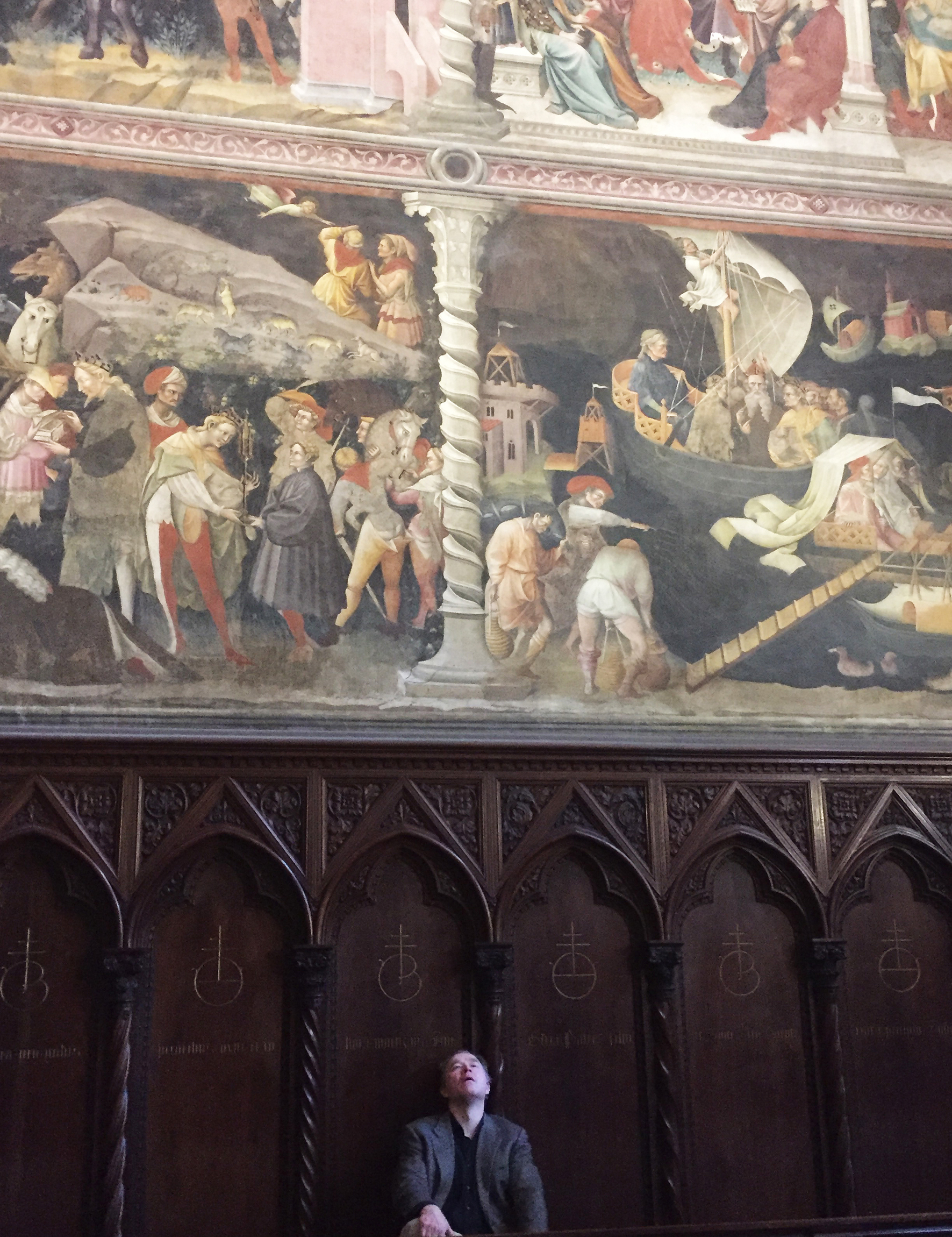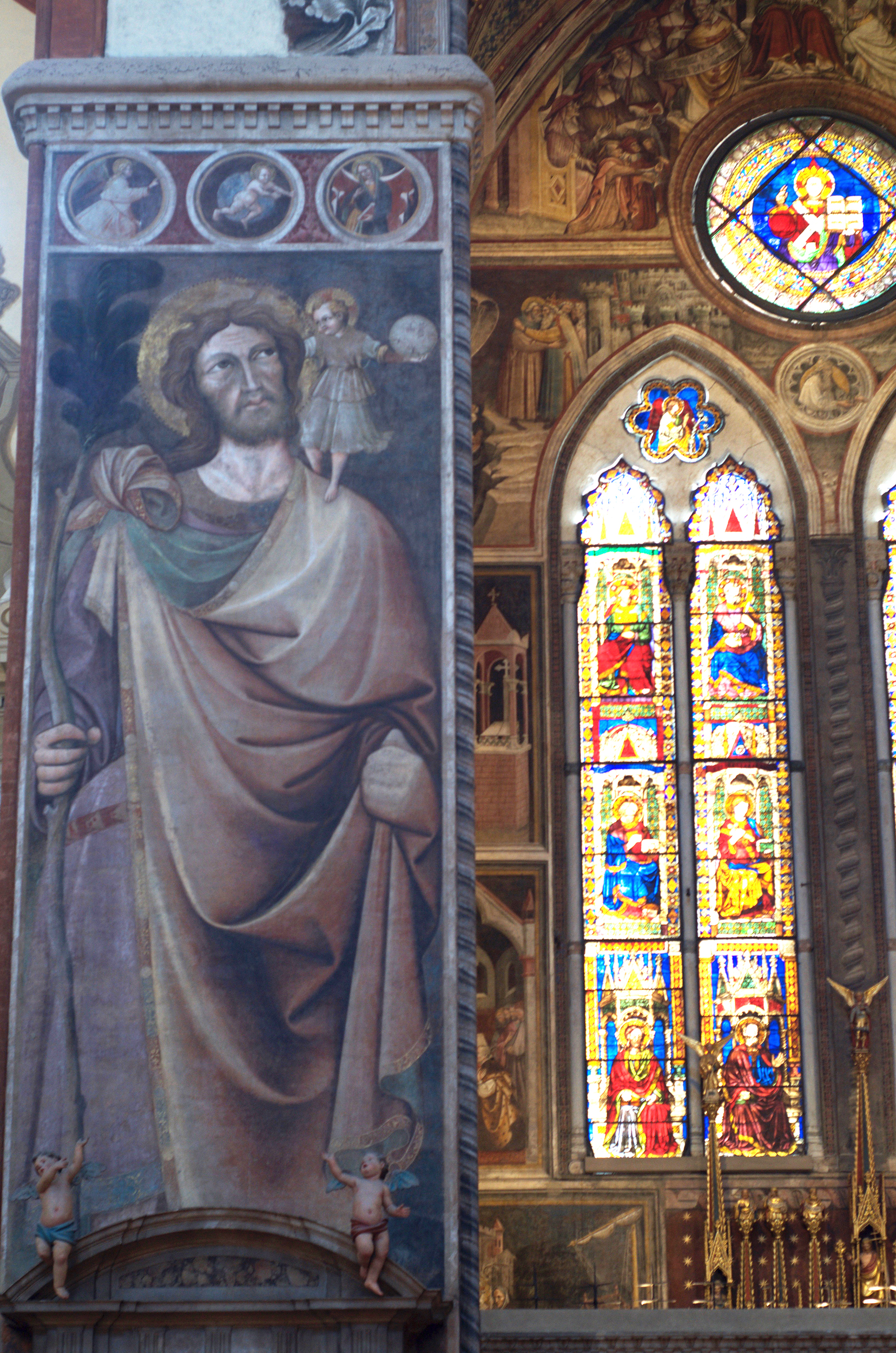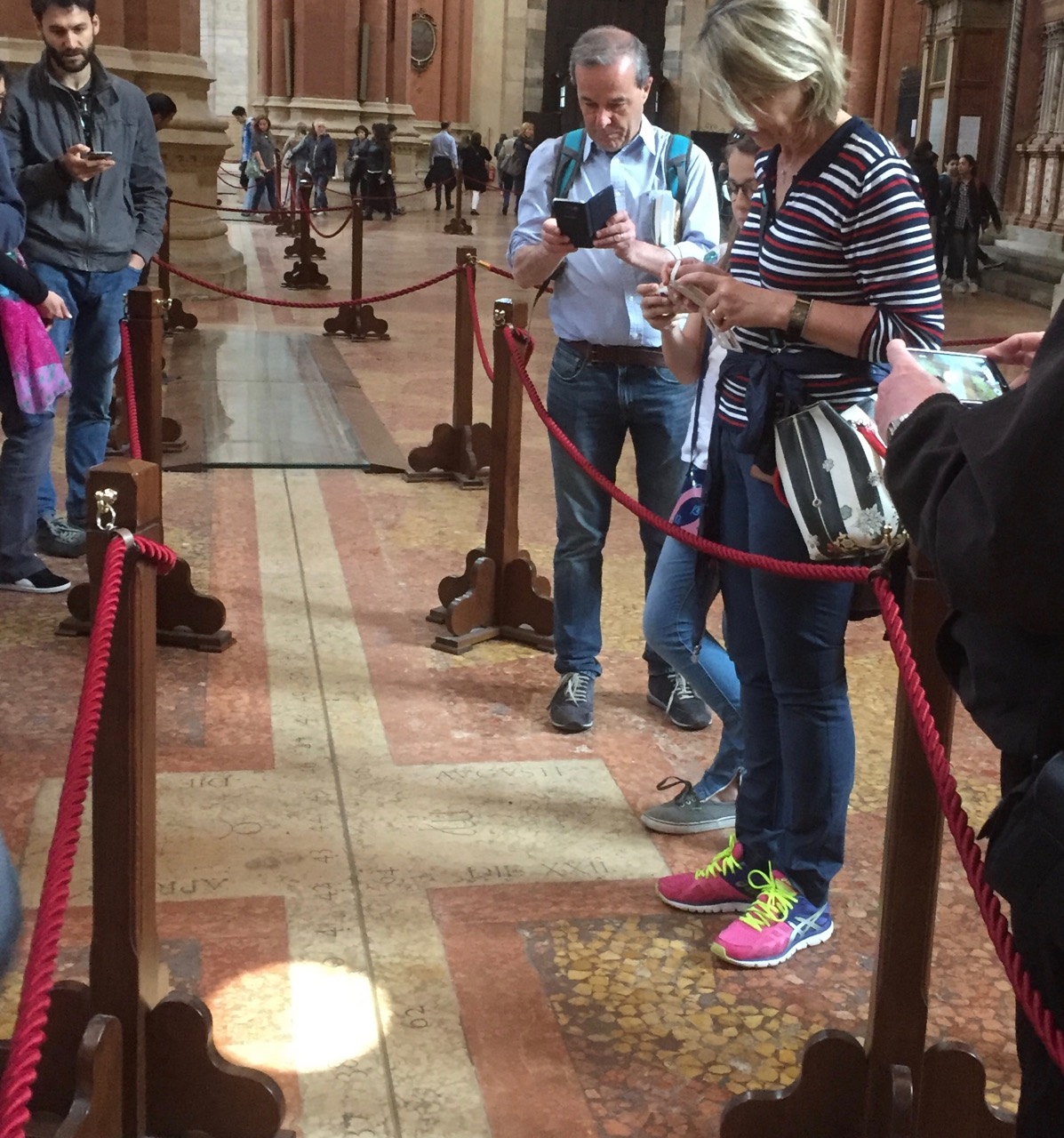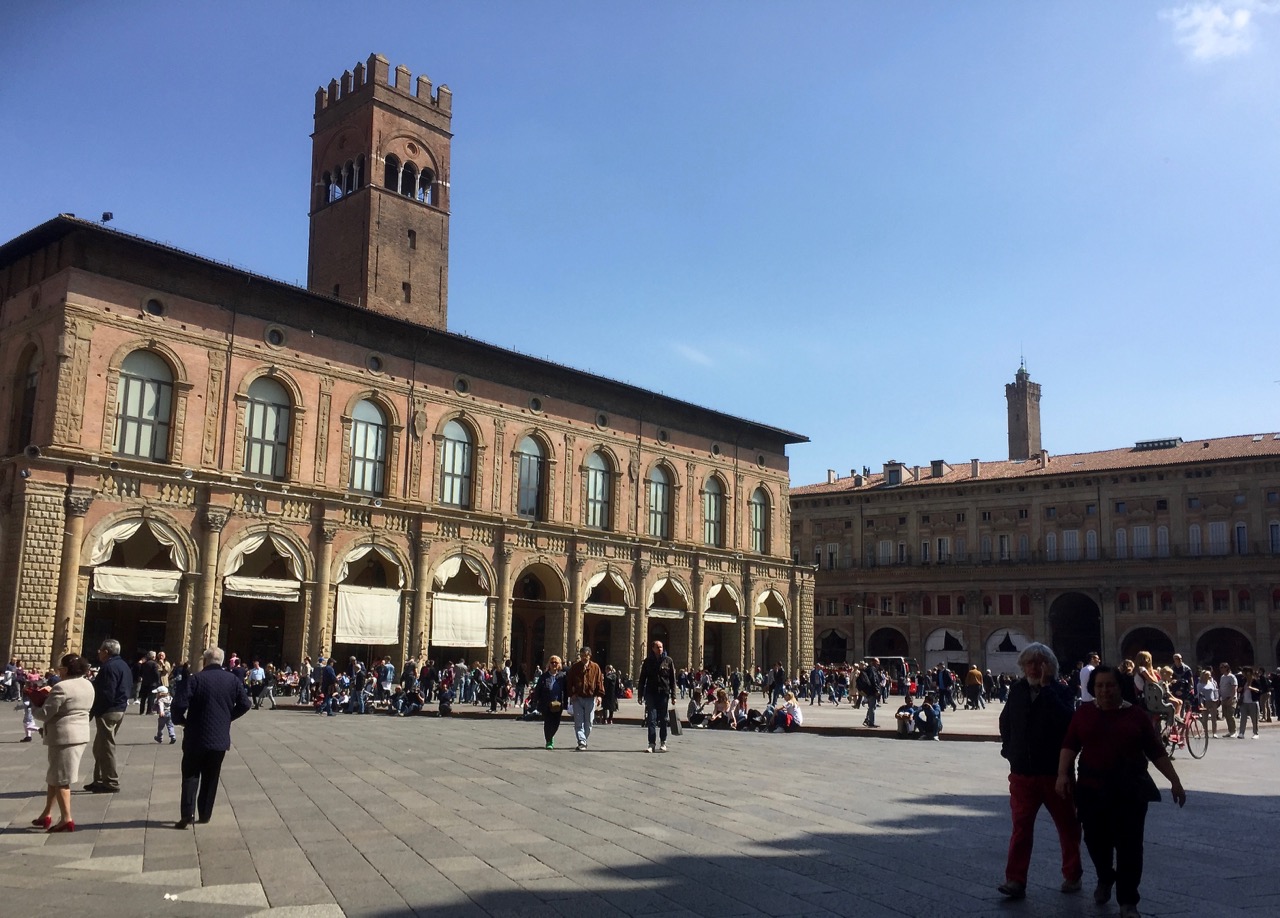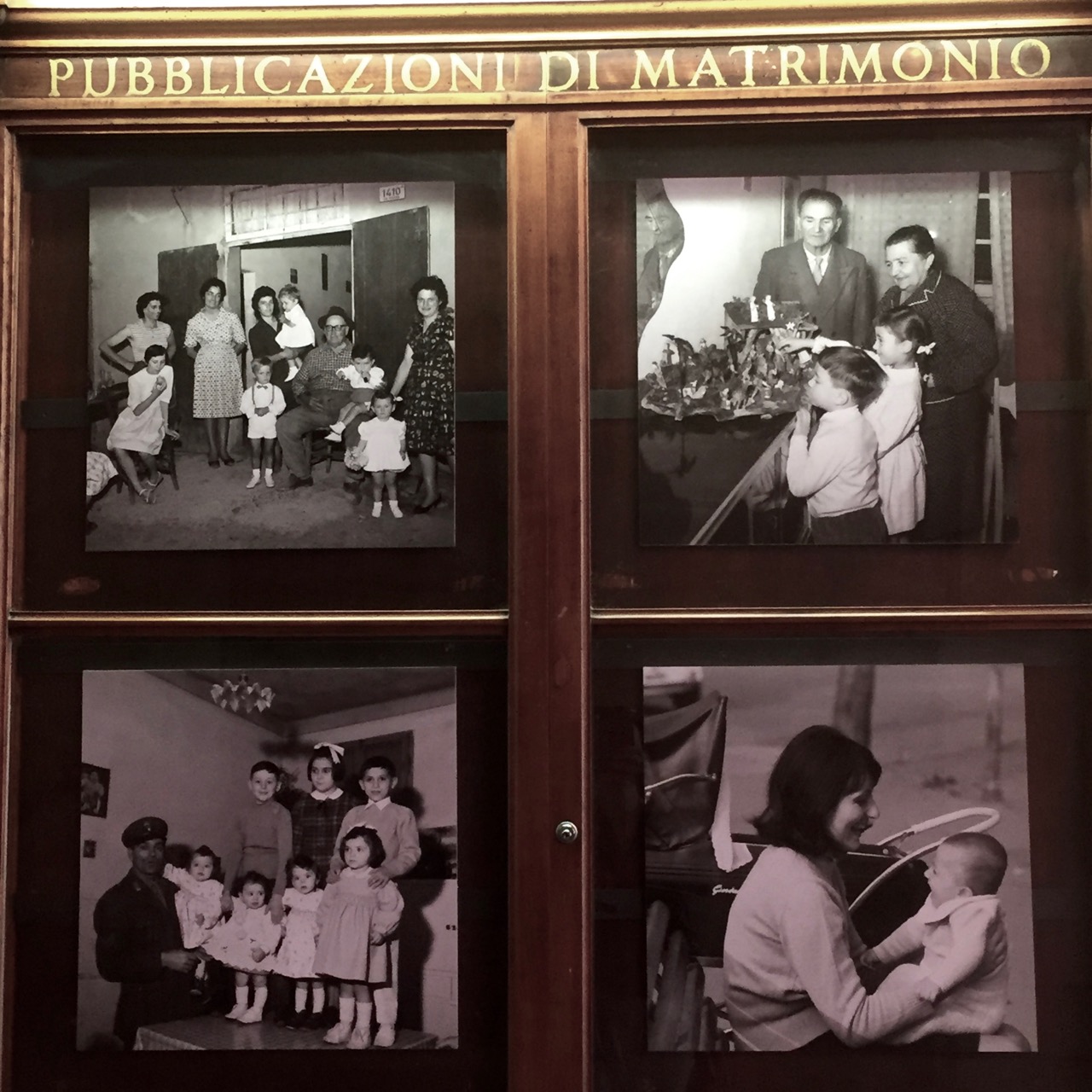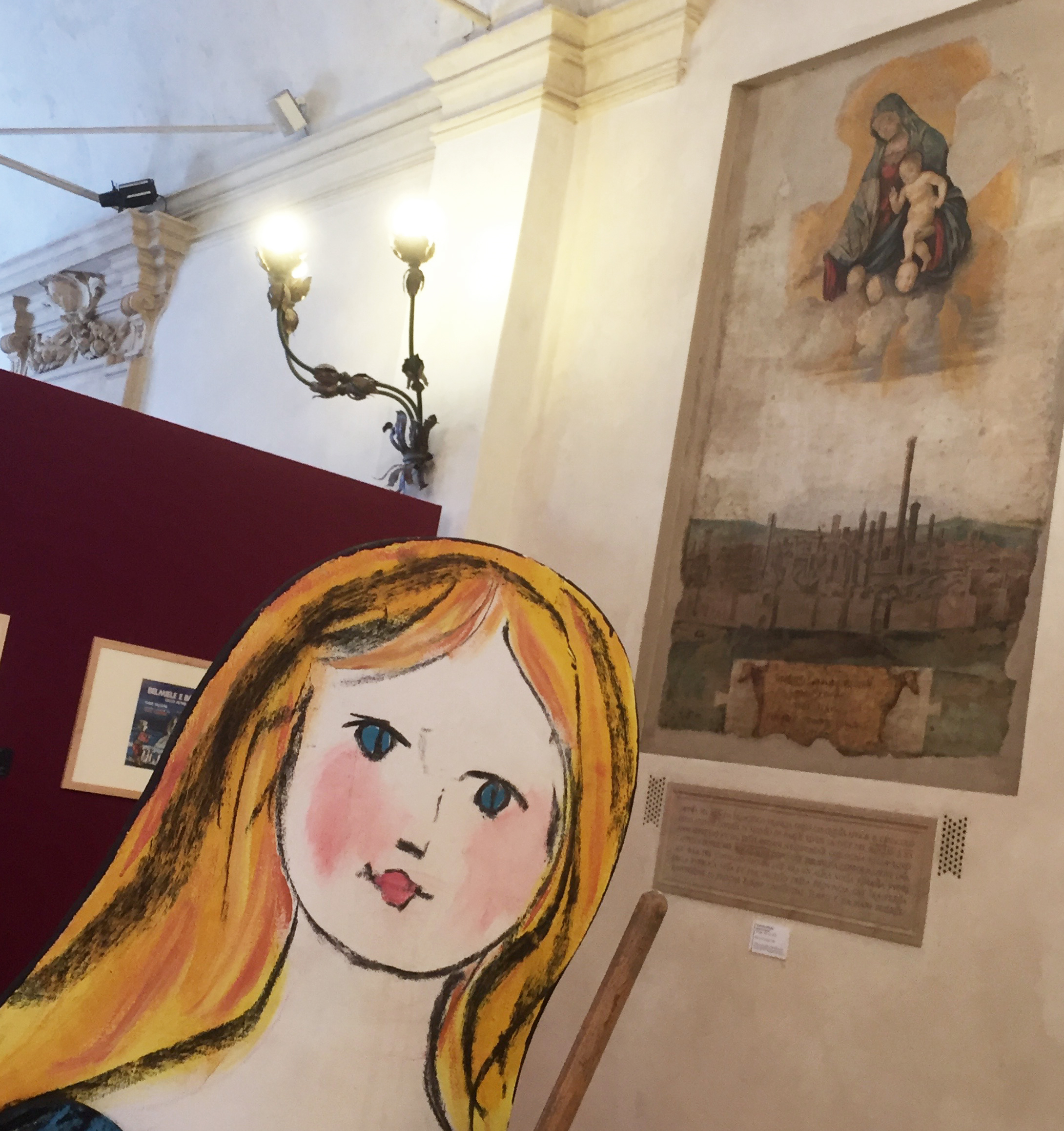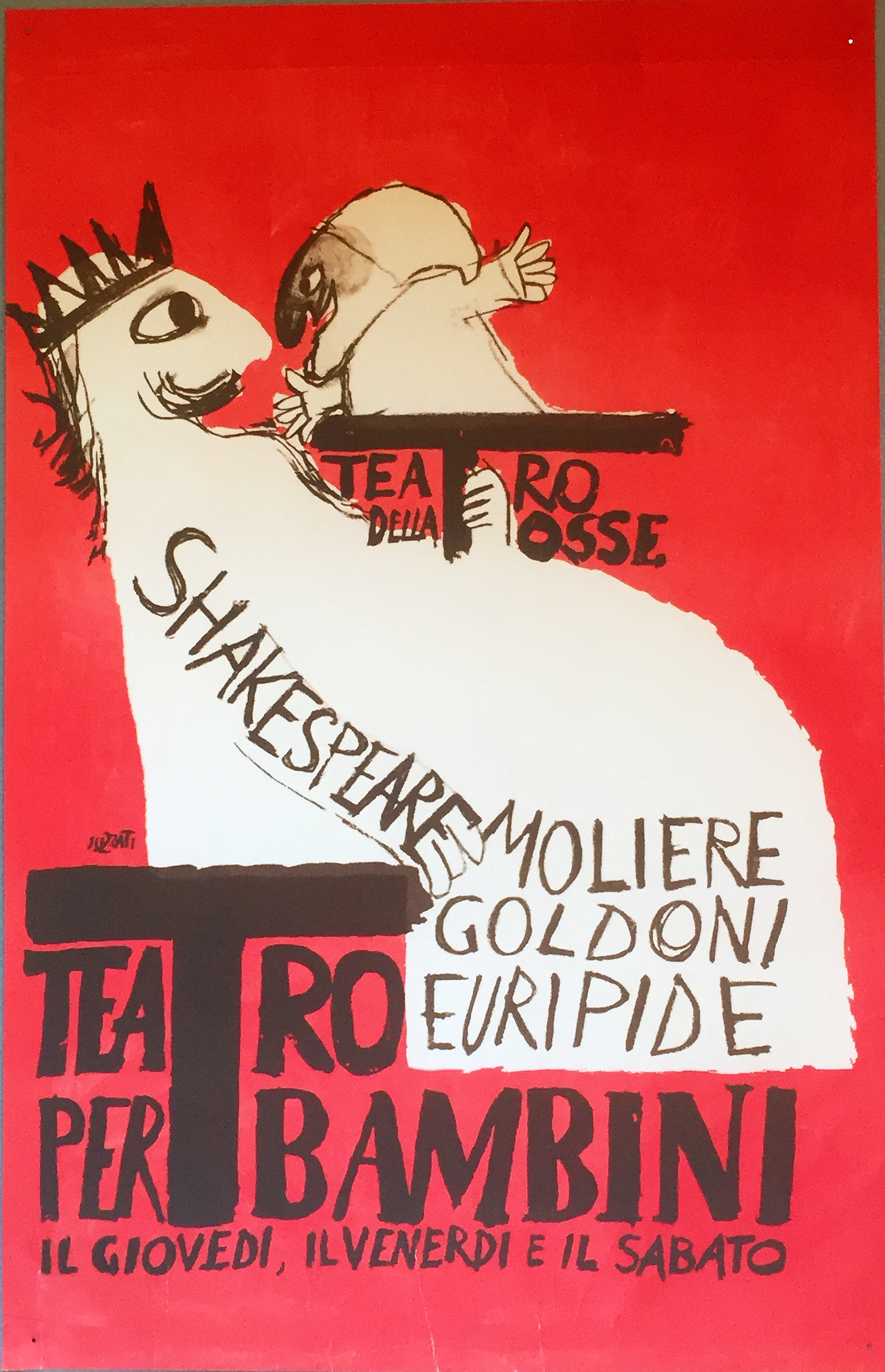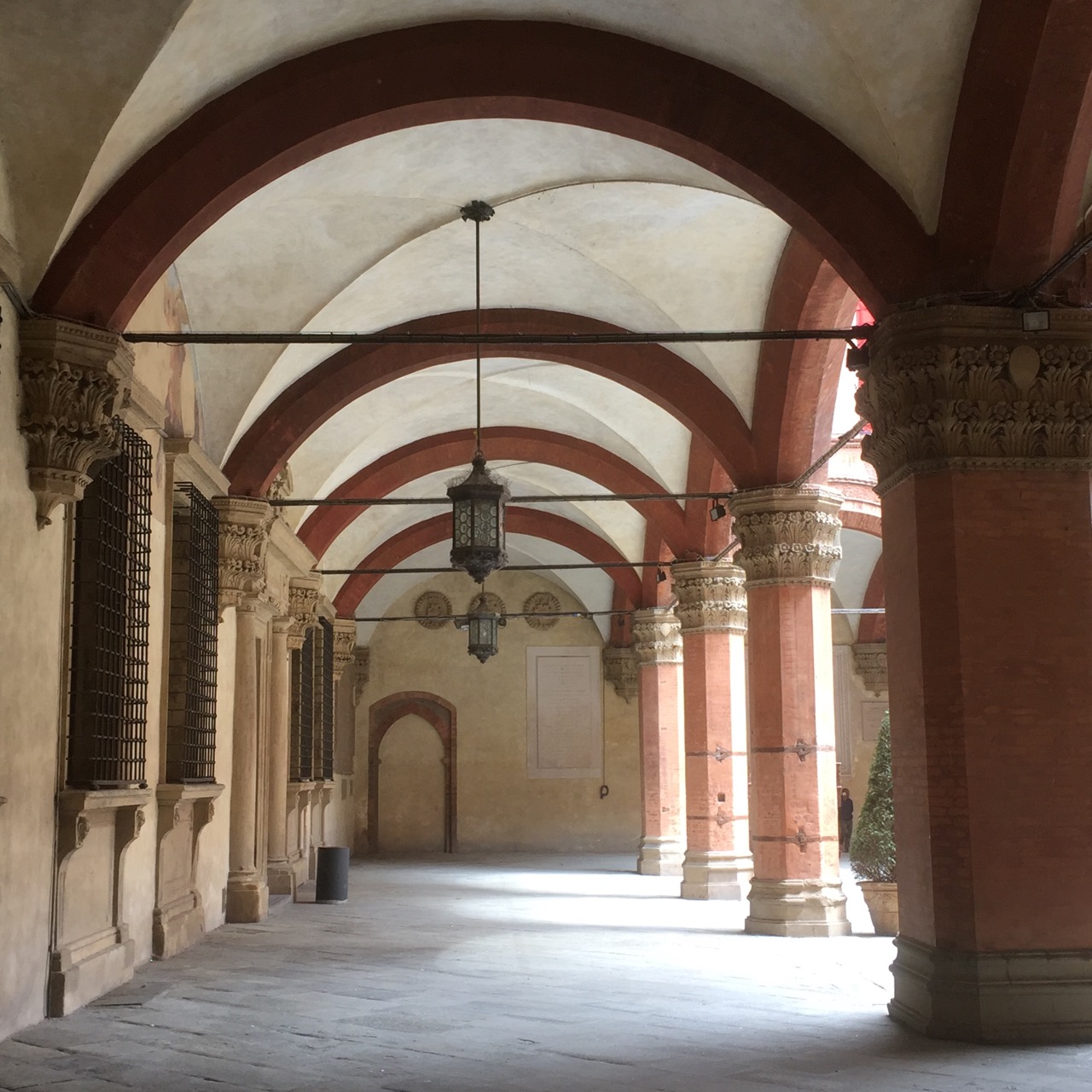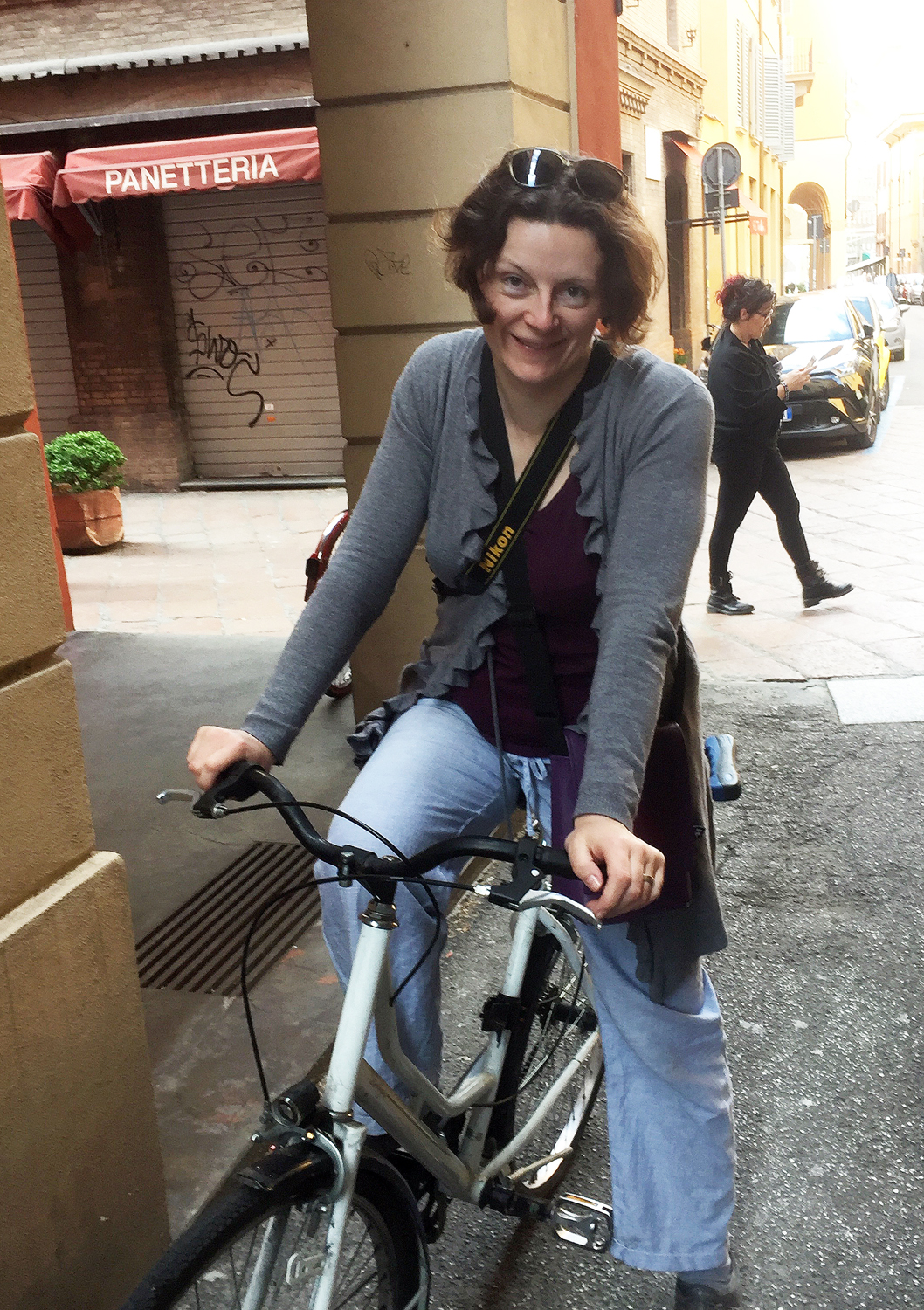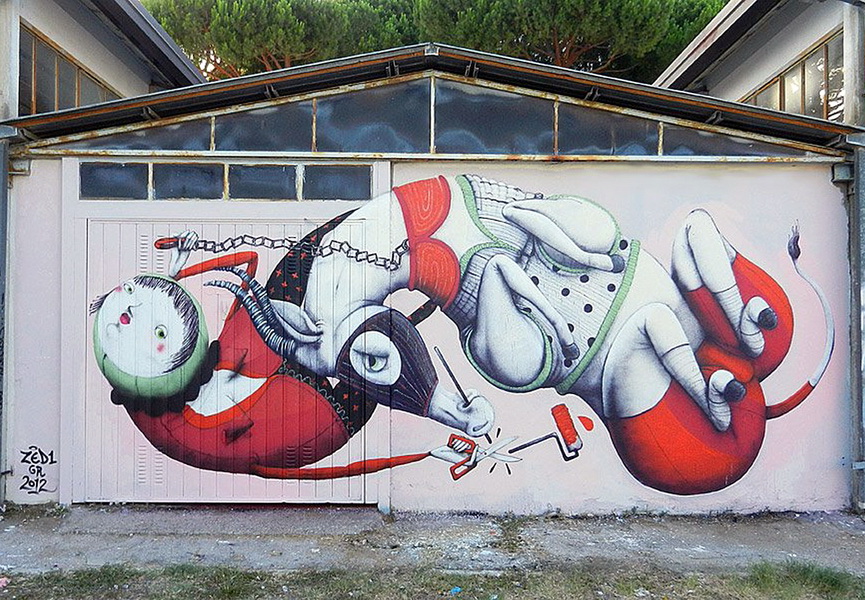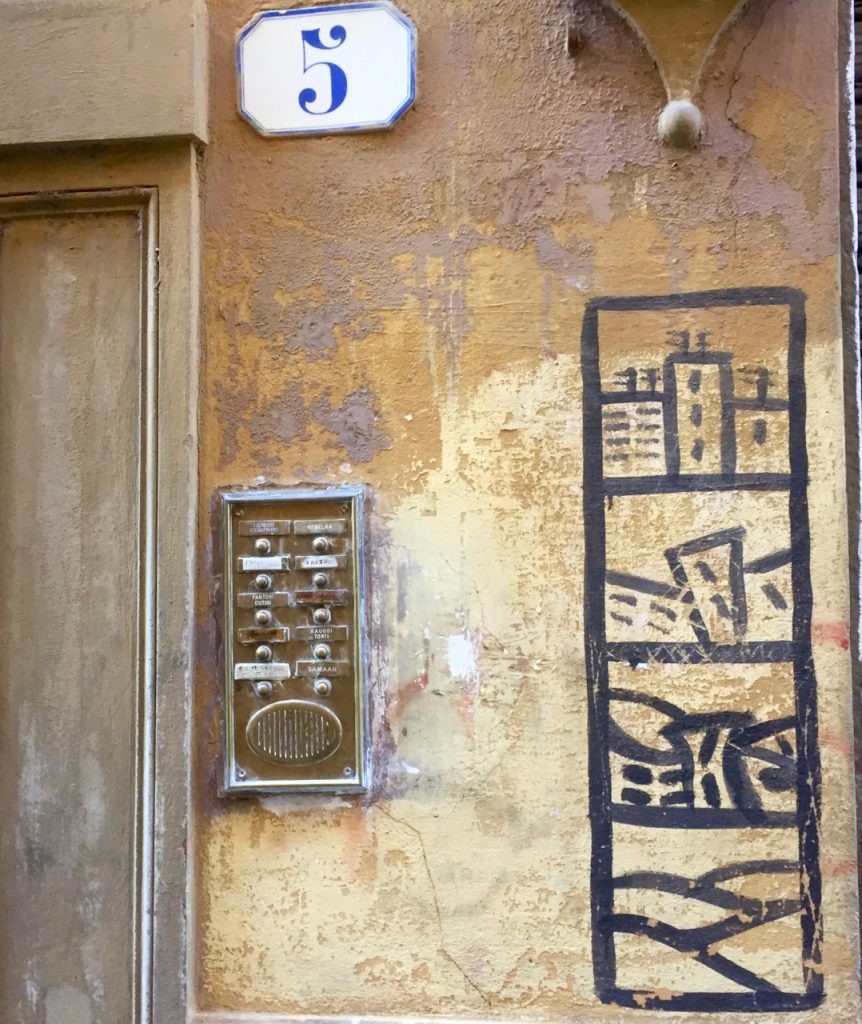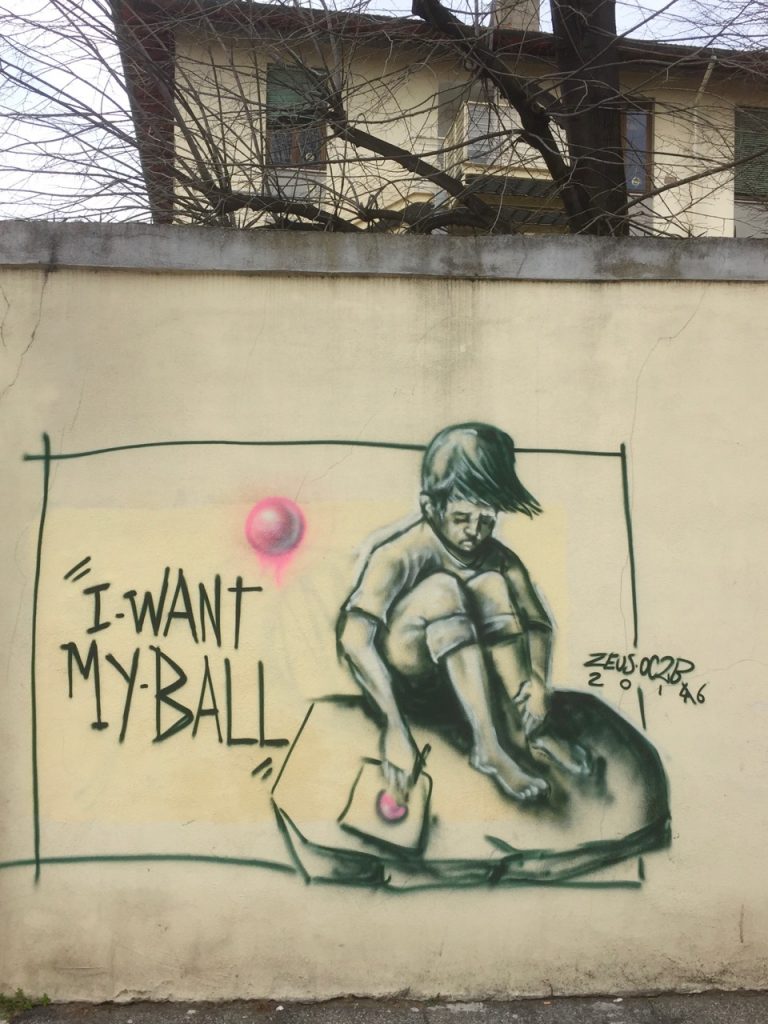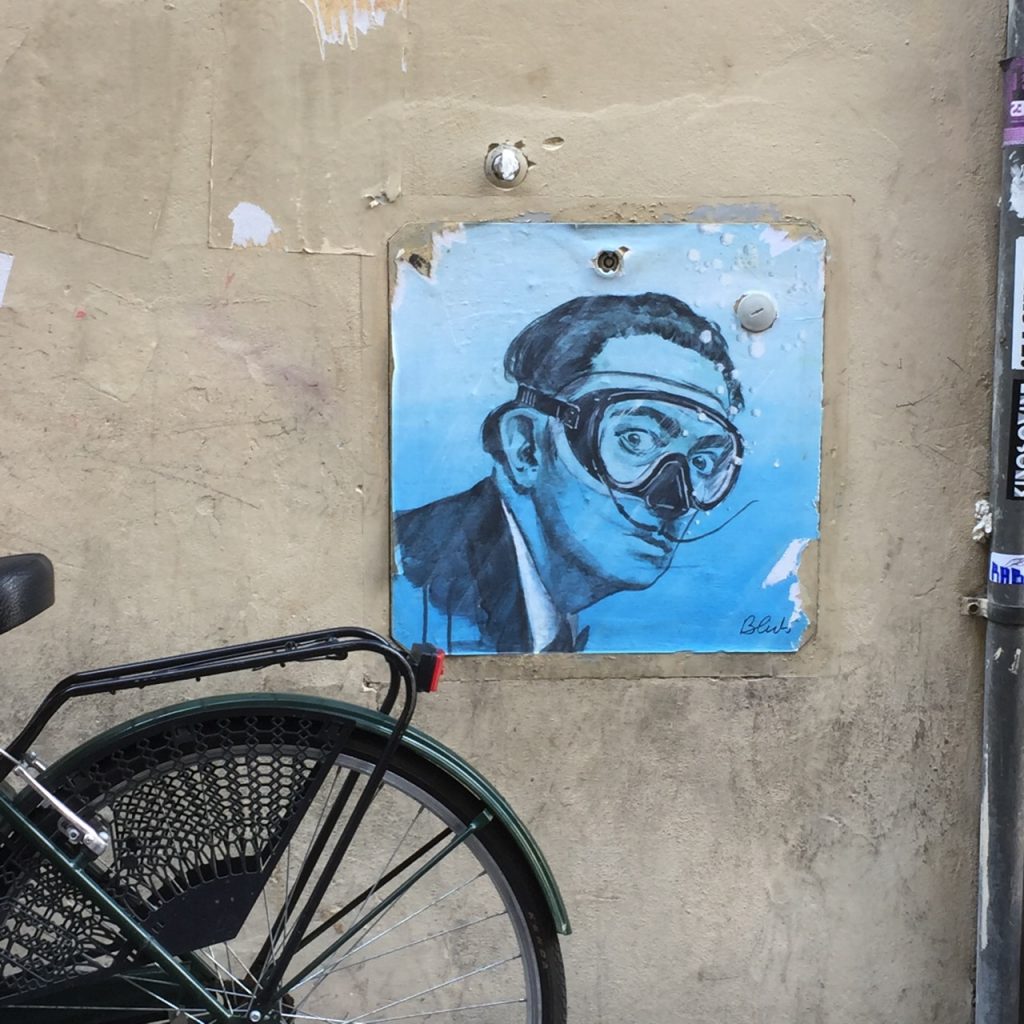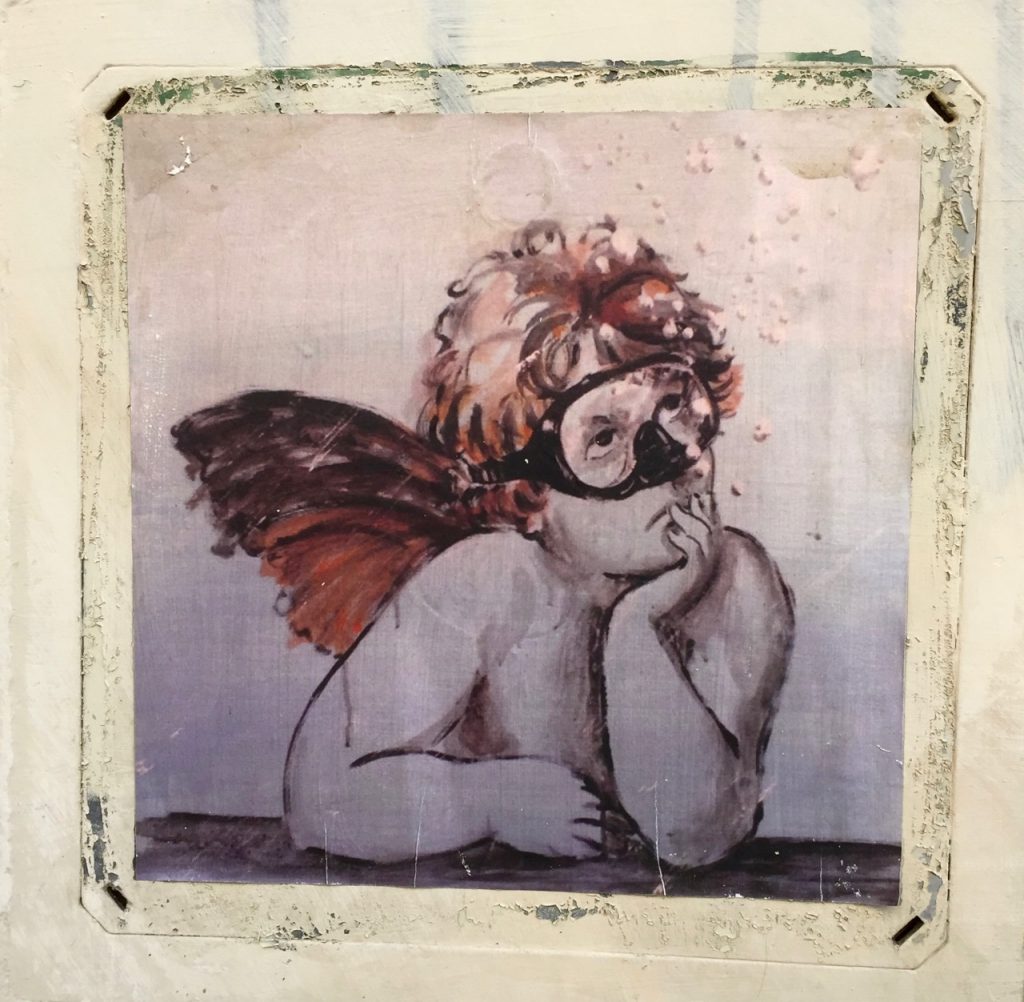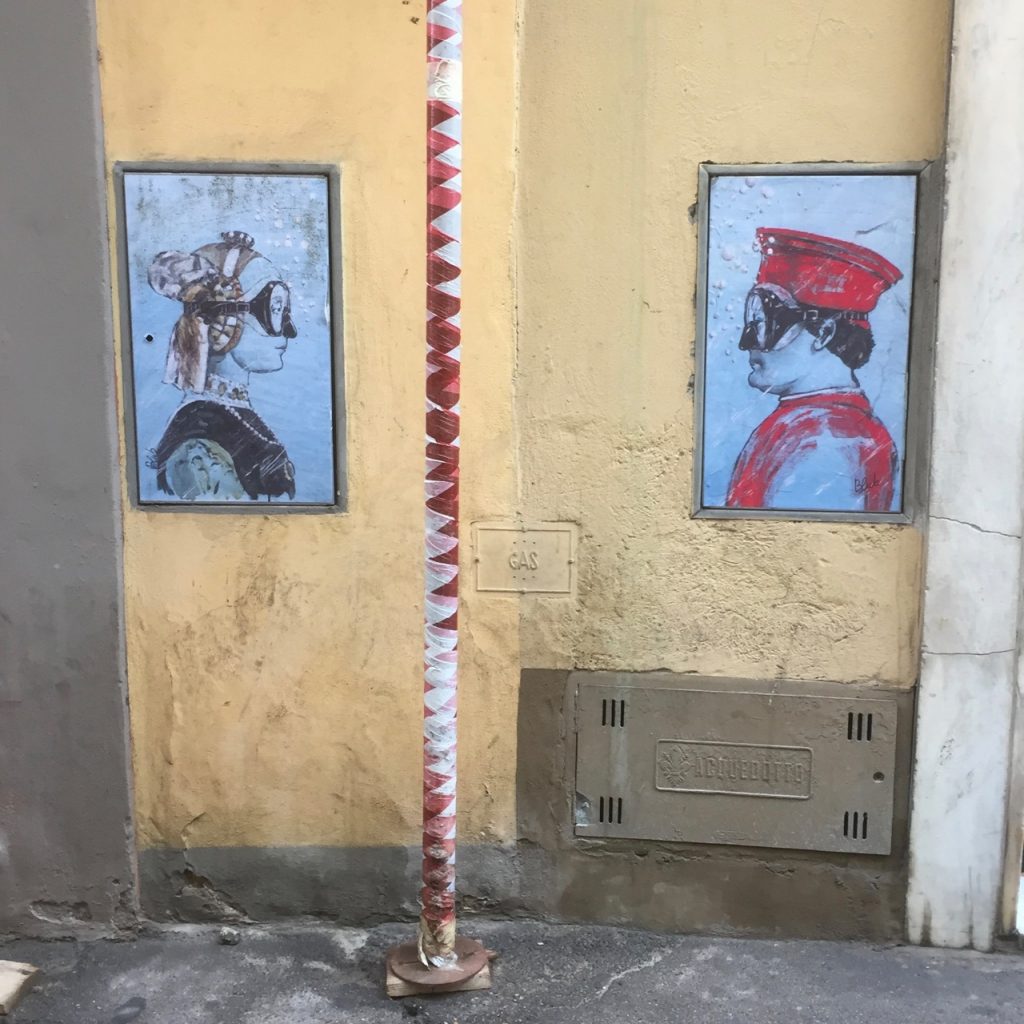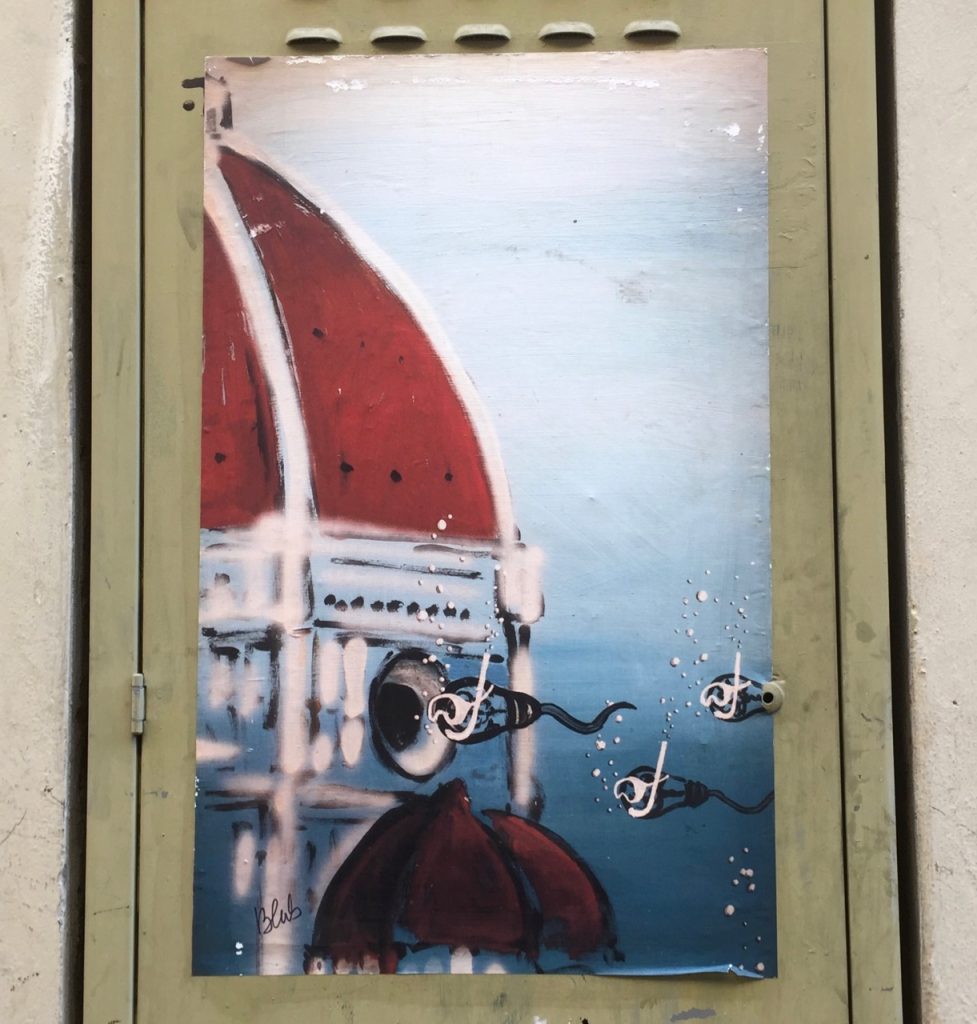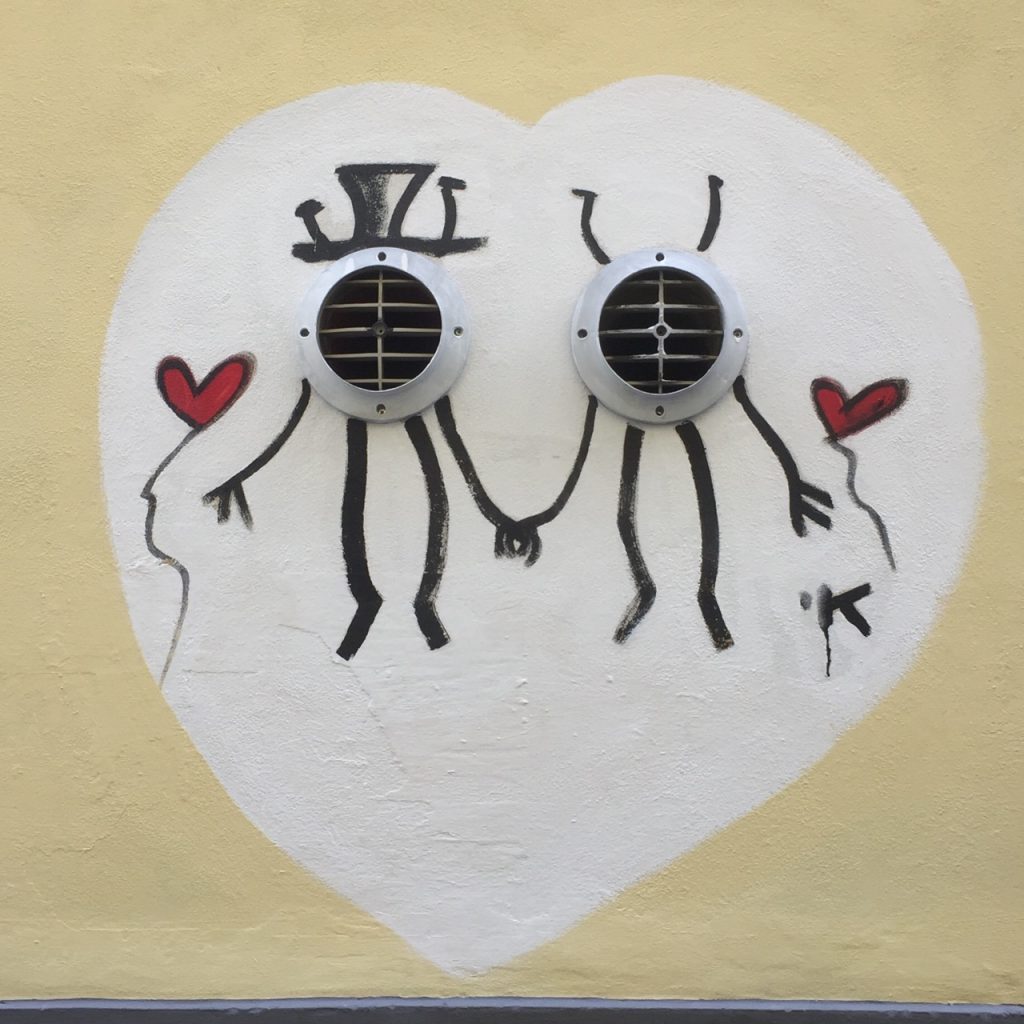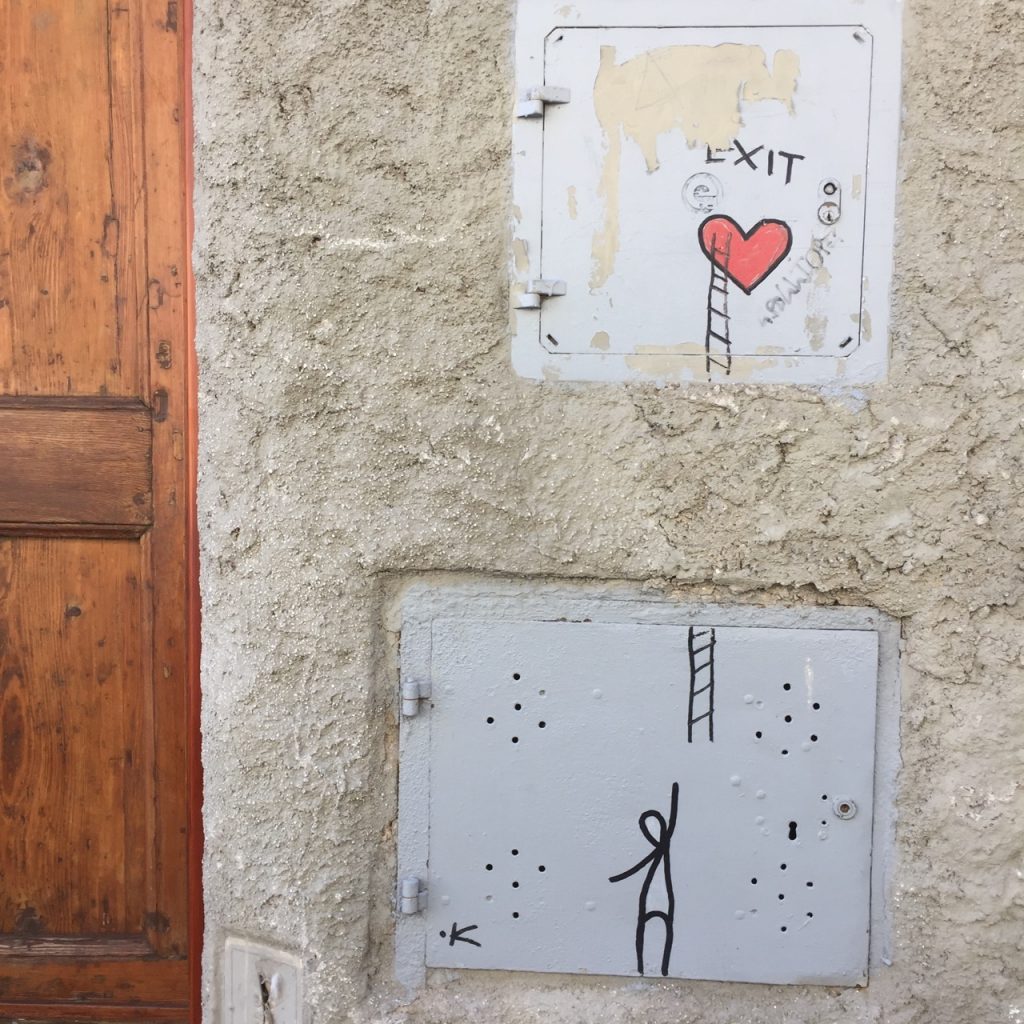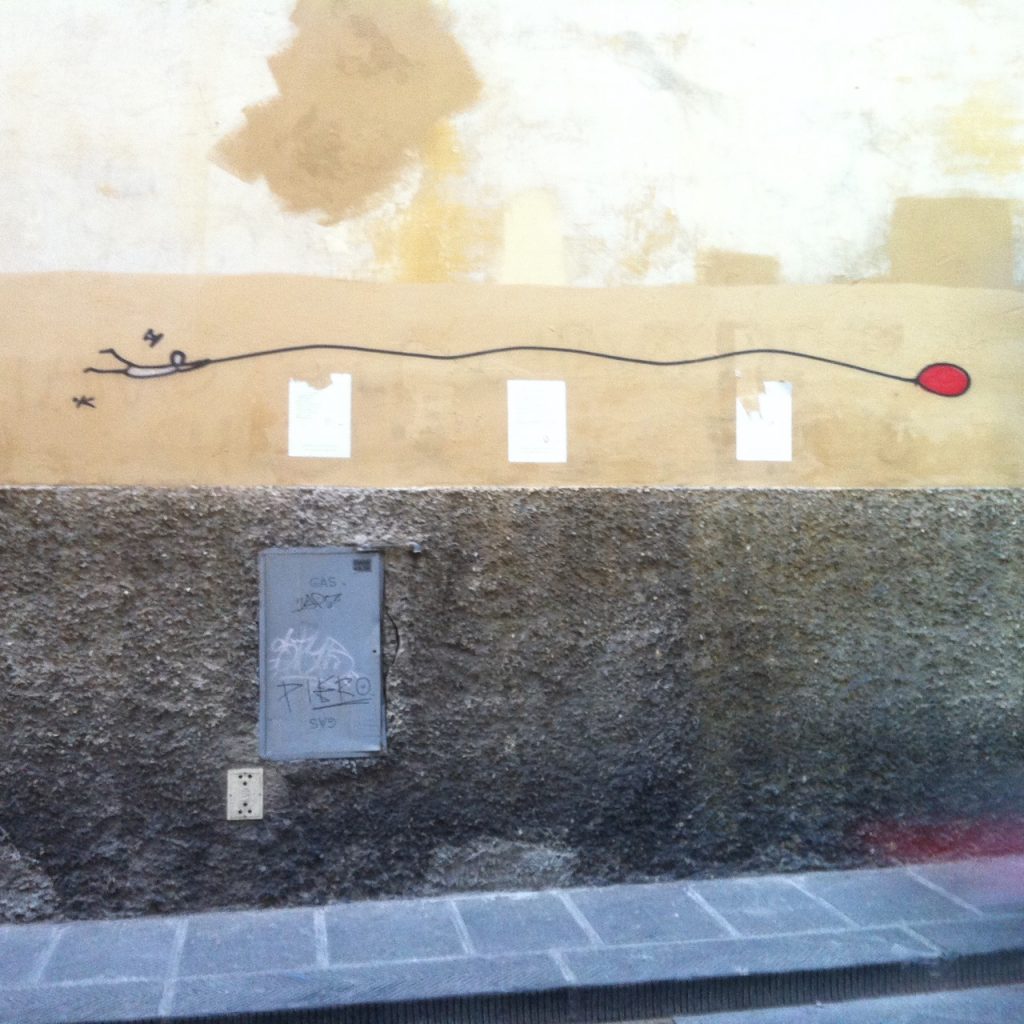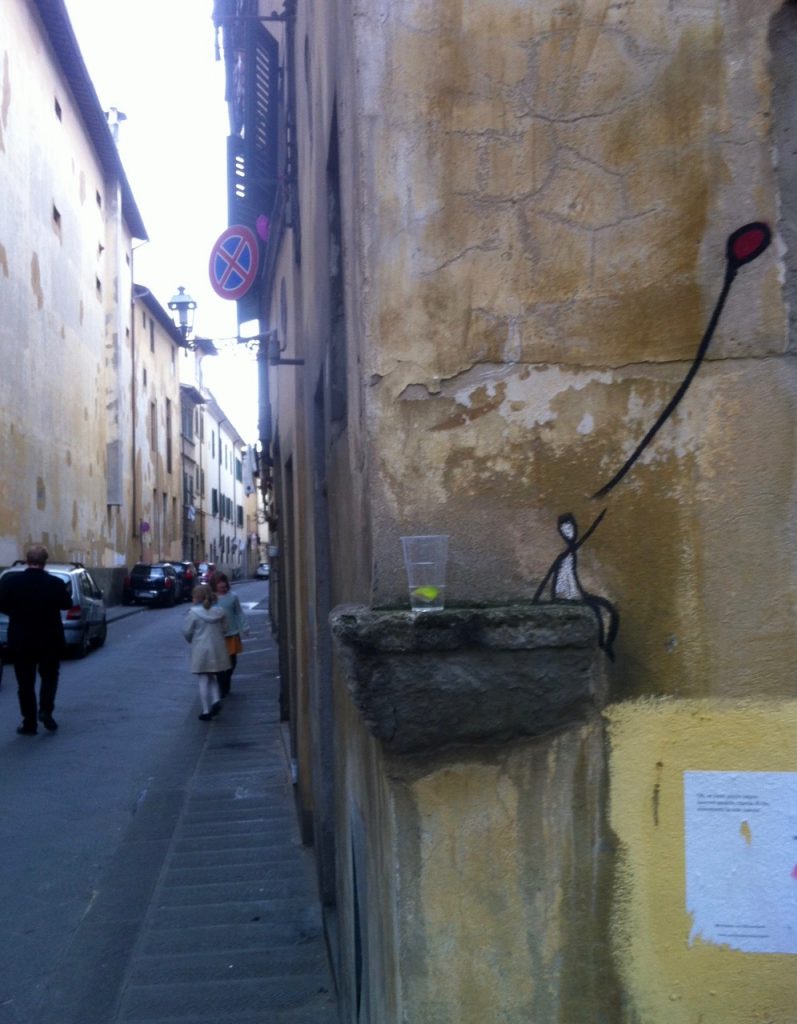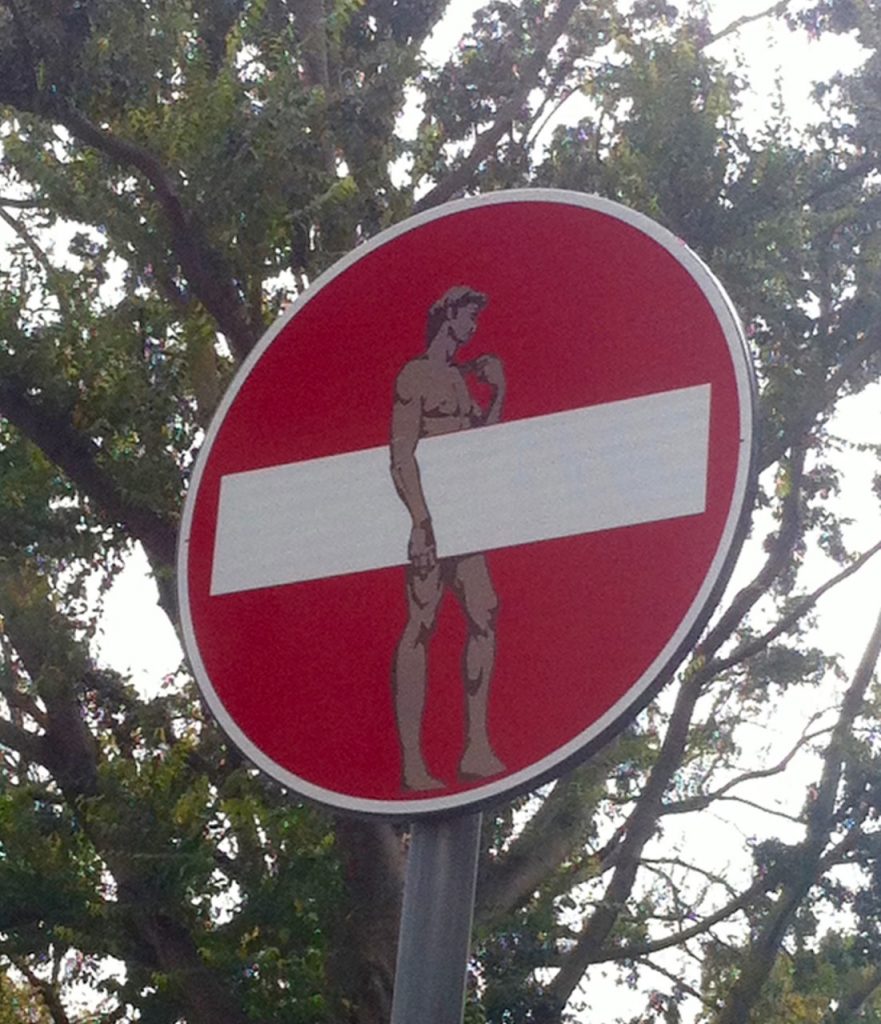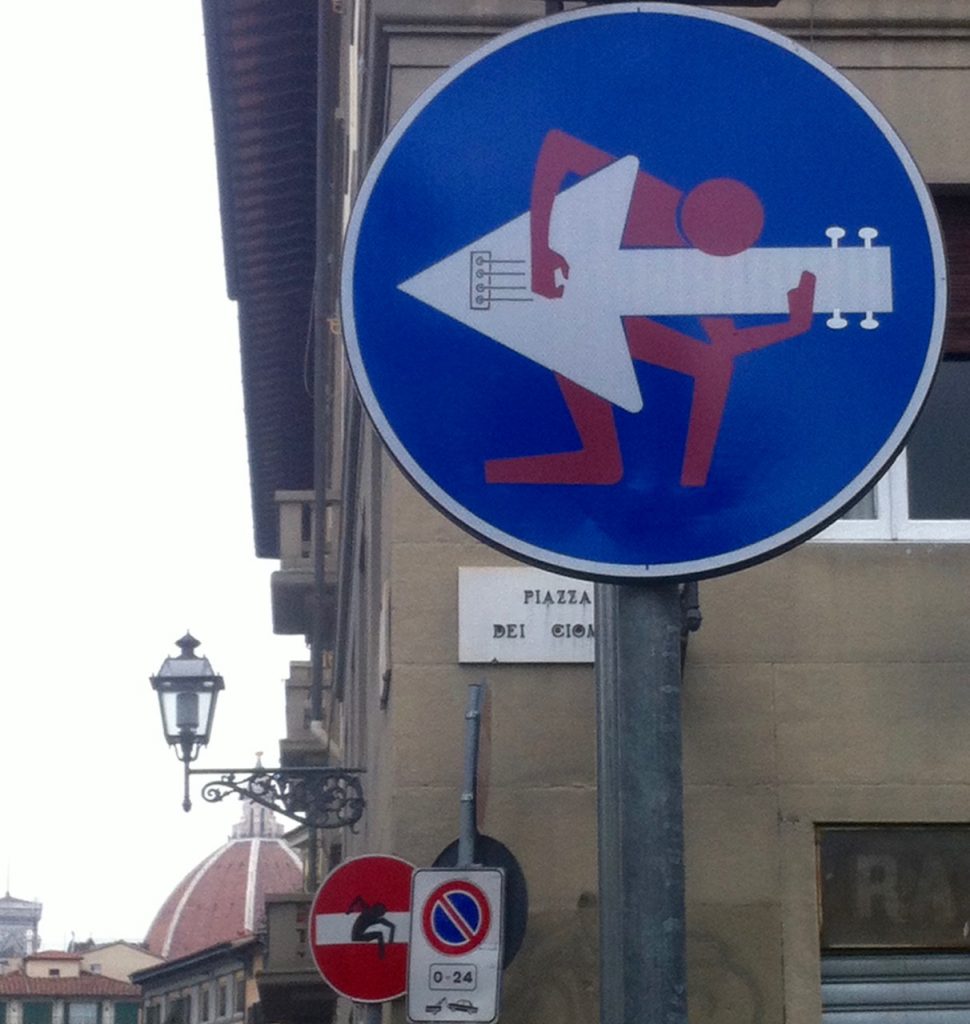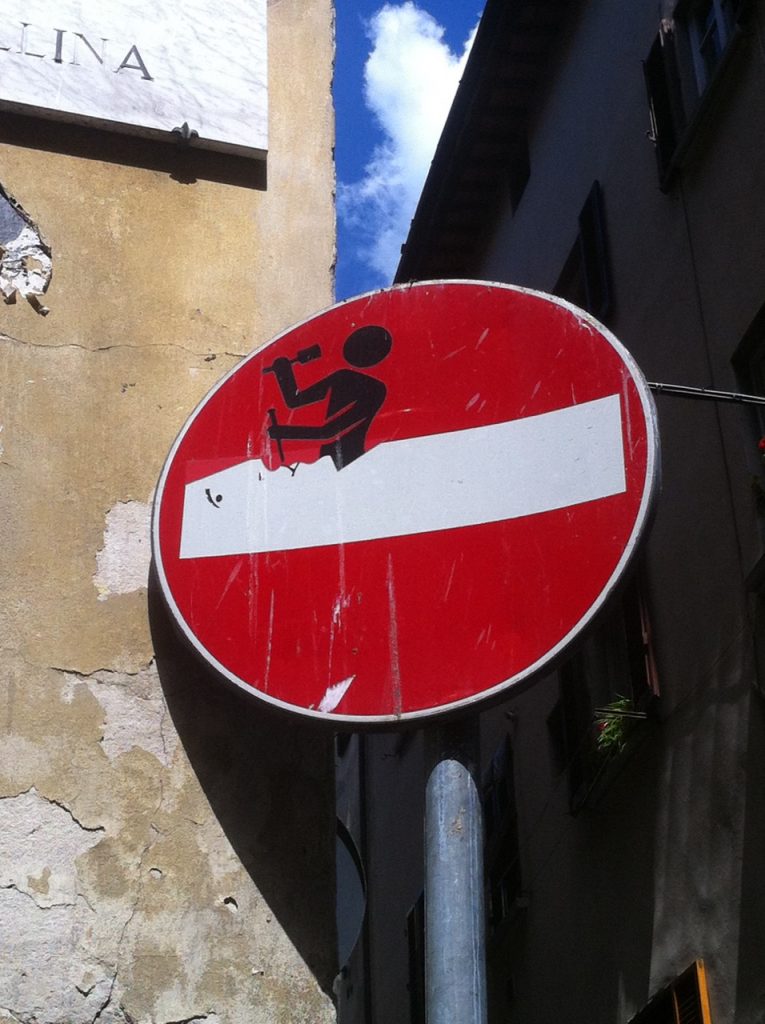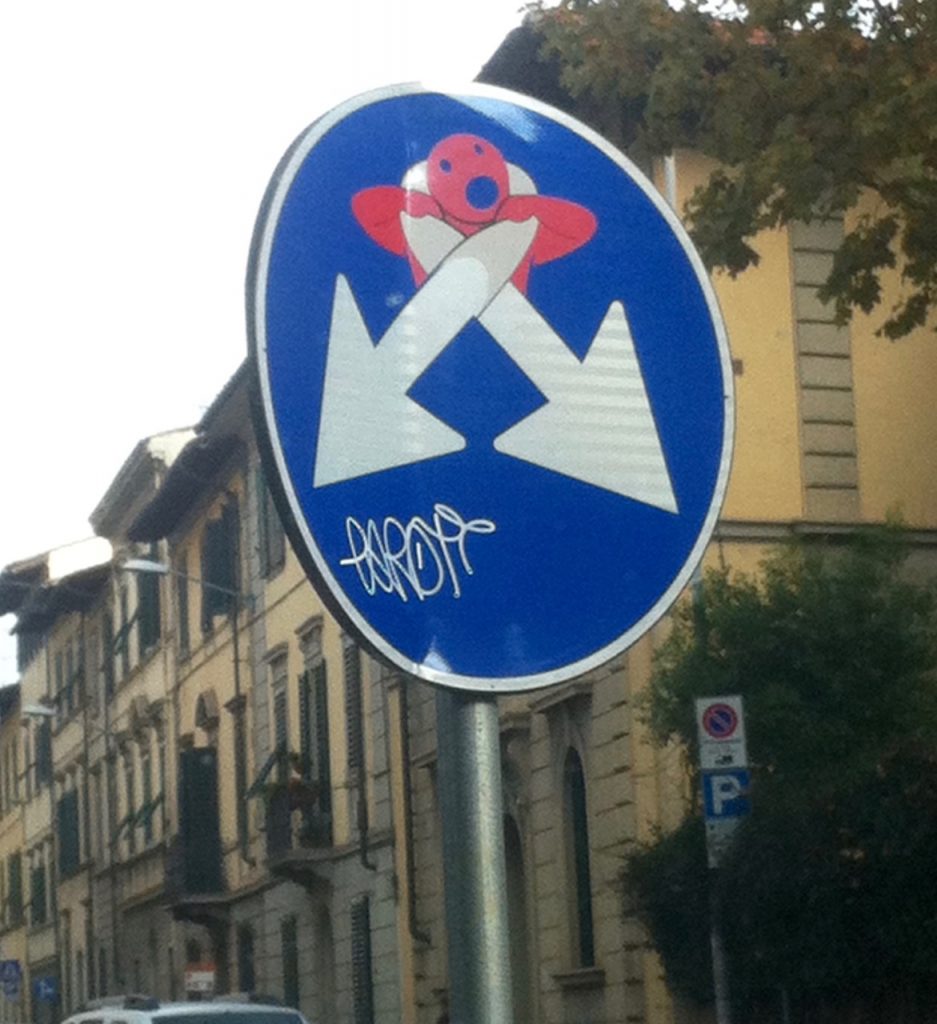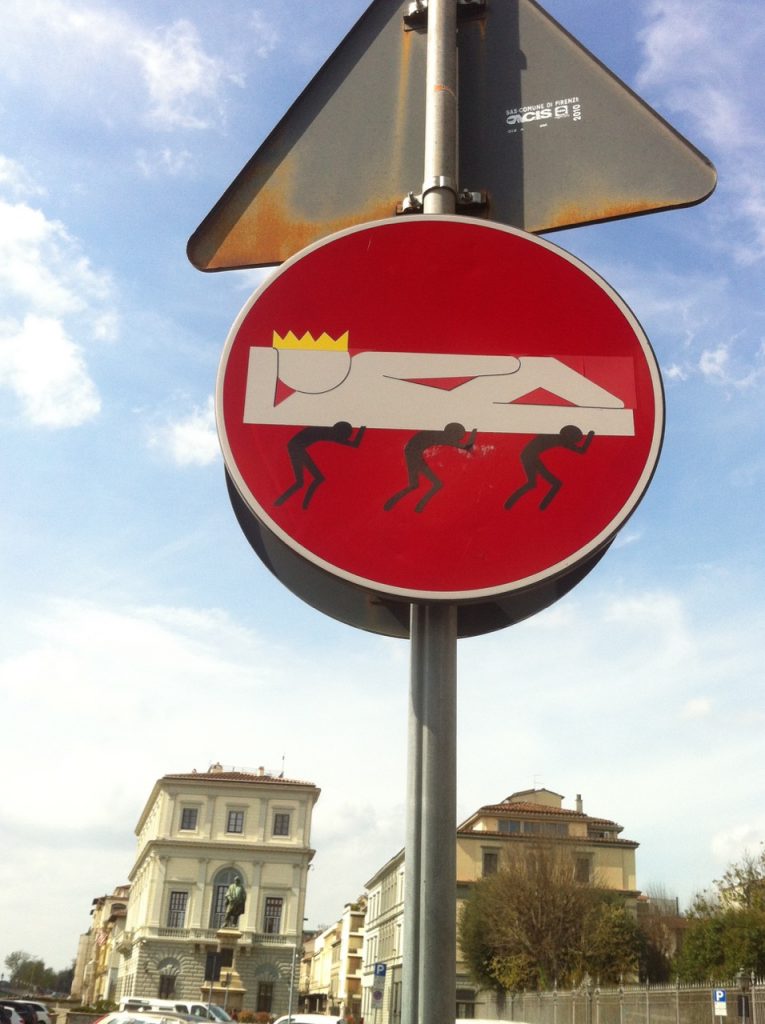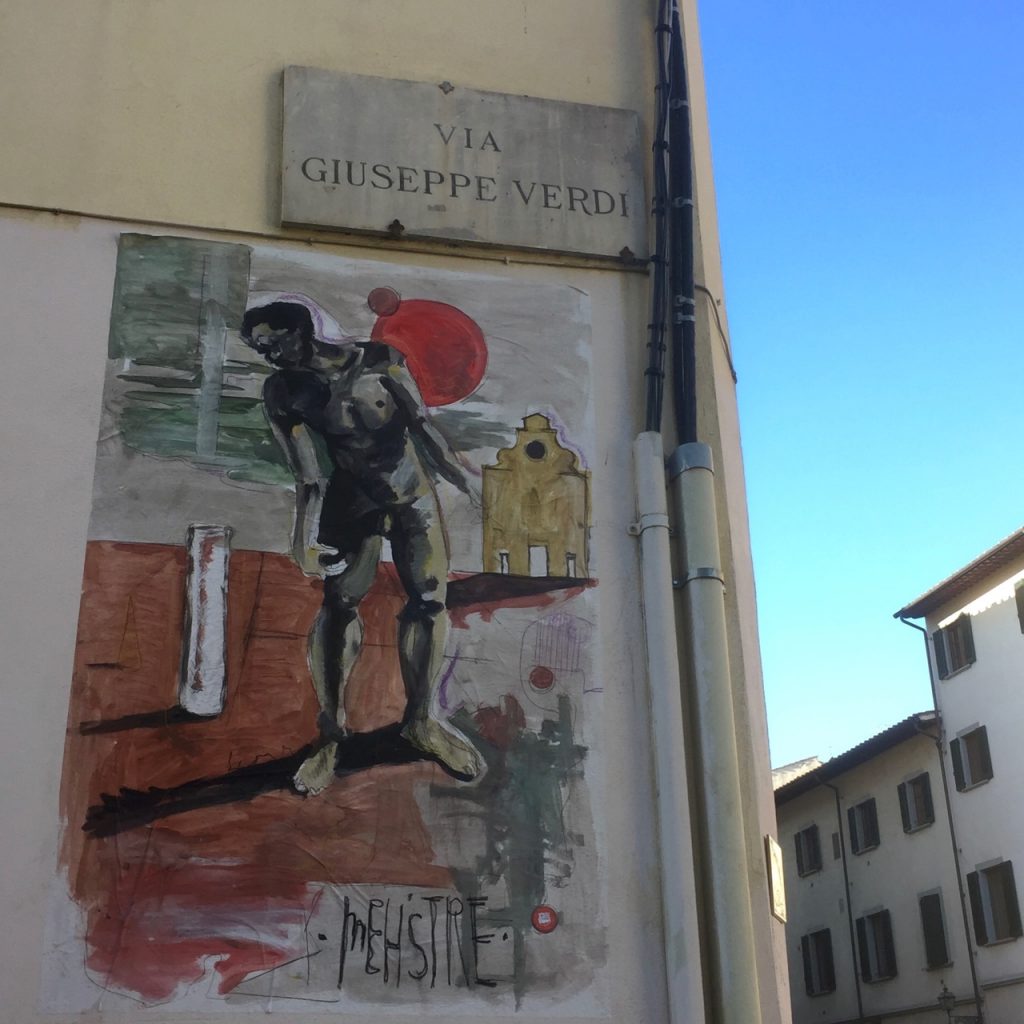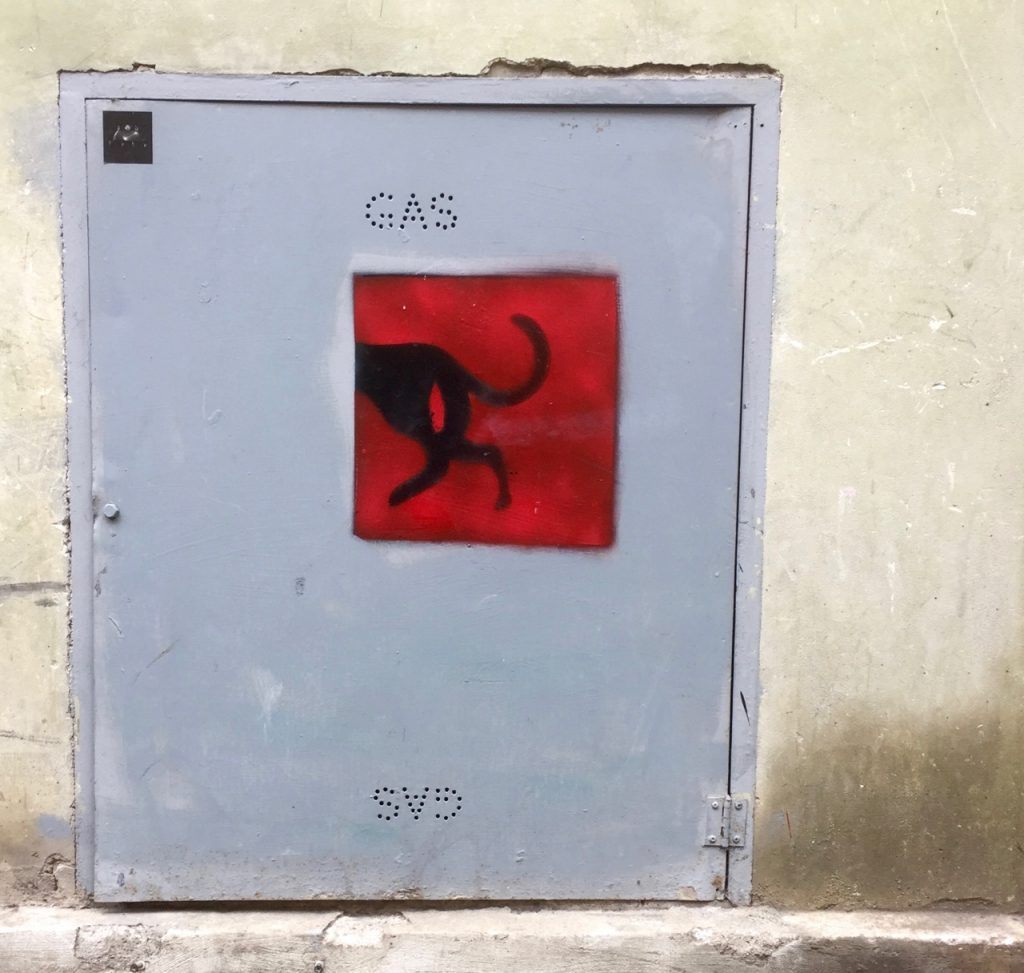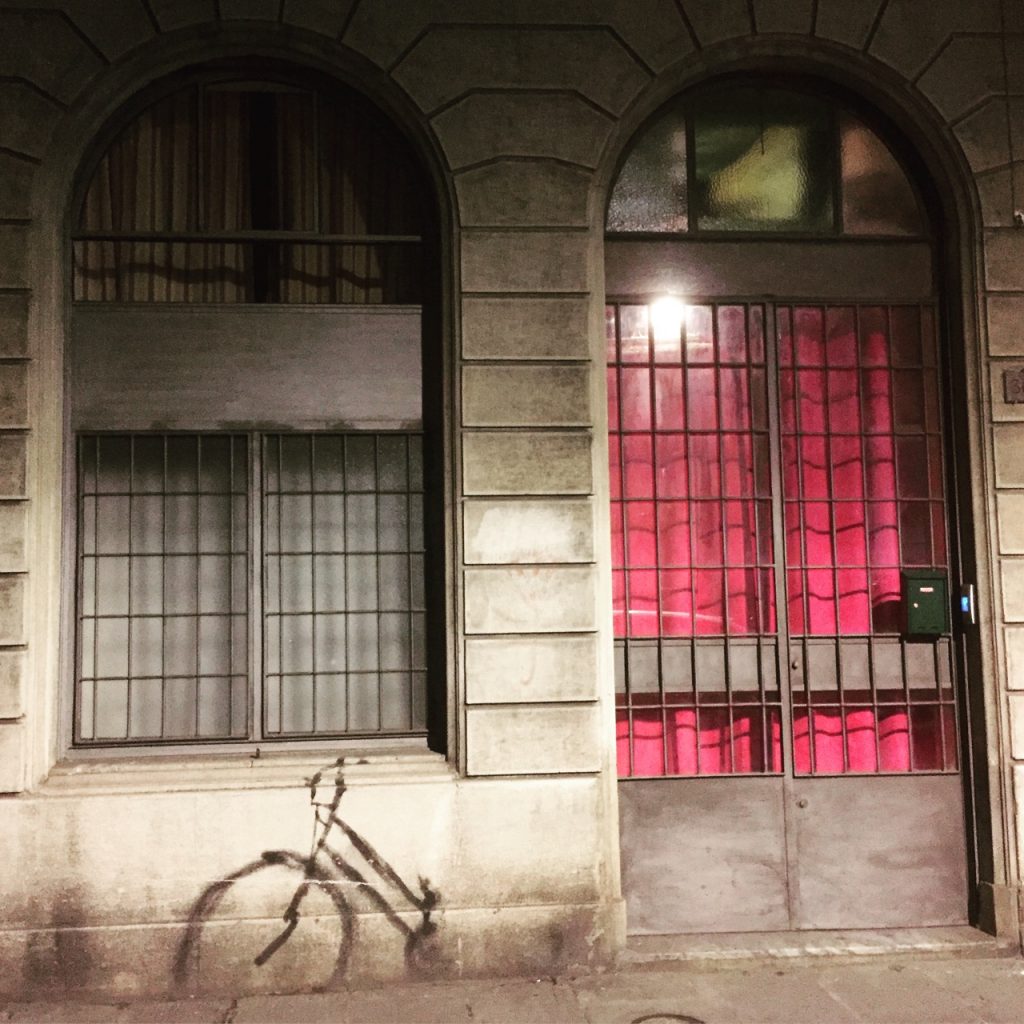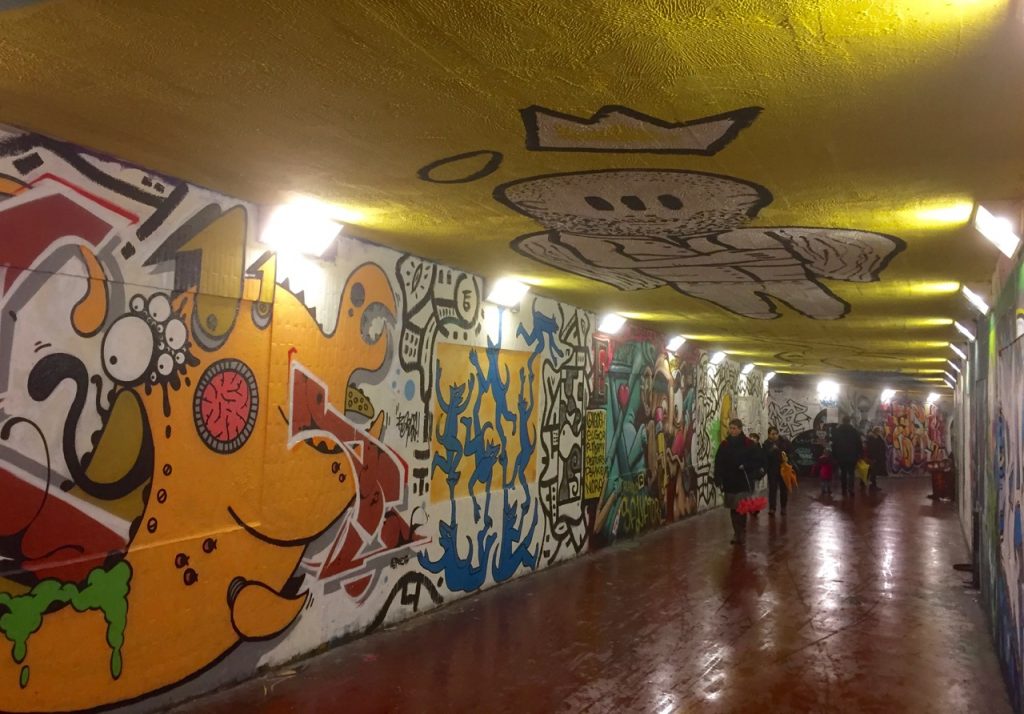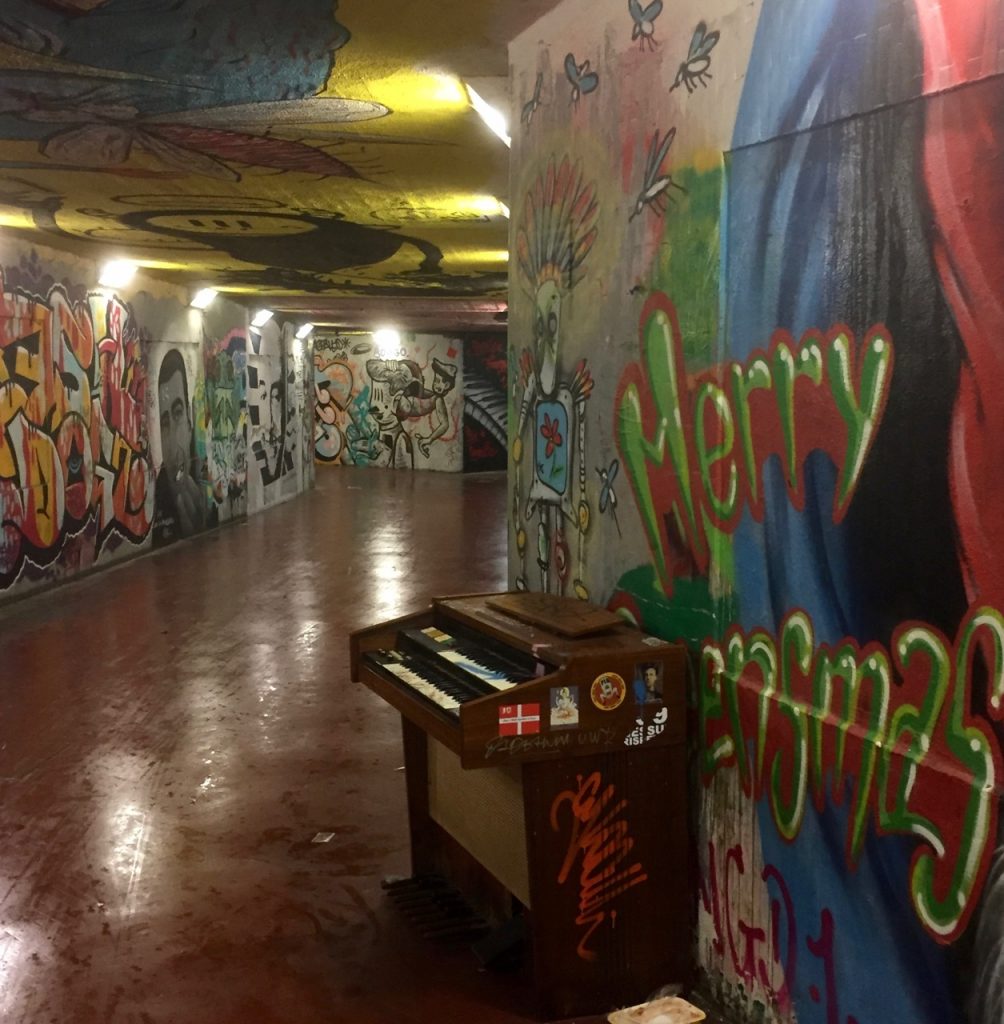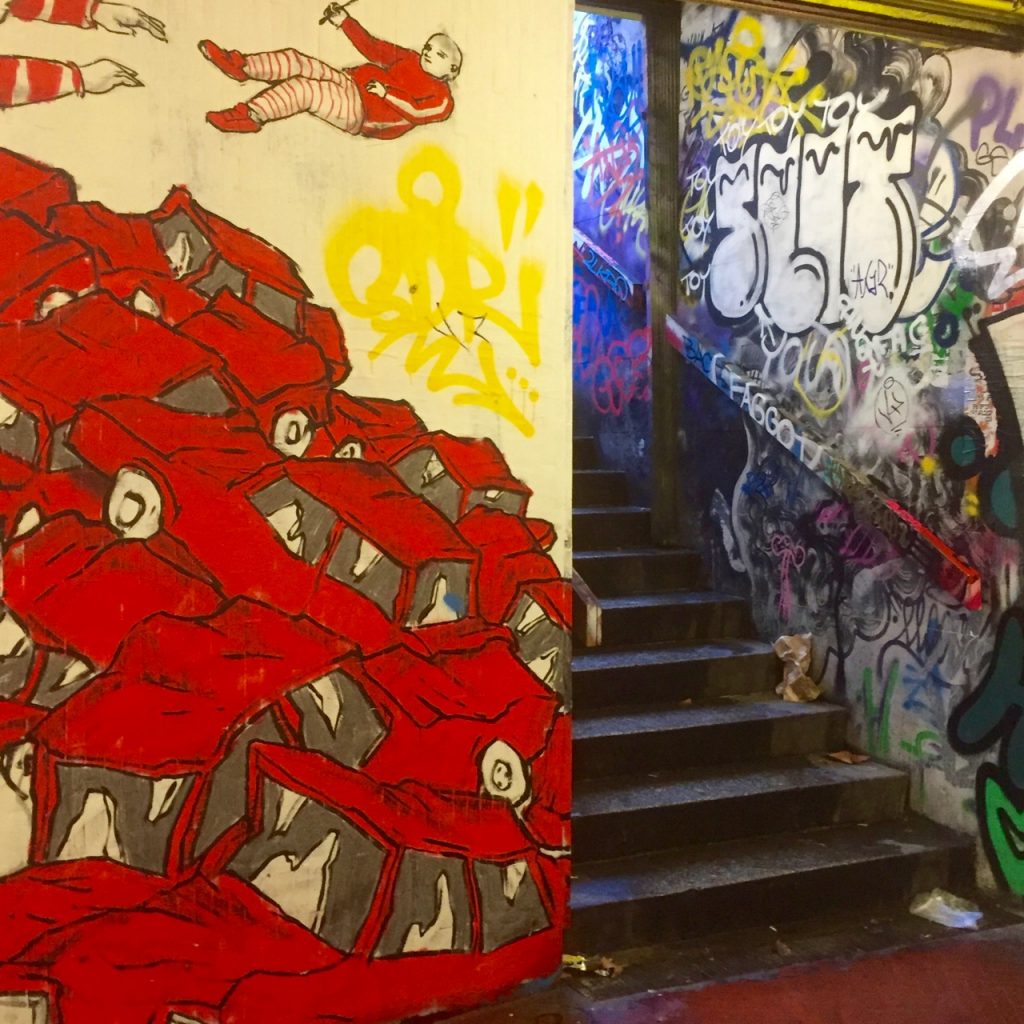It’s true – your children really can open your world a little wider. A treasure, to them, is often something you just never noticed before.
One recent Sunday, at a local Dublin market that has barely changed in decades, my daughter and I wandered into a bric-a-brac stand. Just the place where a 10-year-old might find some pocket-money-sized treasure.
She dug into a box of old coins, becoming more excited the deeper she got, the rustier her fingers. Settling on a handful of coins, the kind owner let her have them for nothing: “I’m actually happy to be rid of those”, he smiled.
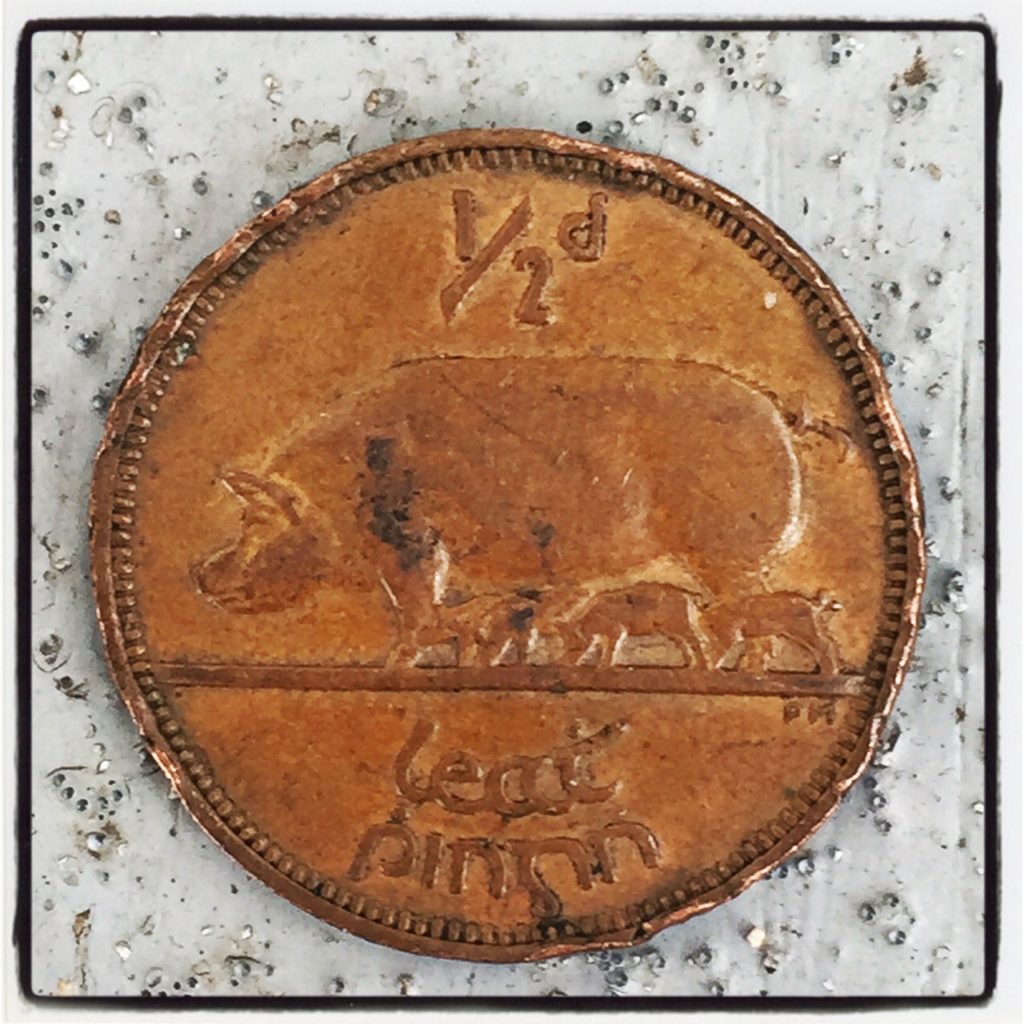
Her treasure – an old Irish penny and halfpenny – did not exactly glitter in her hand. But as she looked closely at them, so did I, amazed at their beautiful design and seeing properly for the first time the money my own mother would have handled as a child.
The ha’penny depicts a pig, or, rather, a sow. We looked closely at the little curly tails of the babies underneath their mum, a jumble of clumsy feet tottering together.
And the mother hen on the penny – what a piece of art she is, standing tall as she herds her little darlings entwined around her short legs. The Irish mammy as hen.
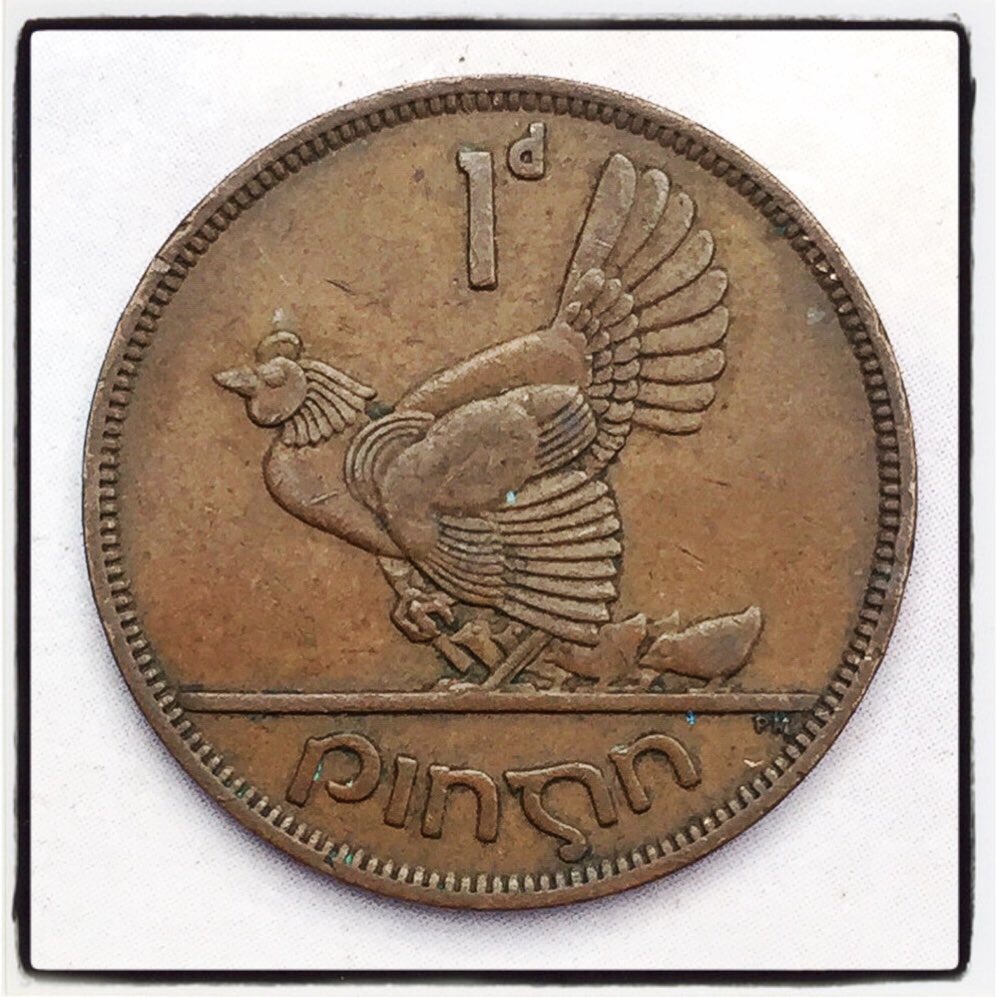
Back at home I search online for the story of these coins, so new to me, but so familiar to the entire country from the 1920s to 1971, the year that Ireland went decimal. This system of shillings, farthings and crowns that I never needed to get my head around.
And I’m amazed to learn that the coins were designed by an Englishman, a sculptor named Percy Metcalfe. He was chosen by a government committee set up in 1926 to develop a coinage for the brand new Irish Free State. The currency was to be pegged to Sterling. This made sense, seeing as 90% of our exports would go to Britain for decades to come, but we could at least make our coins look as unique as possible. The head of this coin committee was none other than poet-slash-Senator W.B.Yeats and it was he who pushed for choosing Irish animals; asking “what better symbols could we find for this horse riding, salmon fishing, cattle raising country?“
The committee had three conditions for the coins’ design. They should have a harp on one side, an inscription in Irish, and include no depictions of modern persons.
The lowliest coins, and presumably the ones most commonly used, show the sow of the ha’penny and hen of the penny, with an elegant woodcock on the farthing.
The choice of something as domestic as a hen was deliberate. The committee felt it would appeal to farmers, and particularly to their “wives and daughters”.
As the coins increase in value, so too does their male-ness. There’s the upstanding hare on the threepence (or, thru’penny bit), the magnificent wolfhound of the sixpence and on up to the shilling’s quasi-mythical bull.
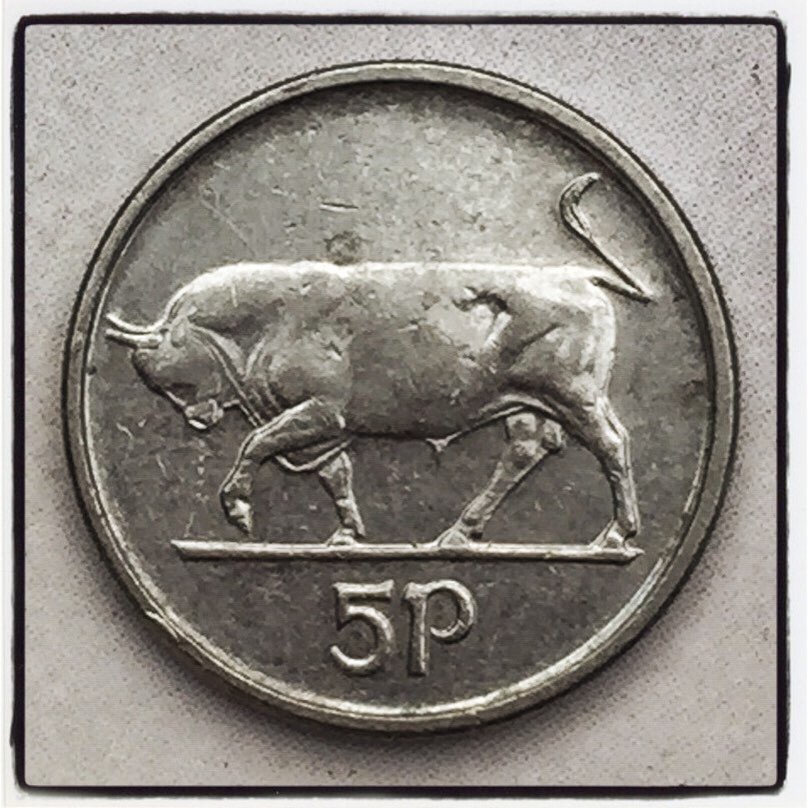
The two-shilling (or florin) has a wise-looking salmon, but lording over all these creatures is the royal Irish beast, the horse on the half-crown. Most impressive of all, is the rare 10-shilling, a piece that depicts the death of Cu Chulainn – the ultimate meeting of animal, man and myth; Irish-style.
The new Irish coins appeared in 1928 and were a hit (as much as anything ever is in Ireland).
Maud Gonne was not a fan and declared that “the coins were entirely suitable for the Free State: designed by an Englishman, minted in England, representative of English values, paid for by the Irish people”.
The choice of harp on the obverse was quite revolutionary, being something of a snub to the monarch’s head which was depicted on all other Commonwealth coins. But an even bigger deal for many in Ireland was the lack of any Christian symbol. Some on the committee felt that any religious symbol might annoy the Ulster Unionists or, at the very least, turn the coins into religious medals instead of public tender.
That didn’t stop one anonymous critic (probably a priest, according to the Irish Independent) declaring:
If these pagan symbols once get a hold, then is the thin edge of the wedge of Freemasonry sunk into the very life of our Catholicity, for the sole object of having these pagan symbols instead of religious emblems on our coins is to wipe out all traces of religion from our minds, to forget the ‘land of saints,’ and beget a land of devil-worshippers, where evil may reign supreme
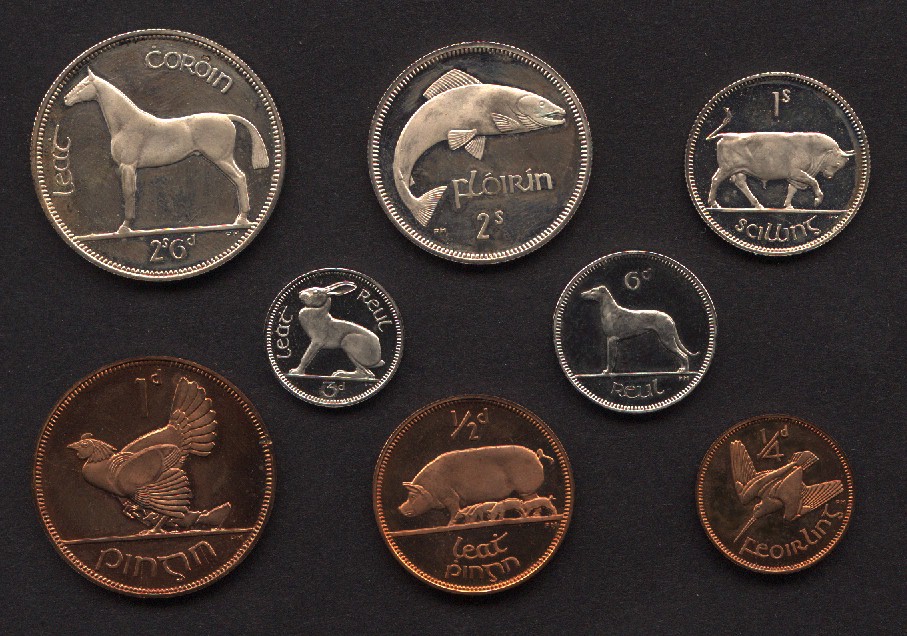
Our own penny and ha’penny treasures now sit, with all their
history, in my
daughter’s collection of kopecs and francs,
crowns and toonies. I hope that she will manage to keep them safe and share them
with her own daughter one day.







